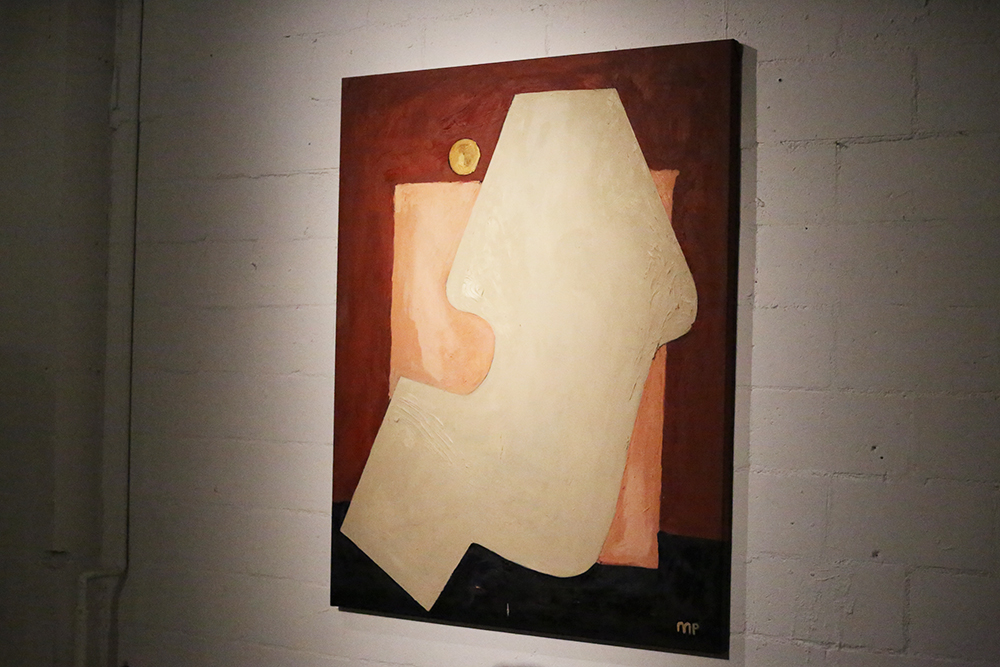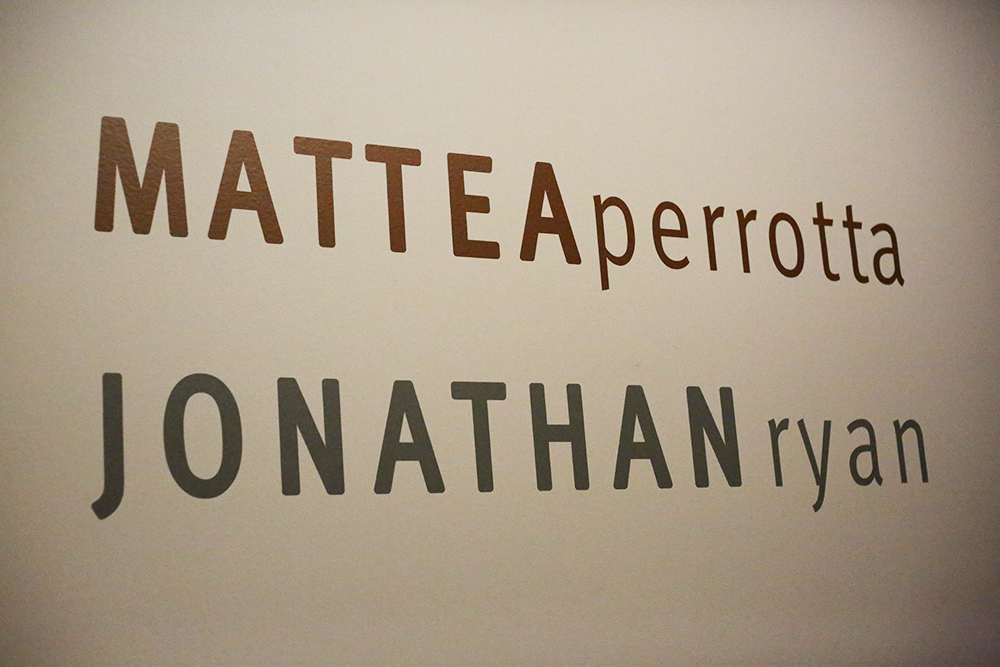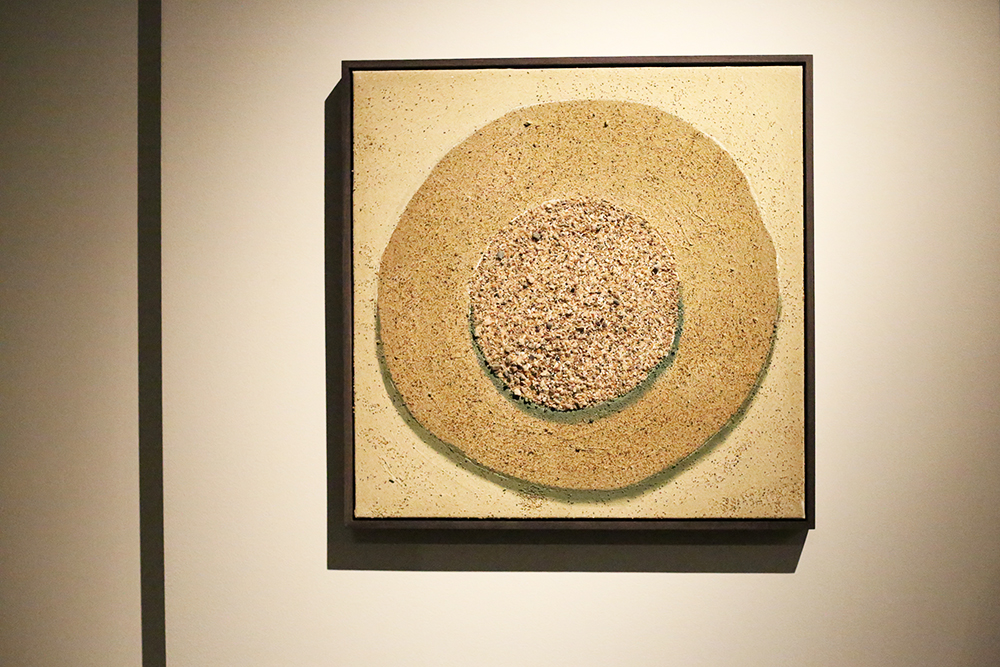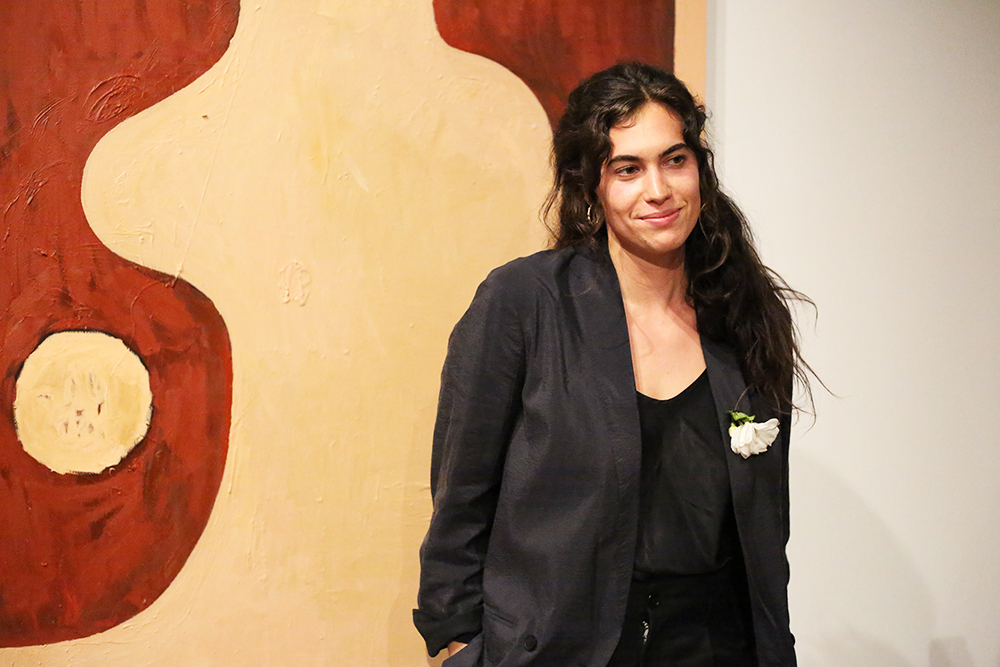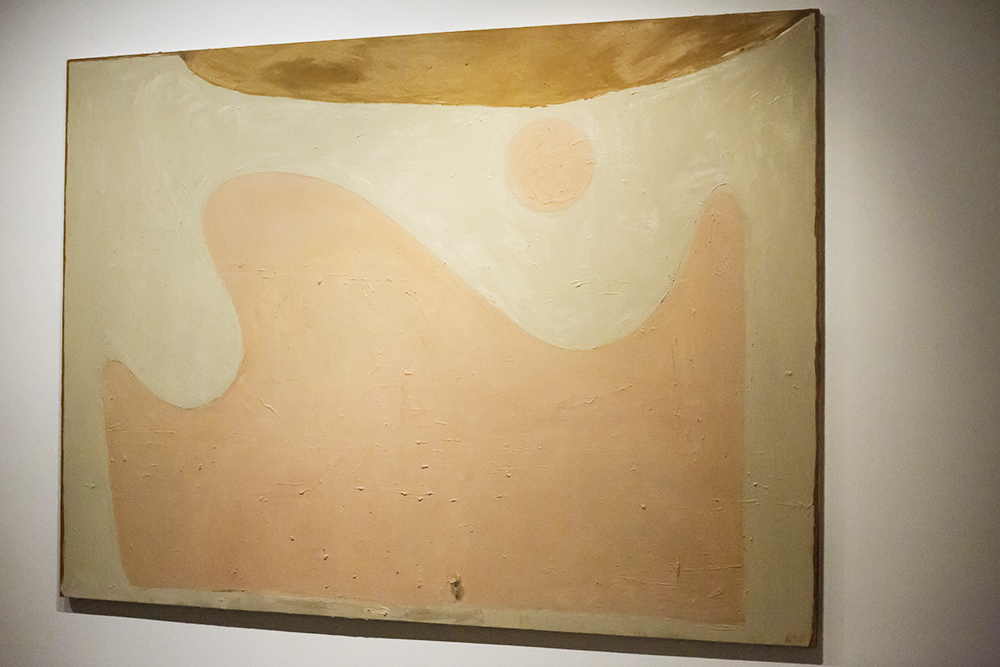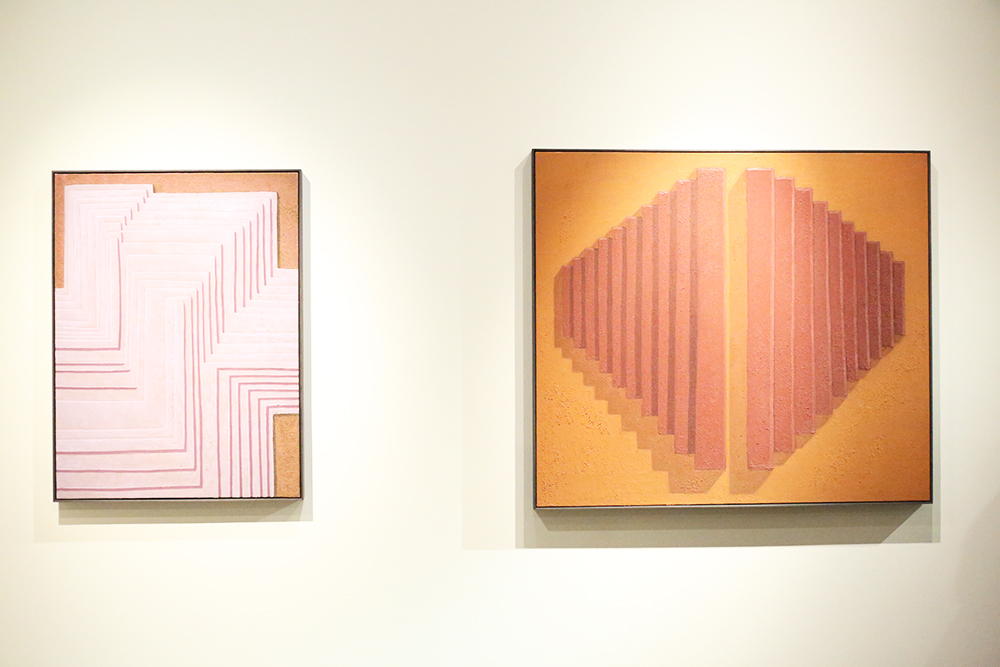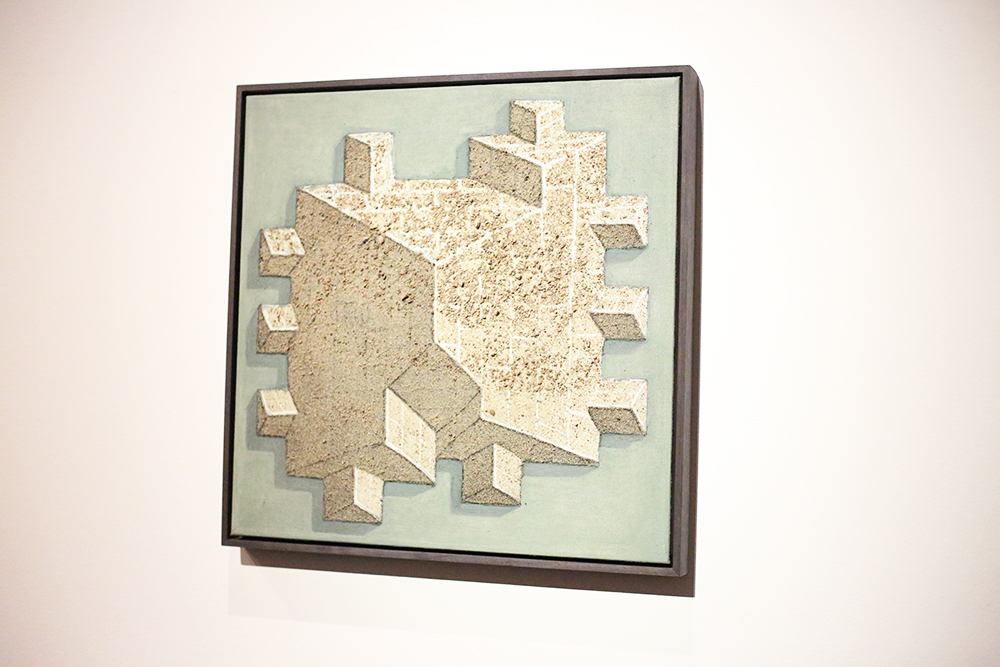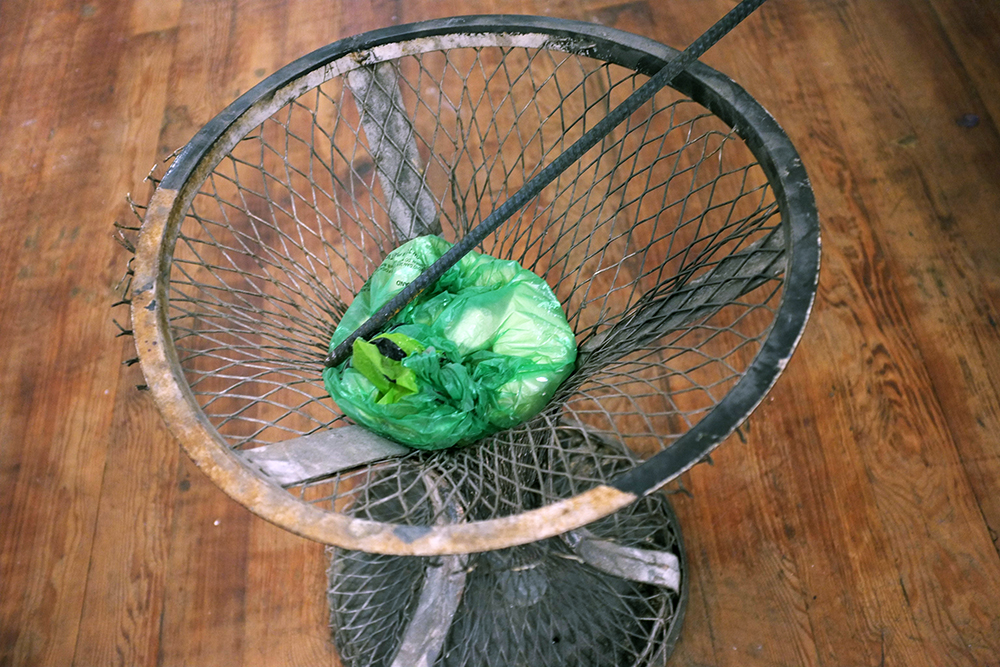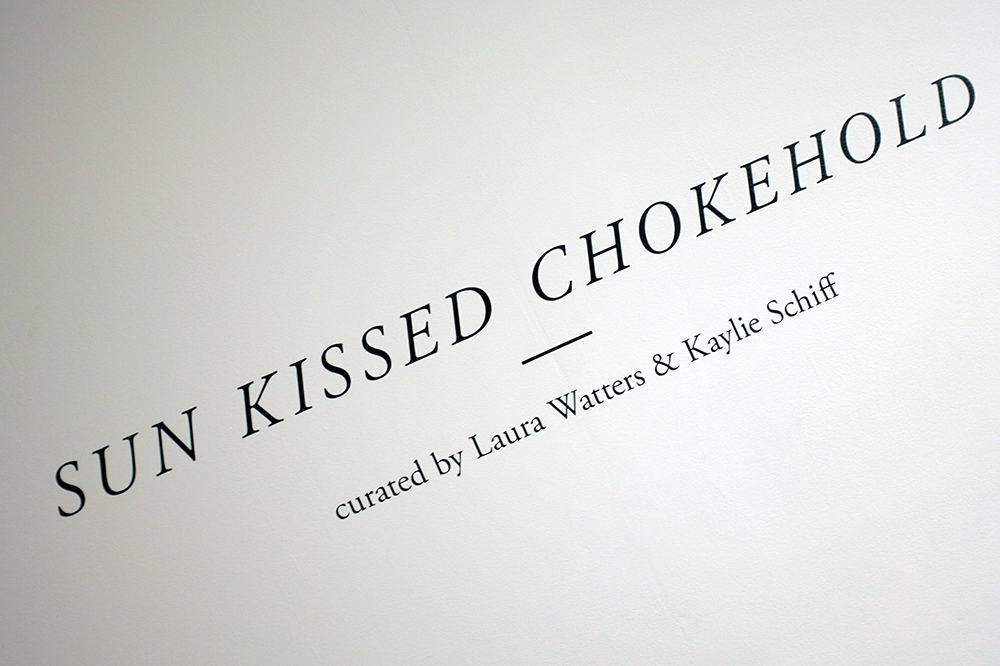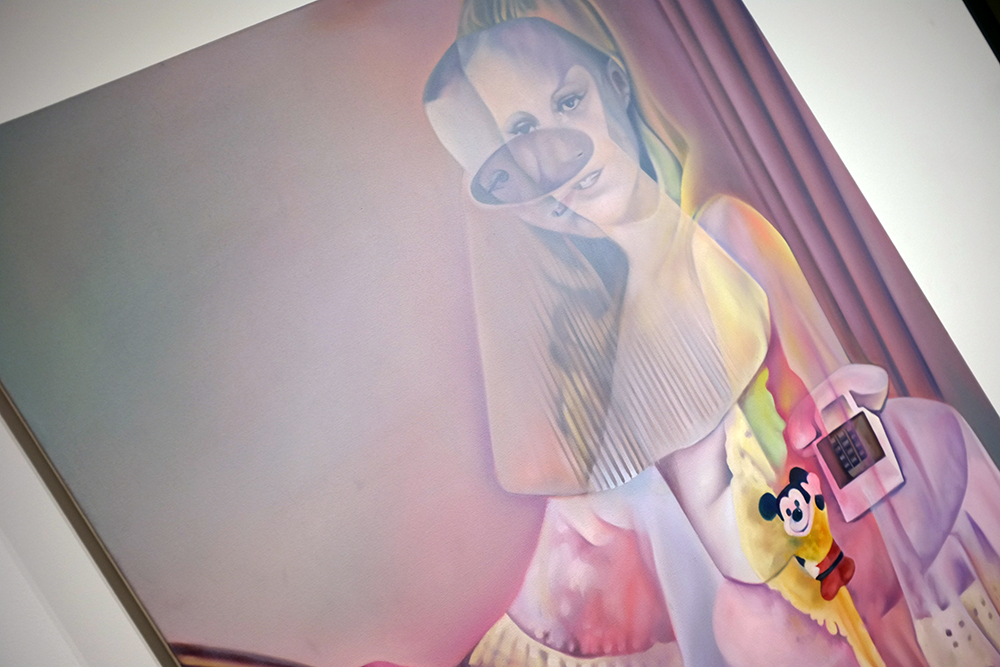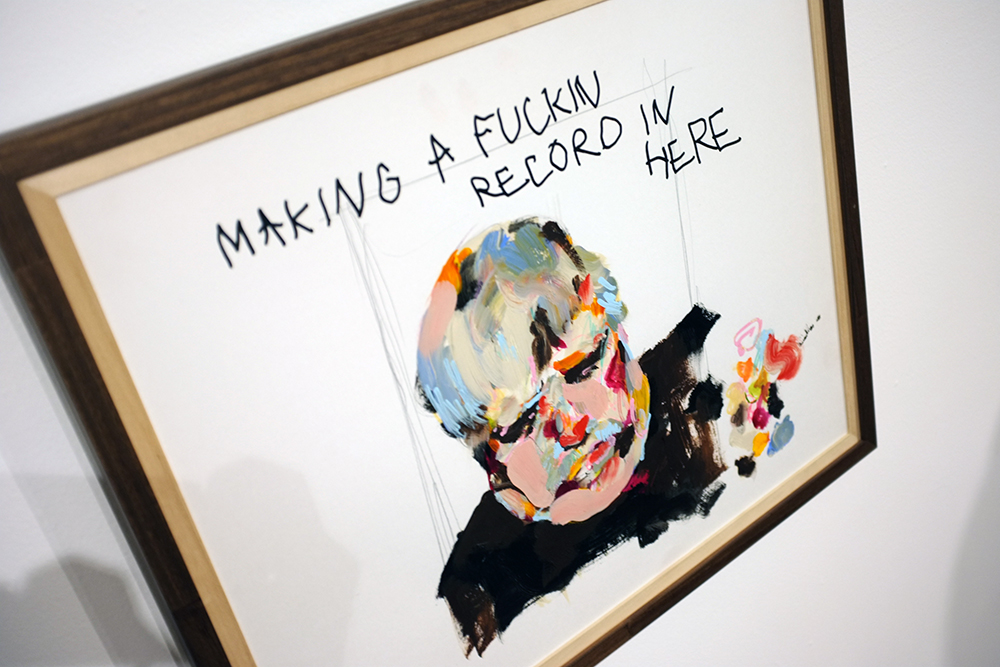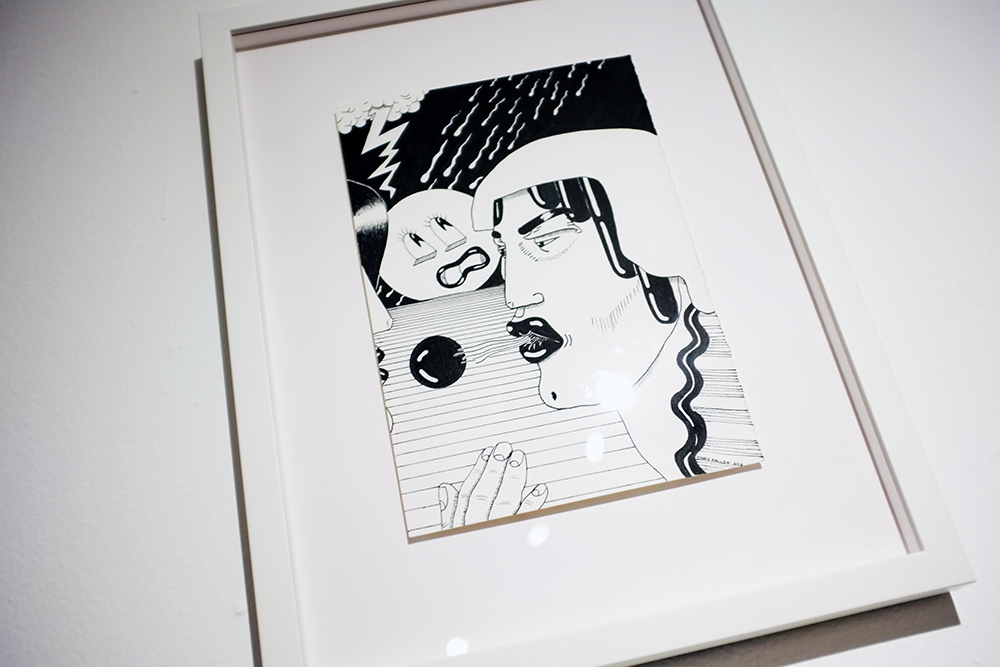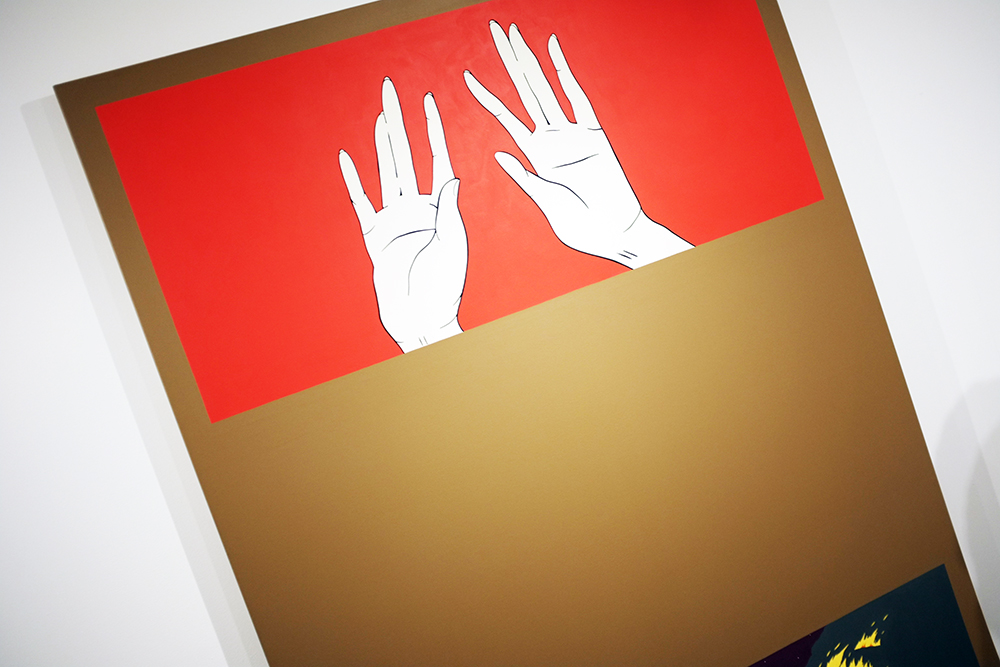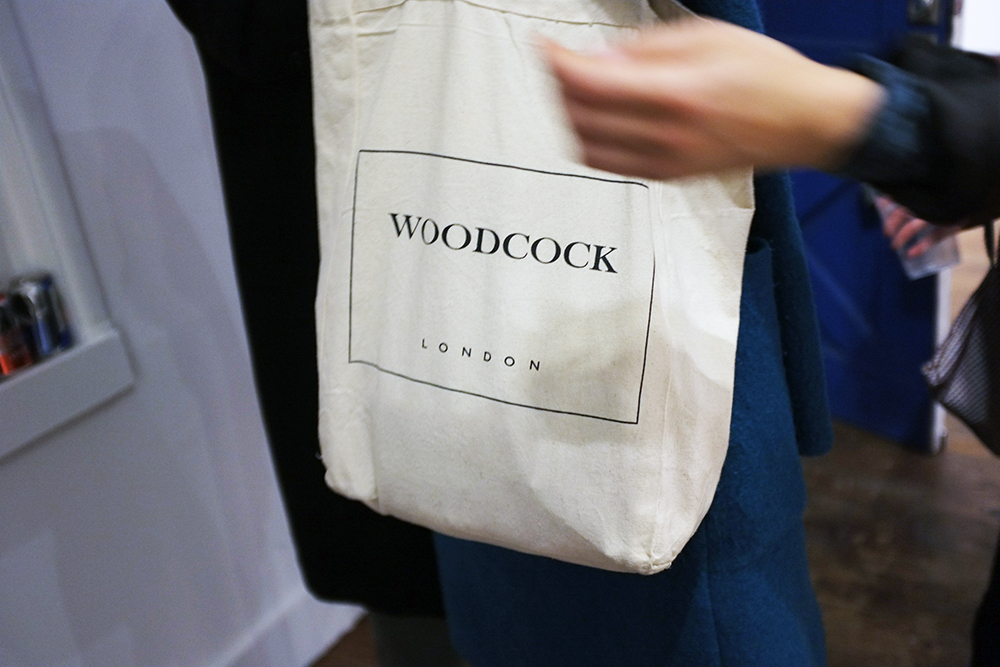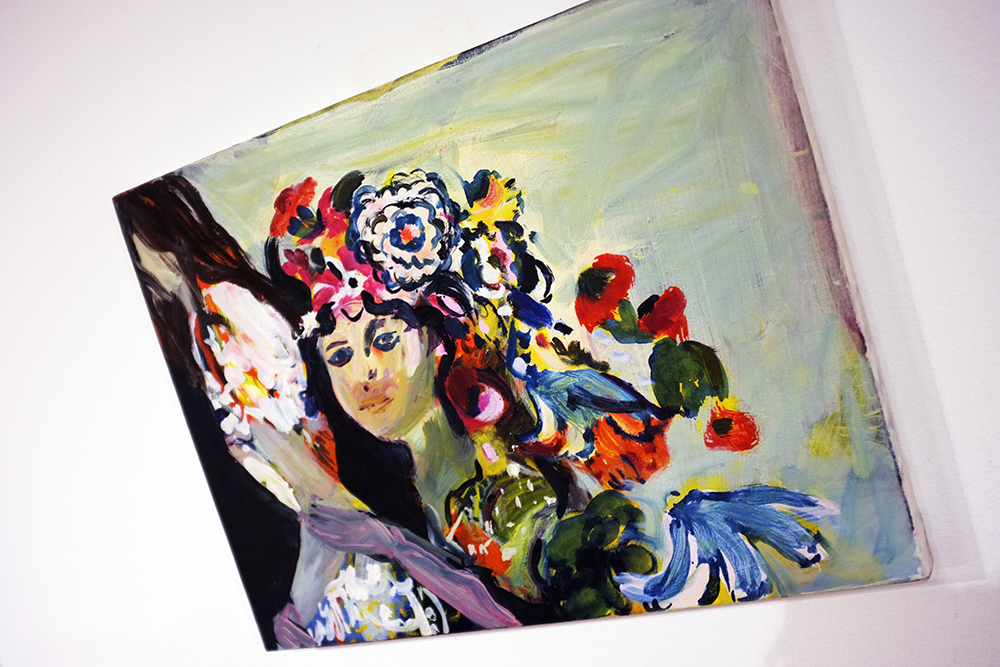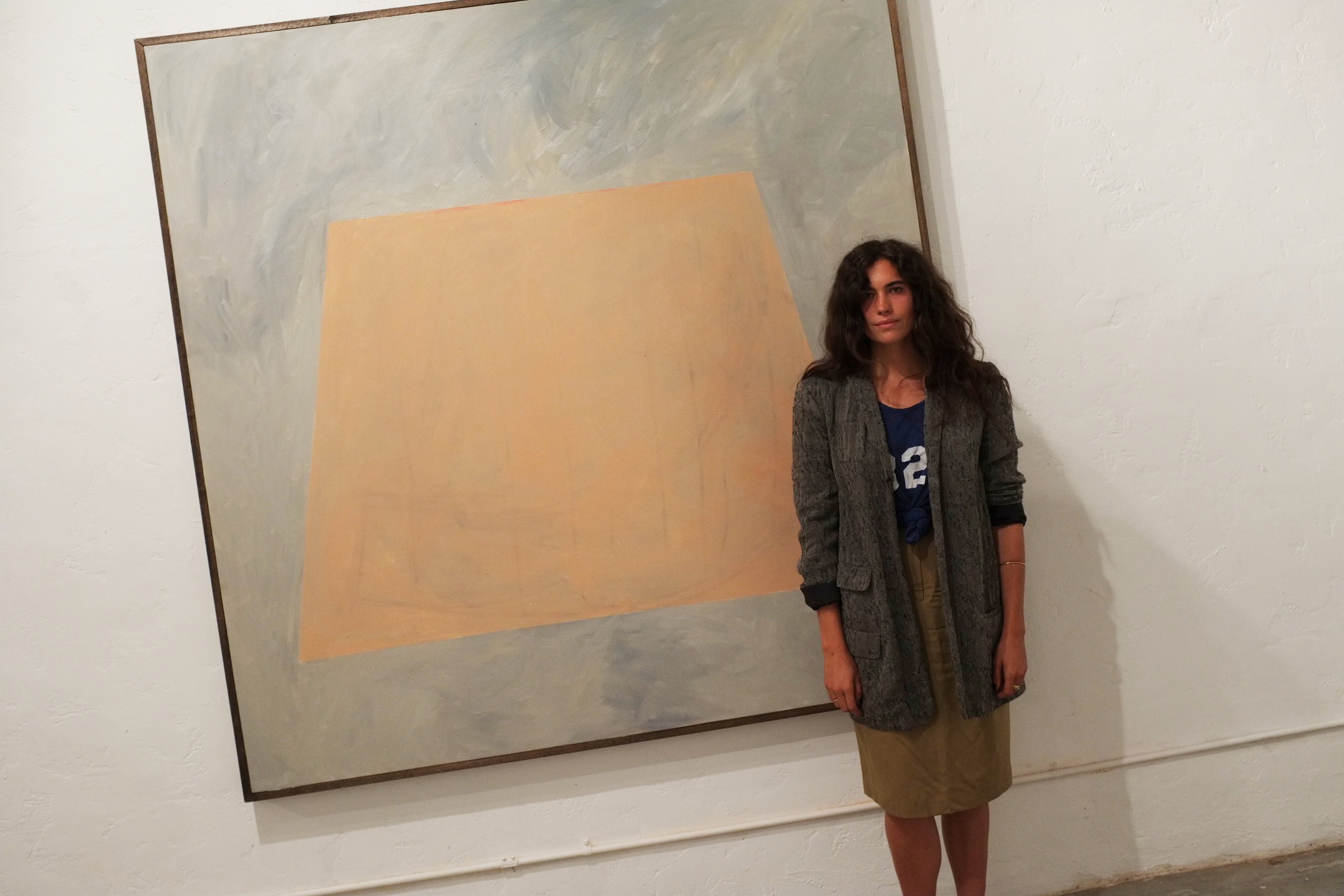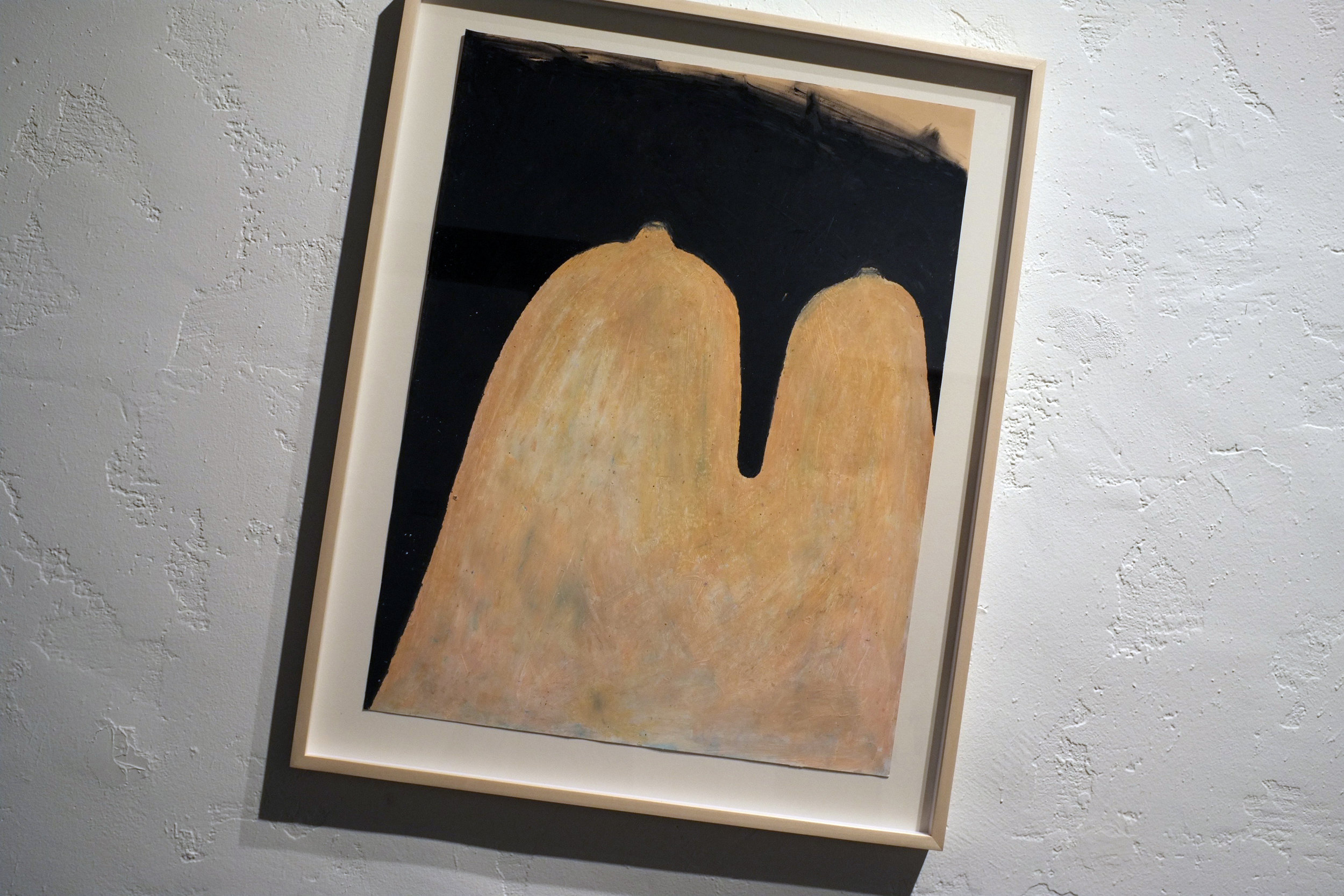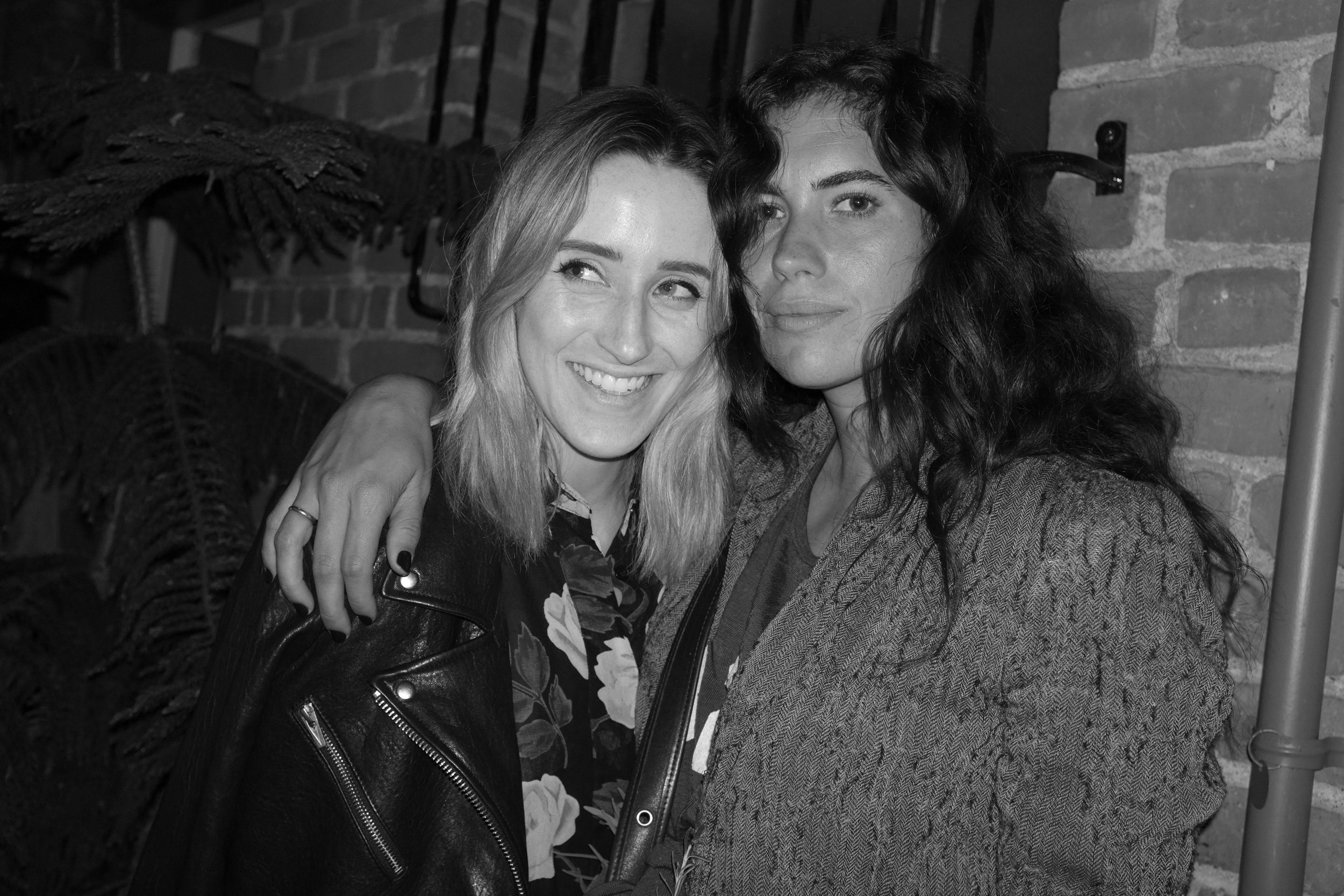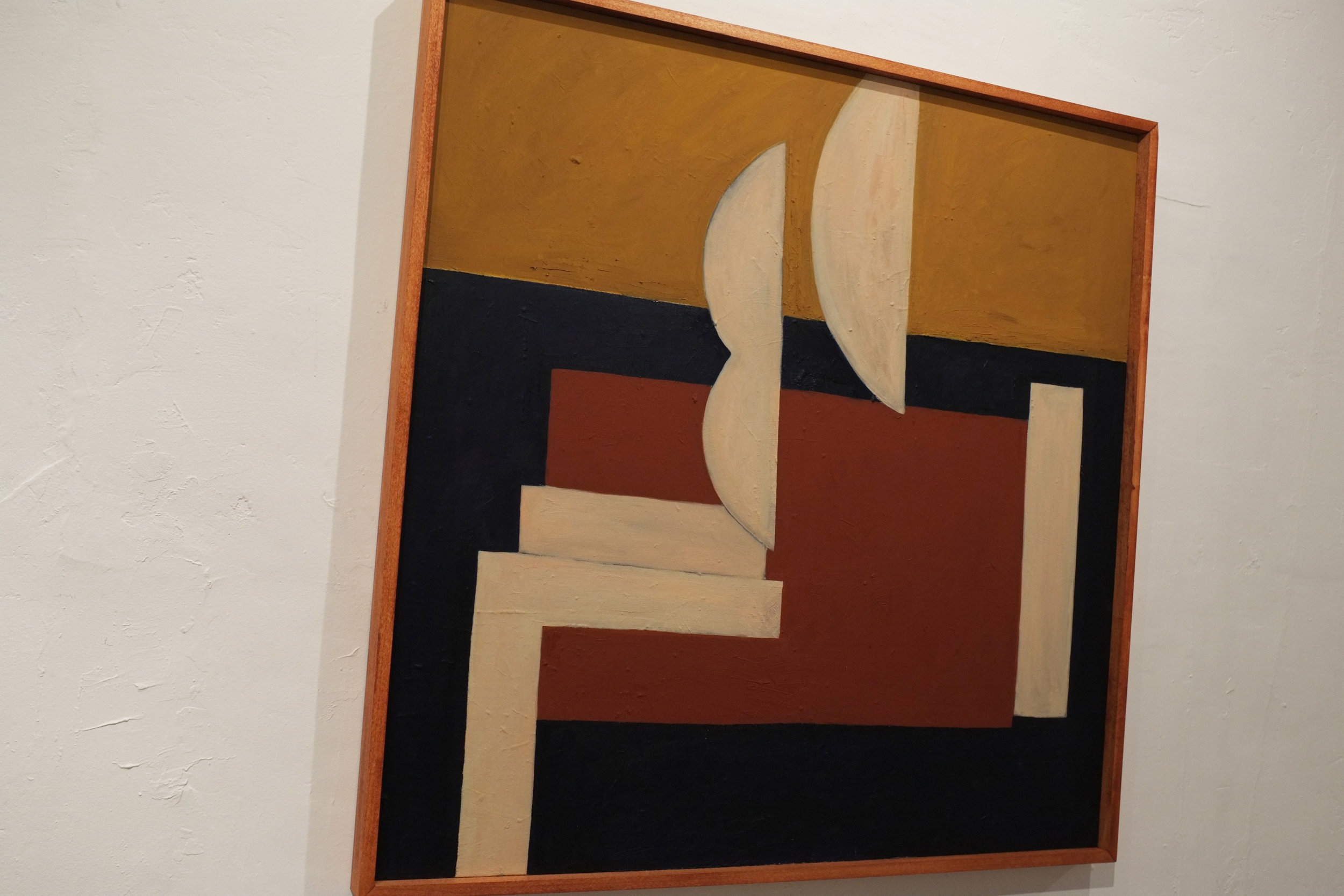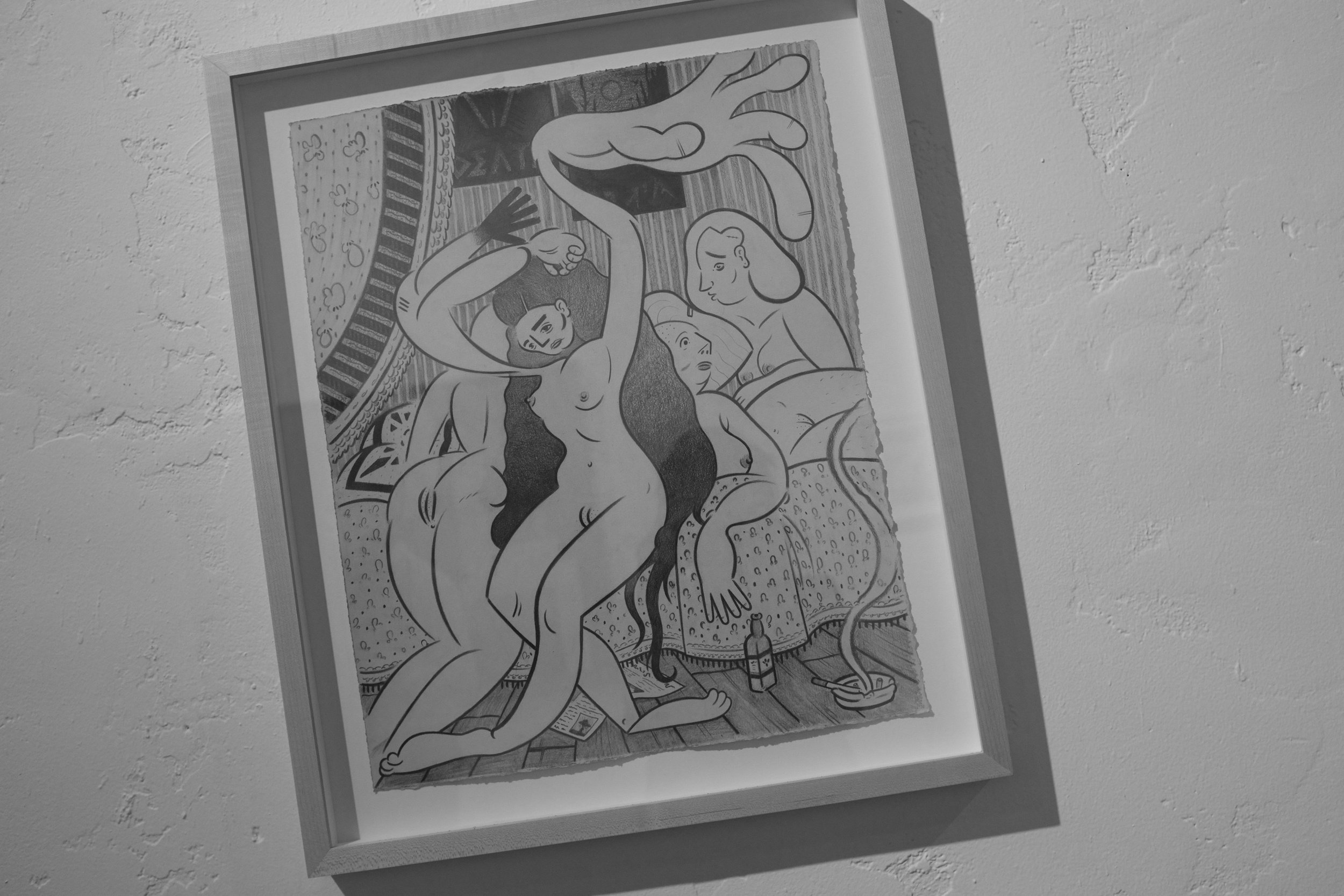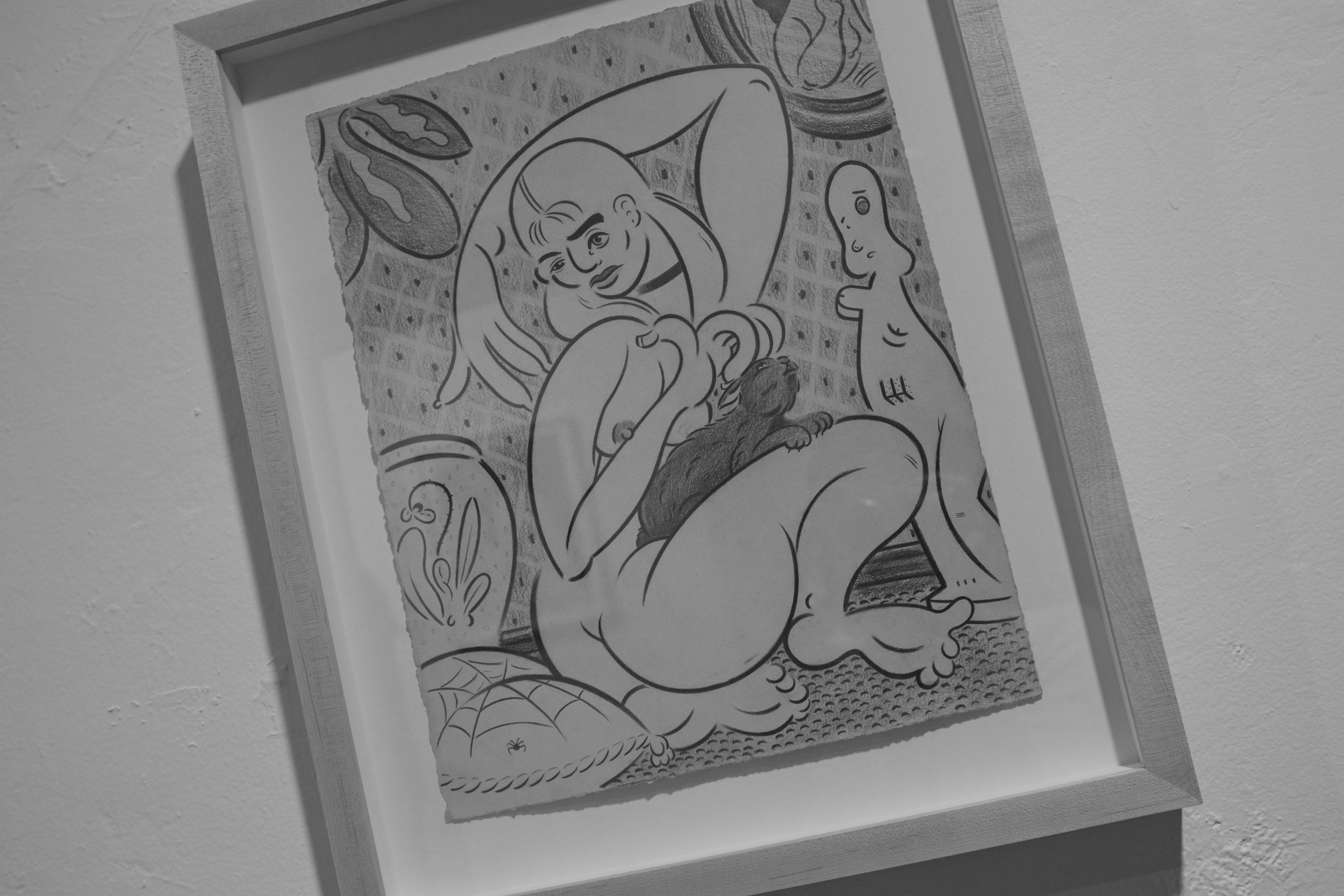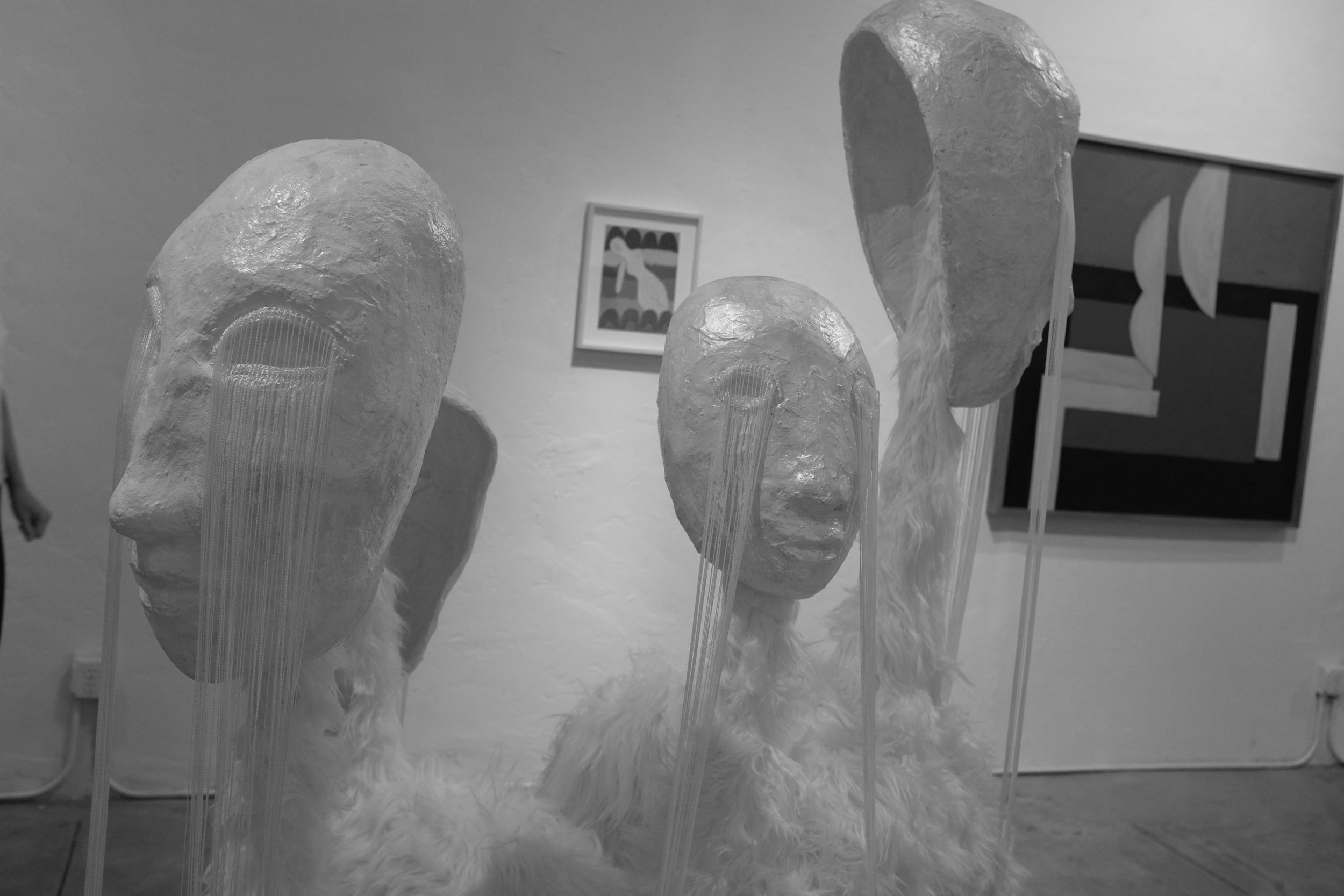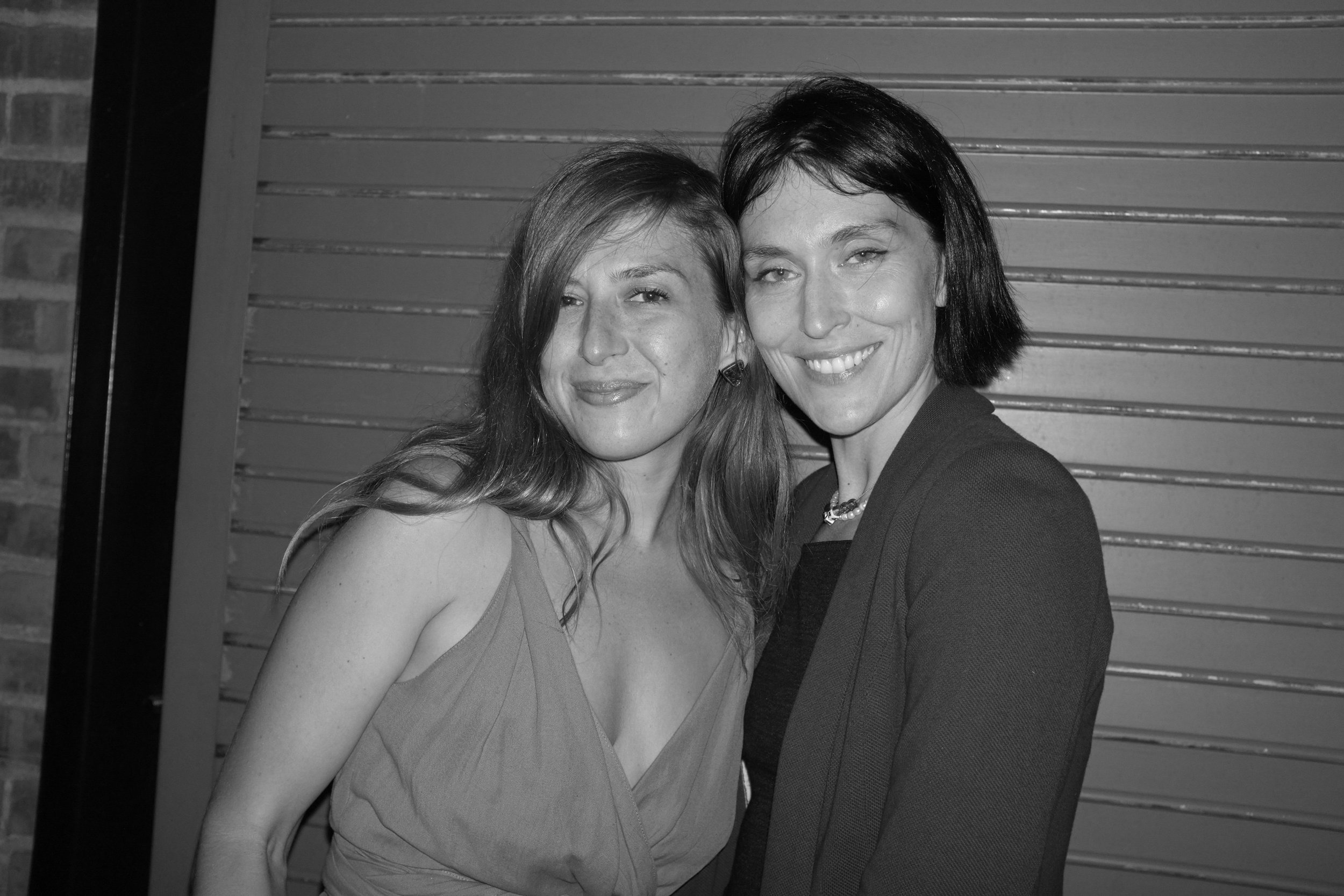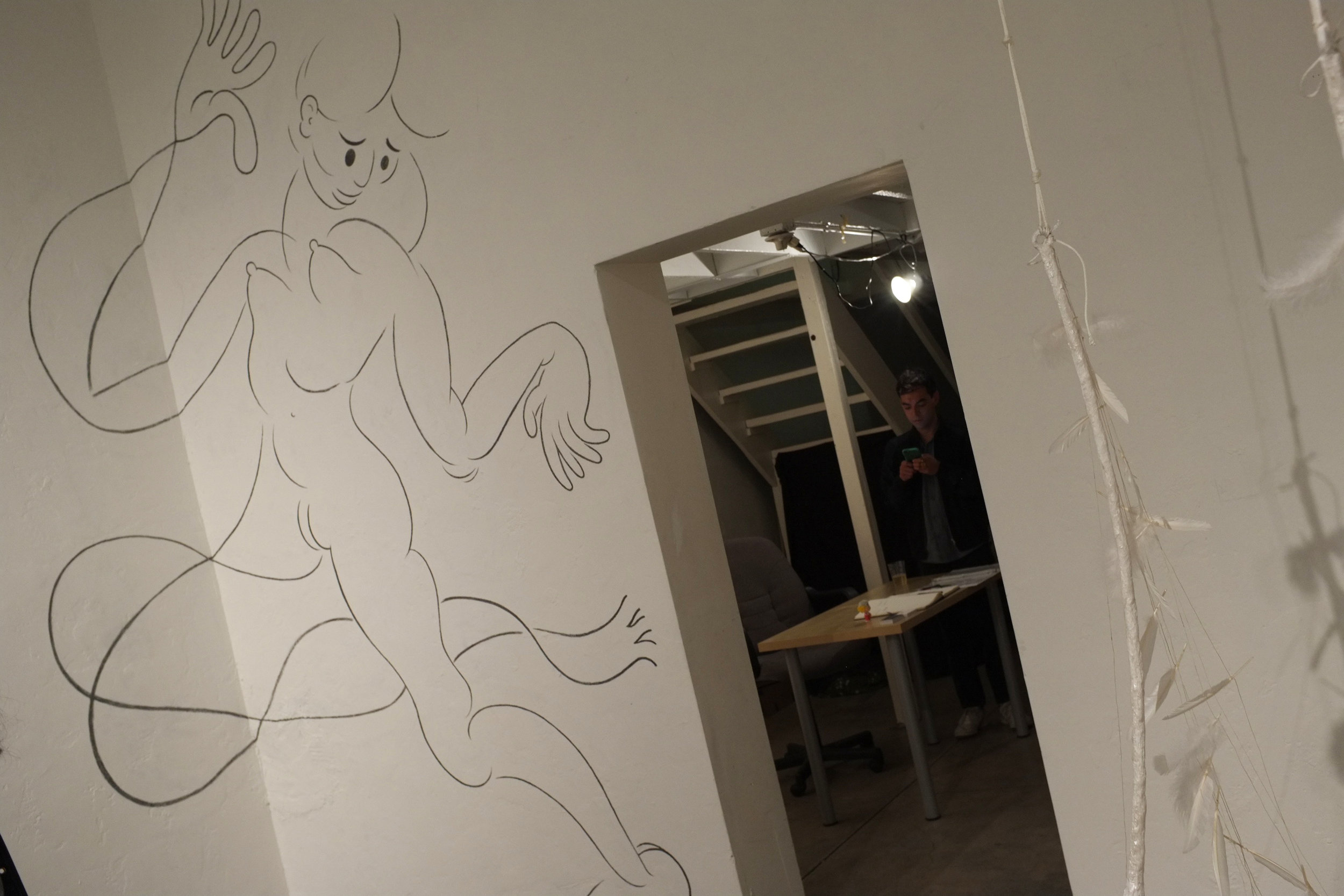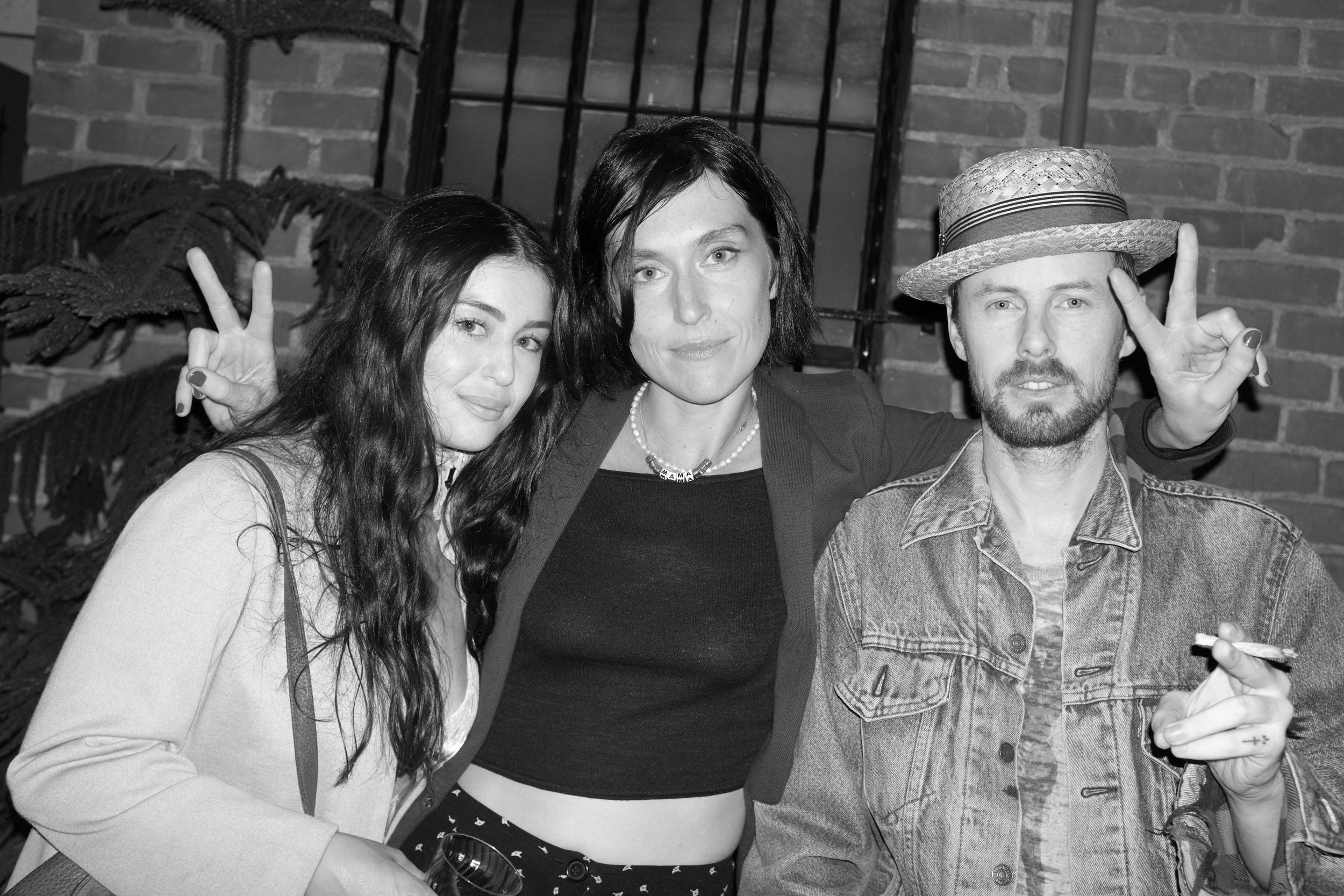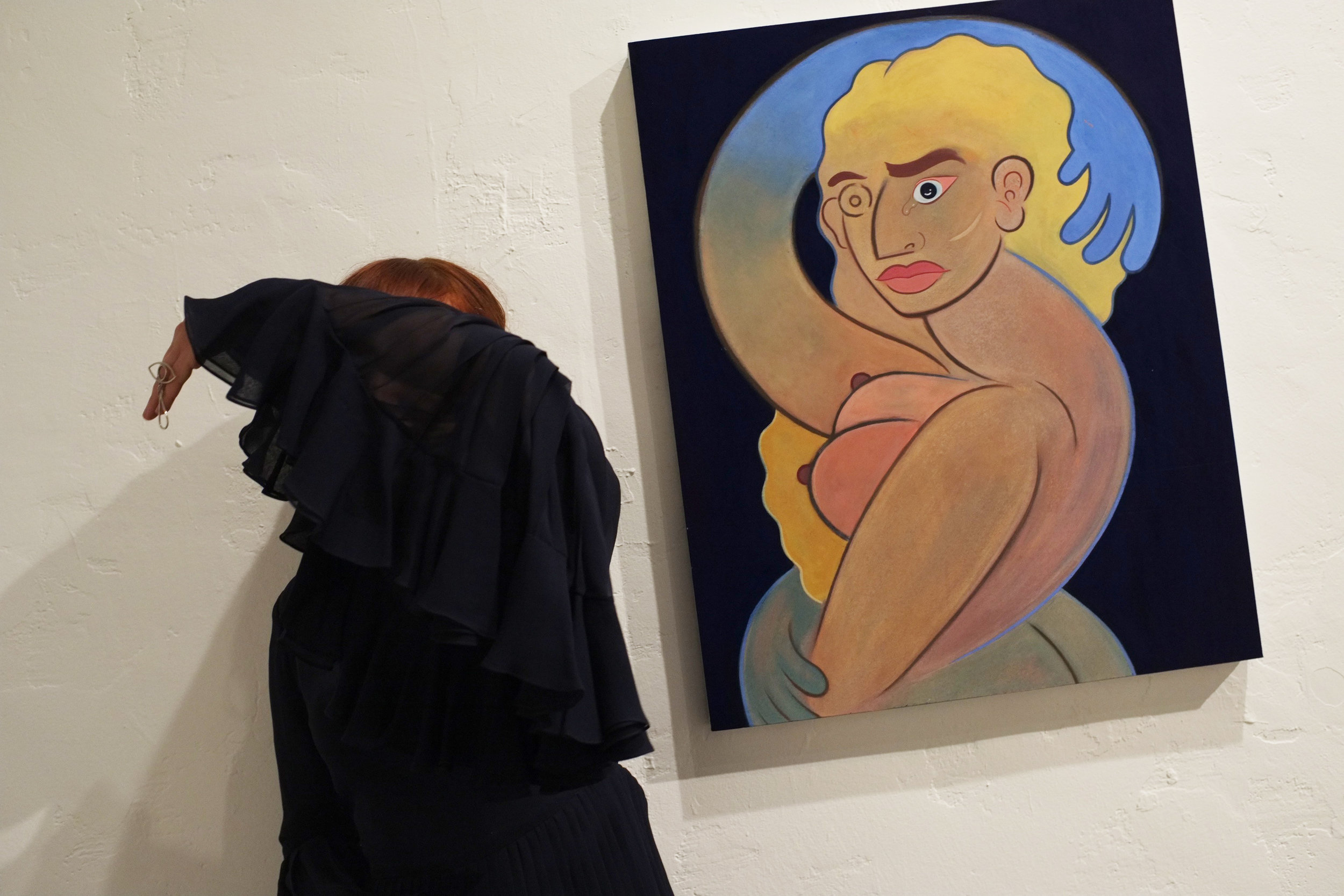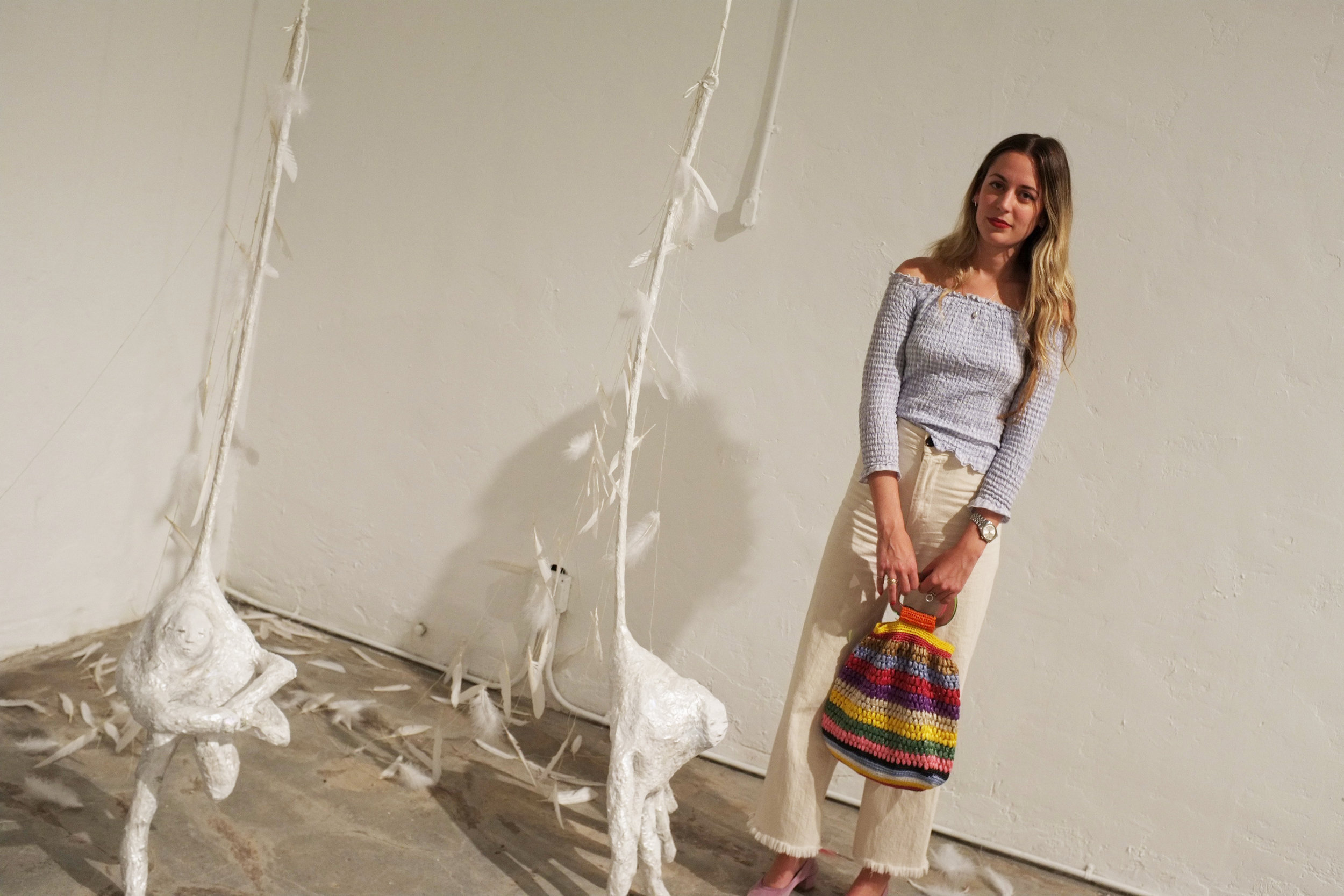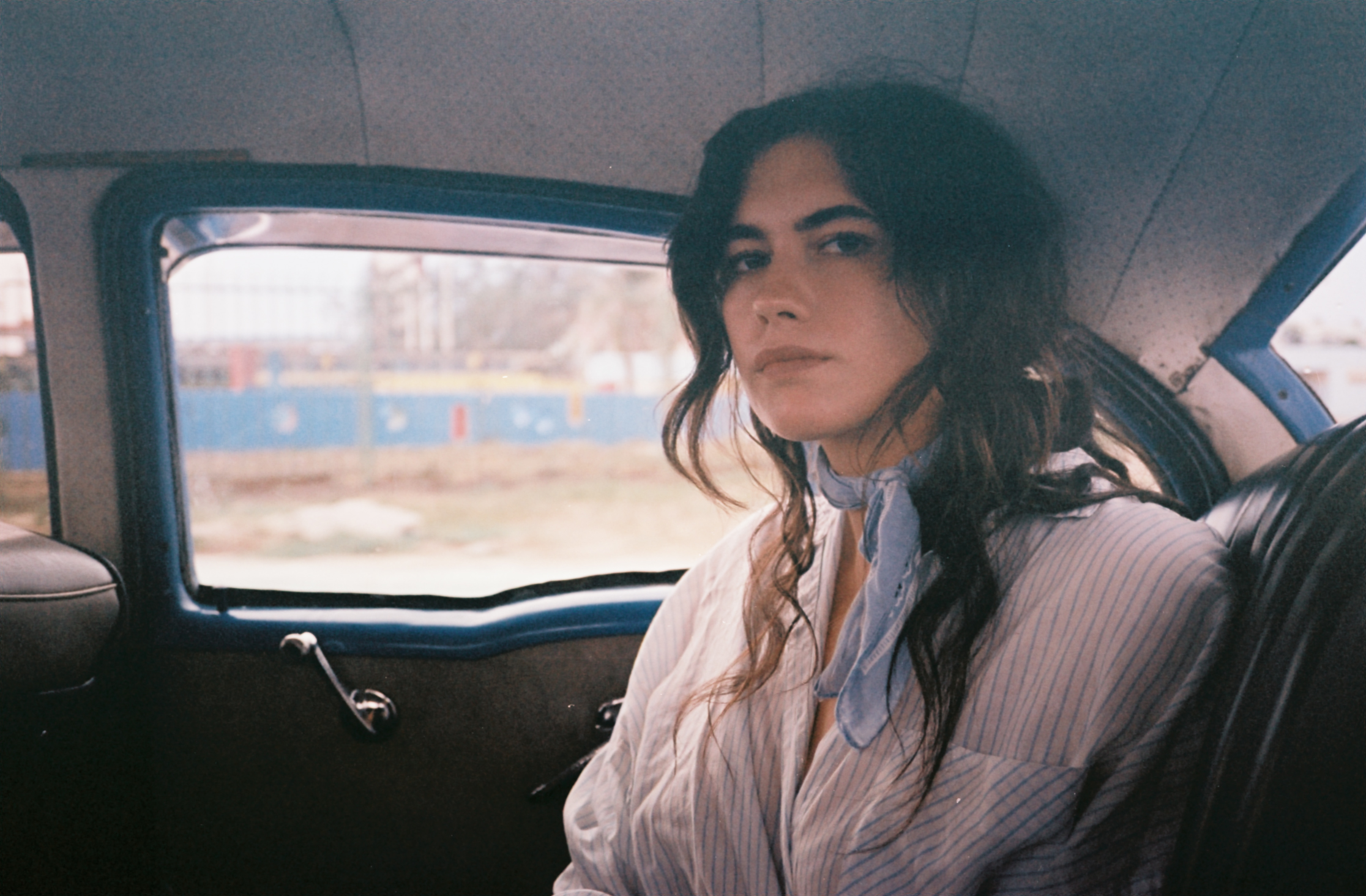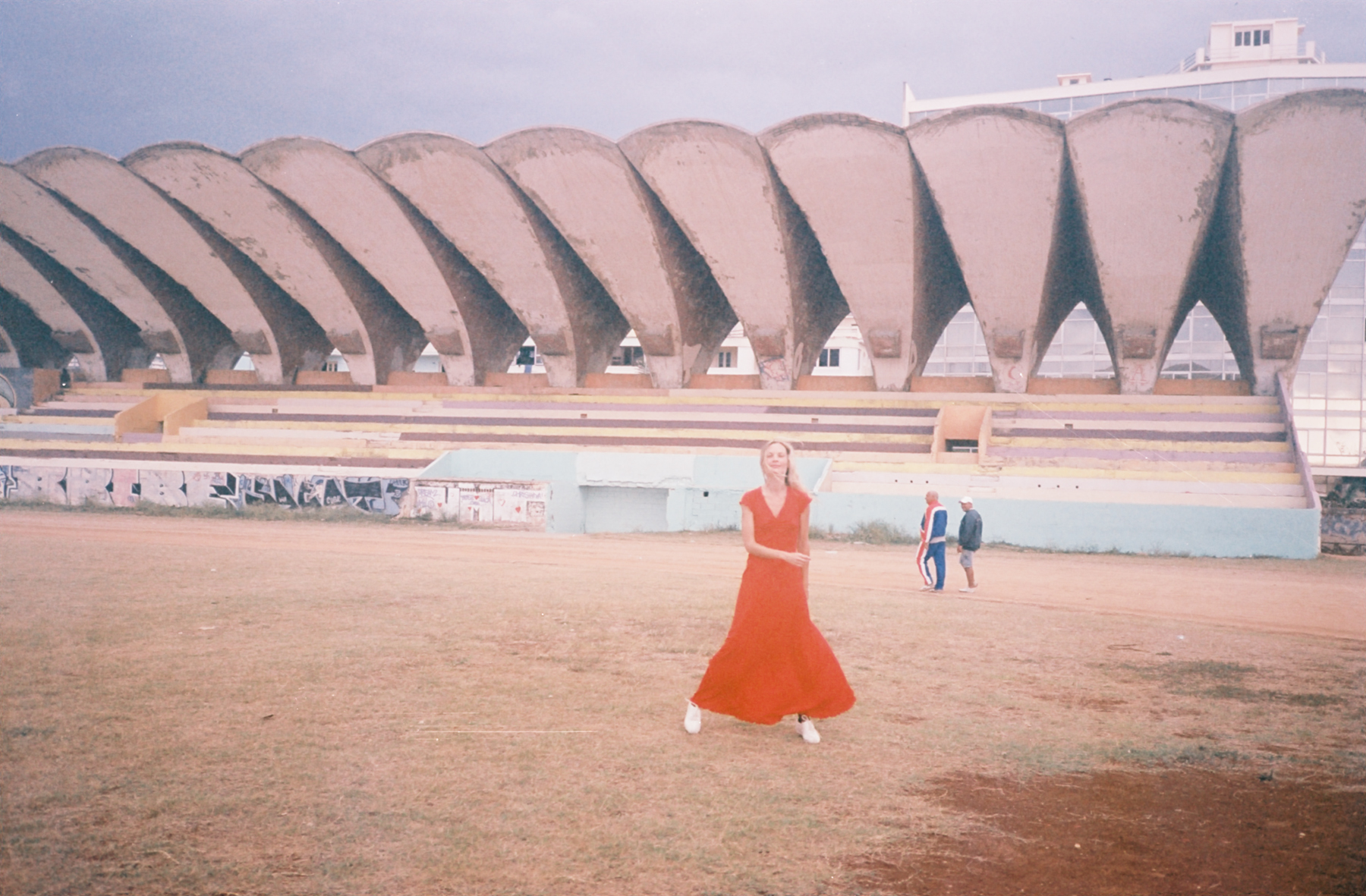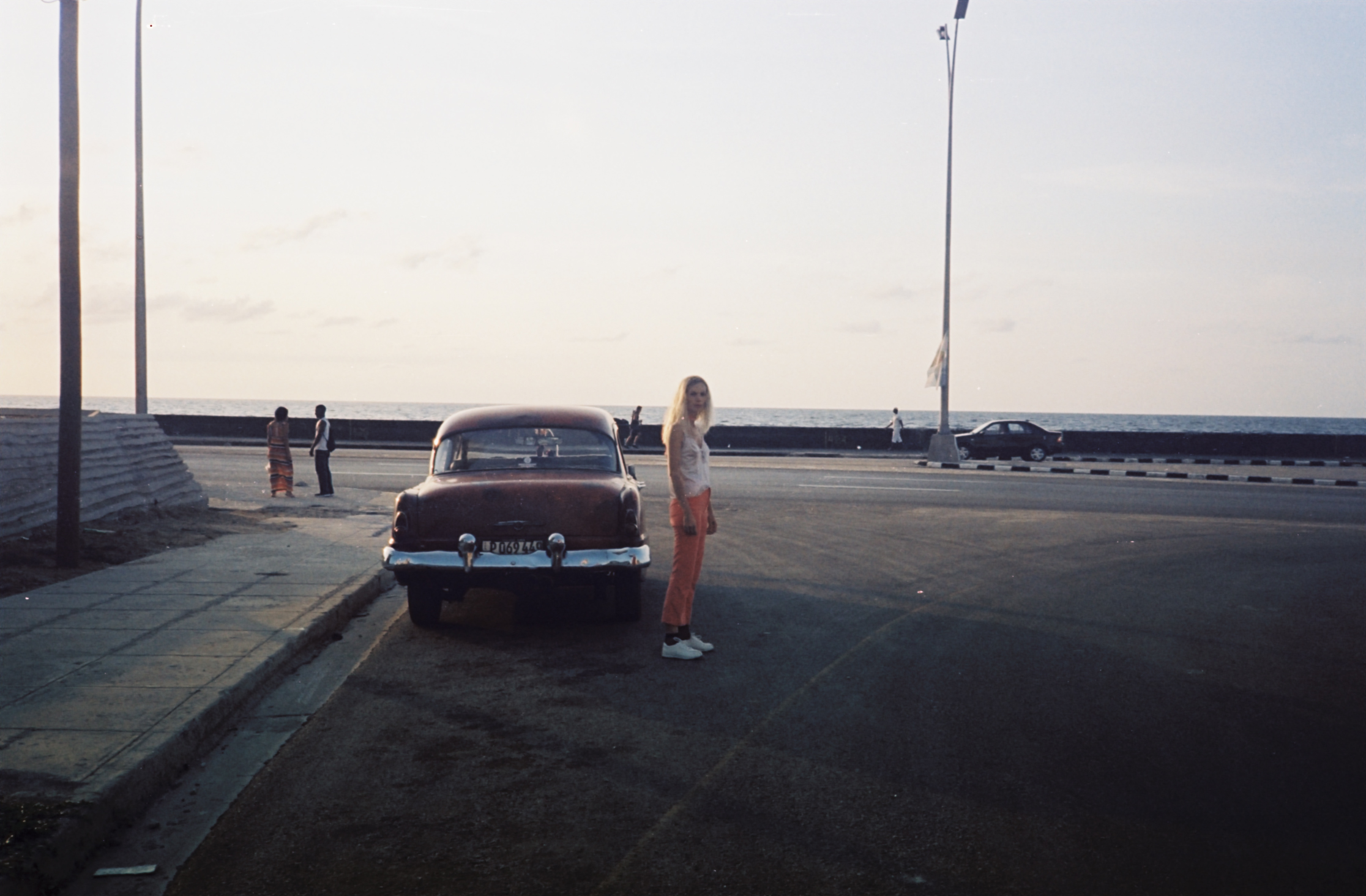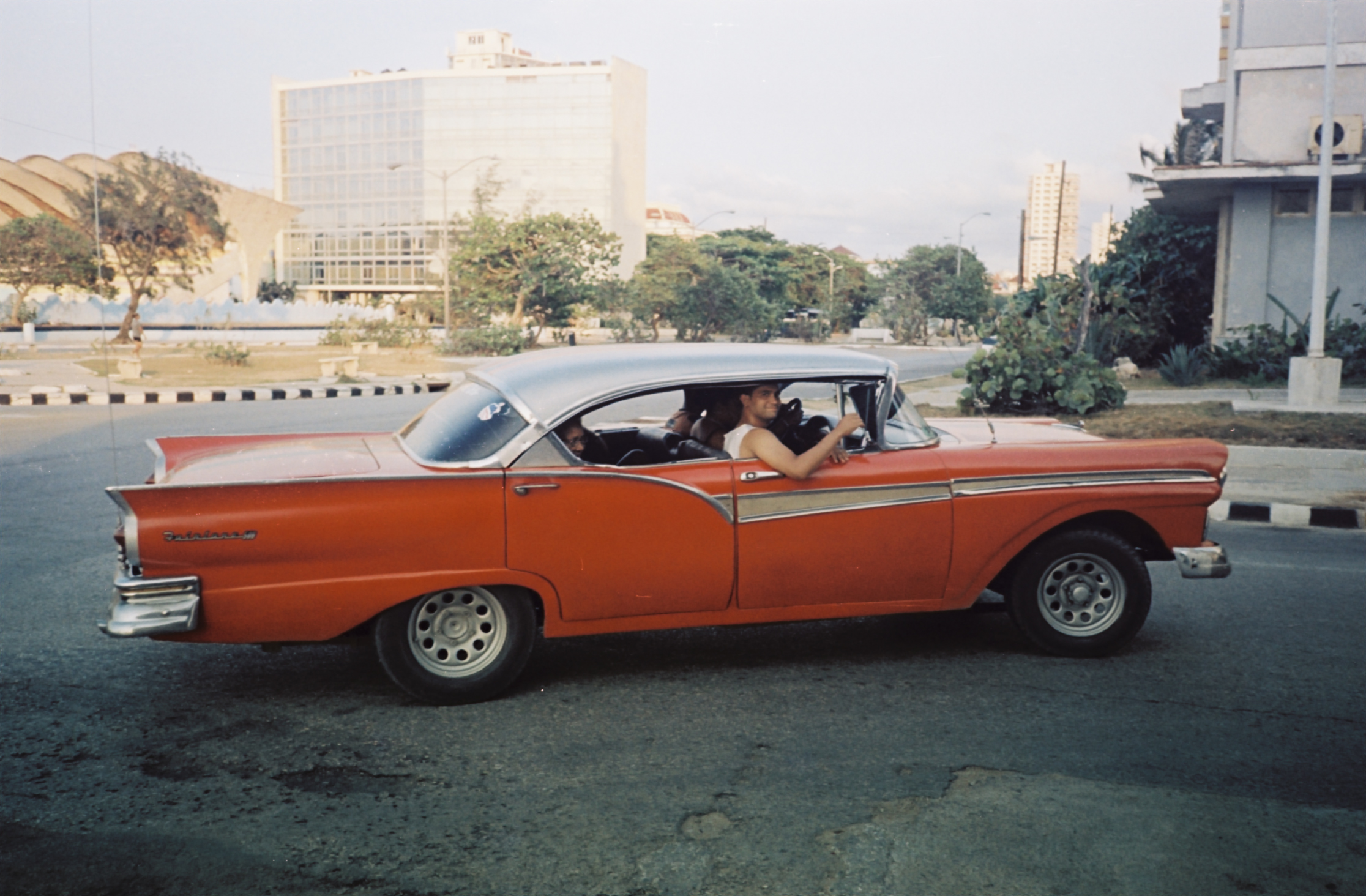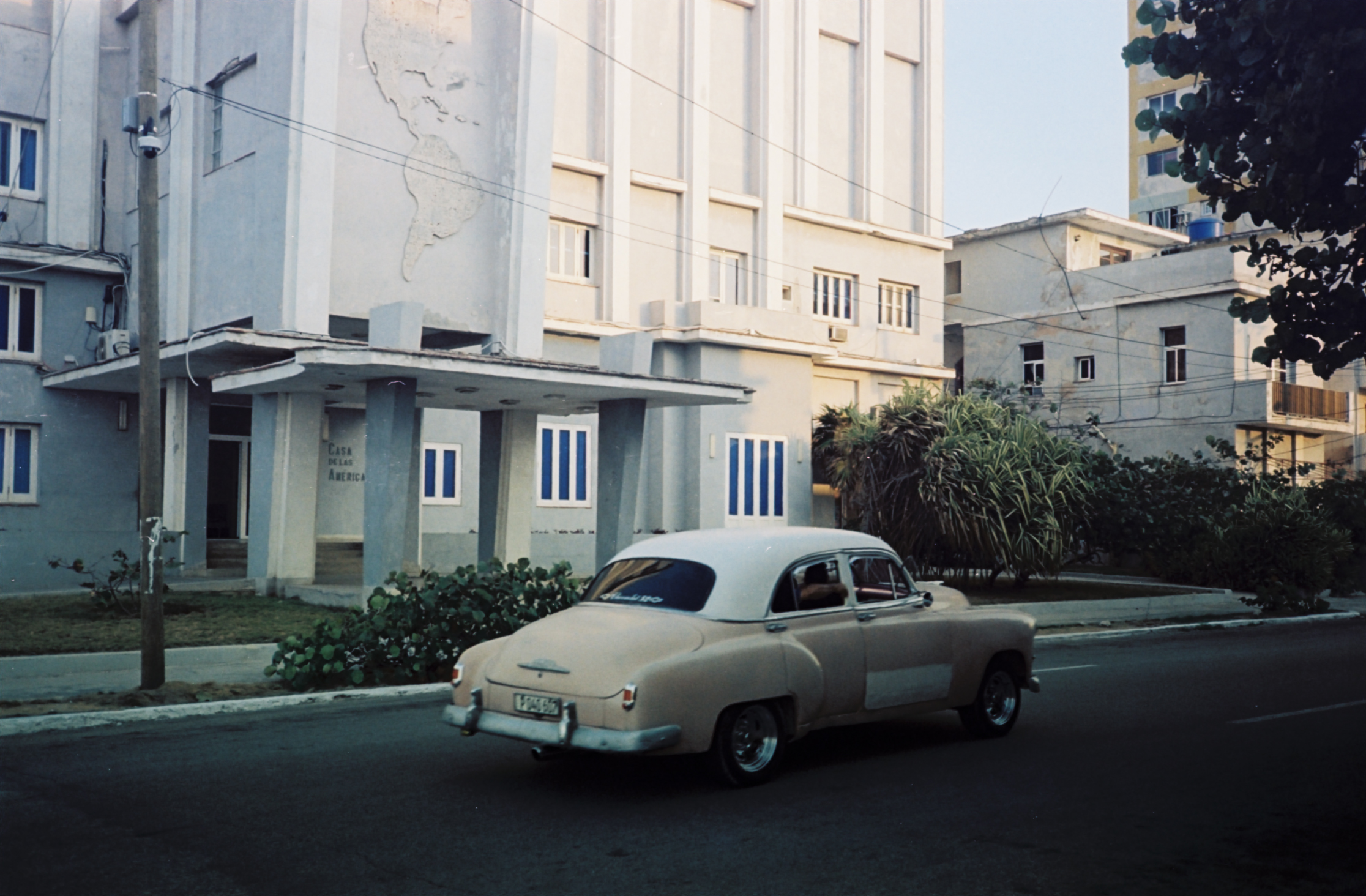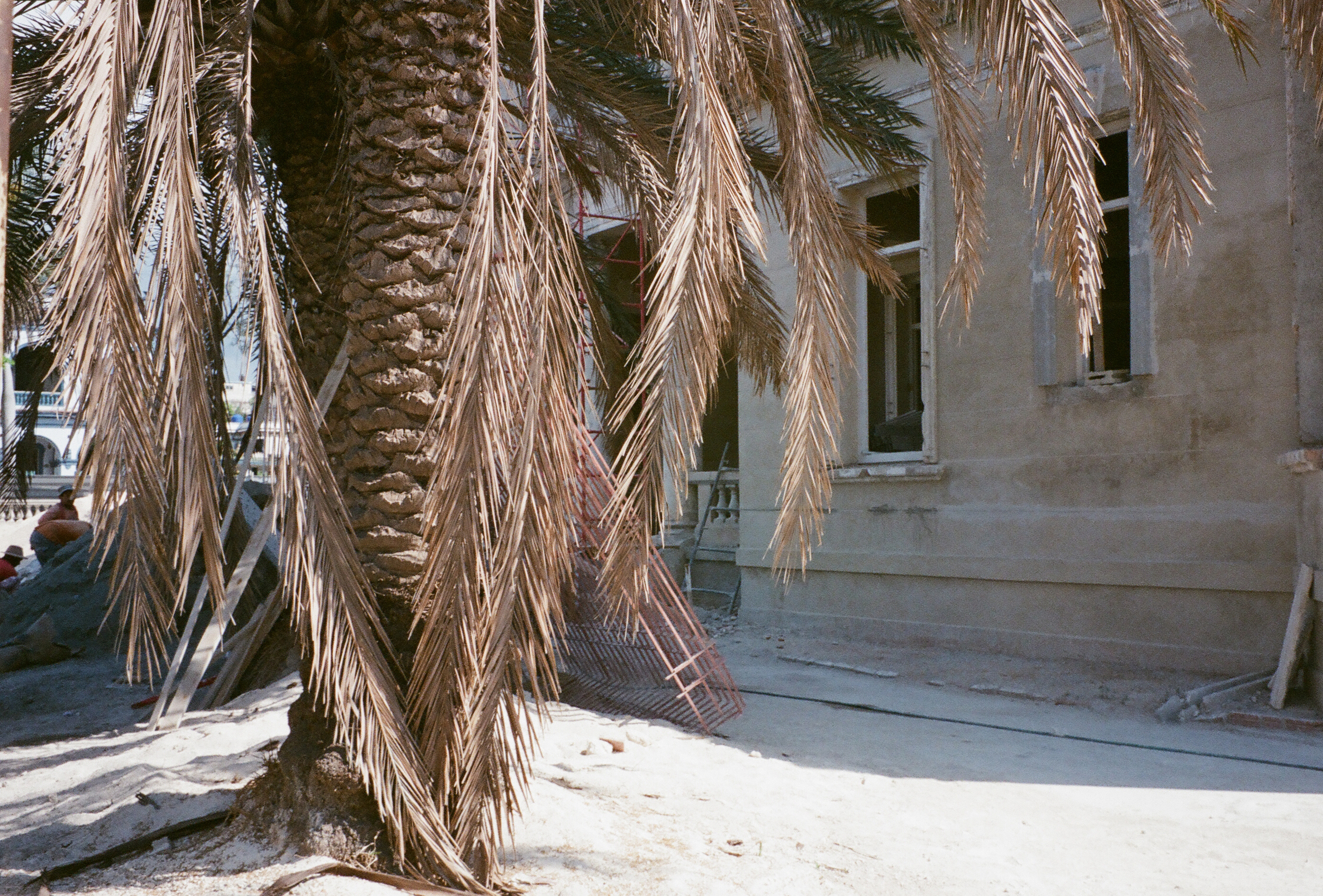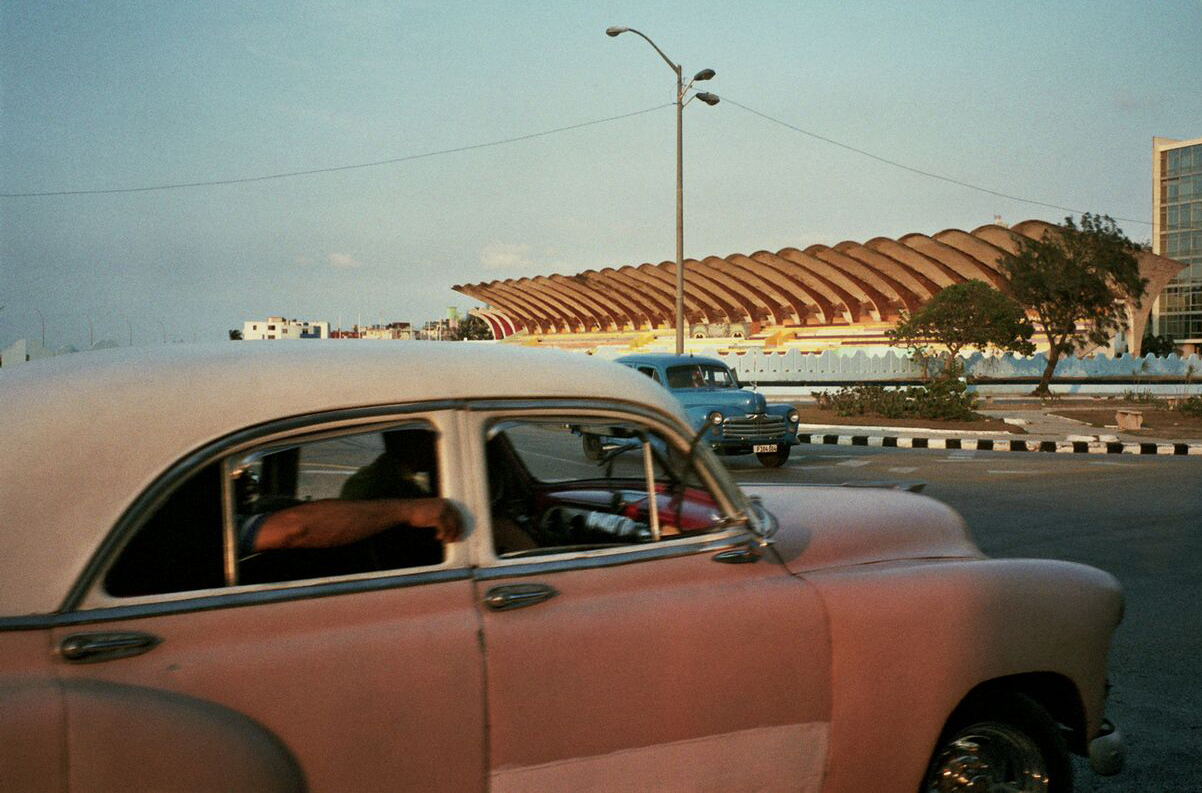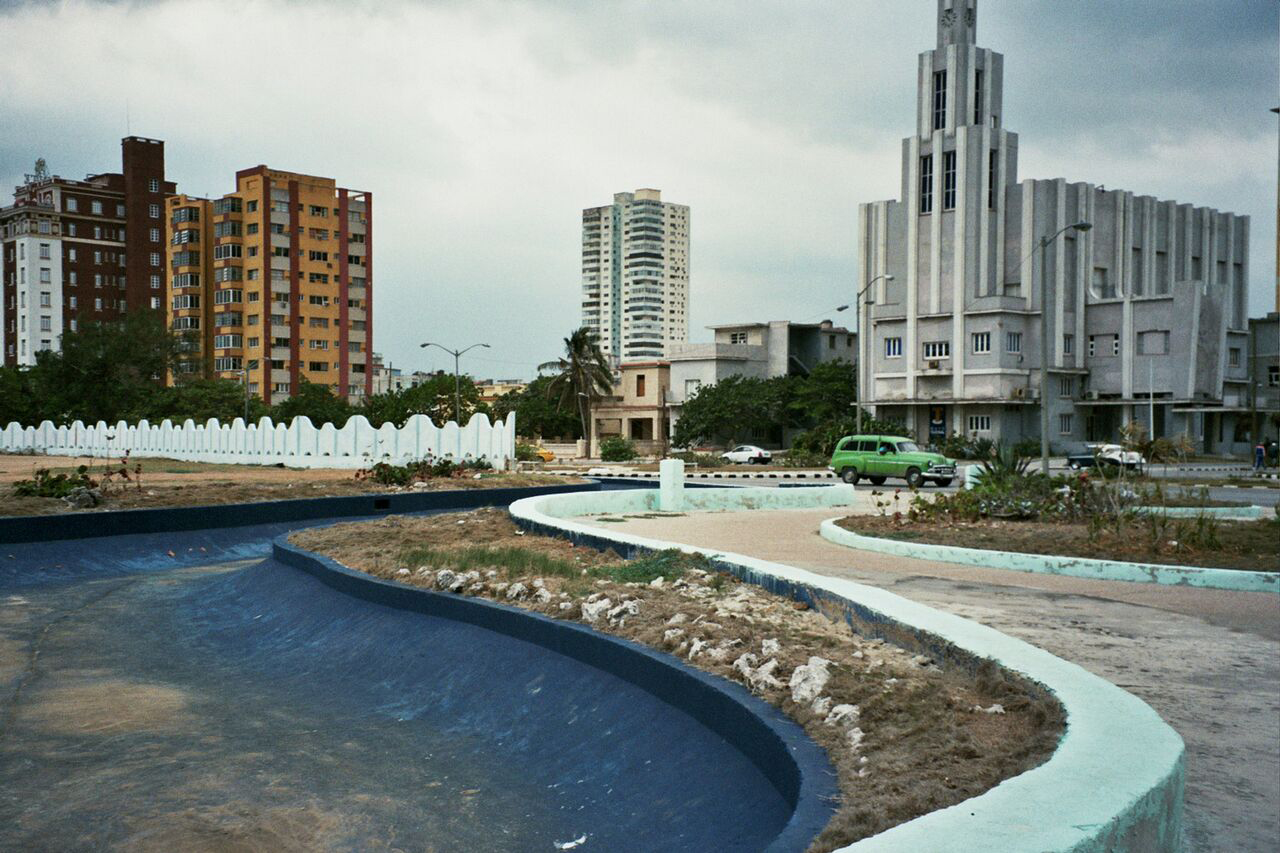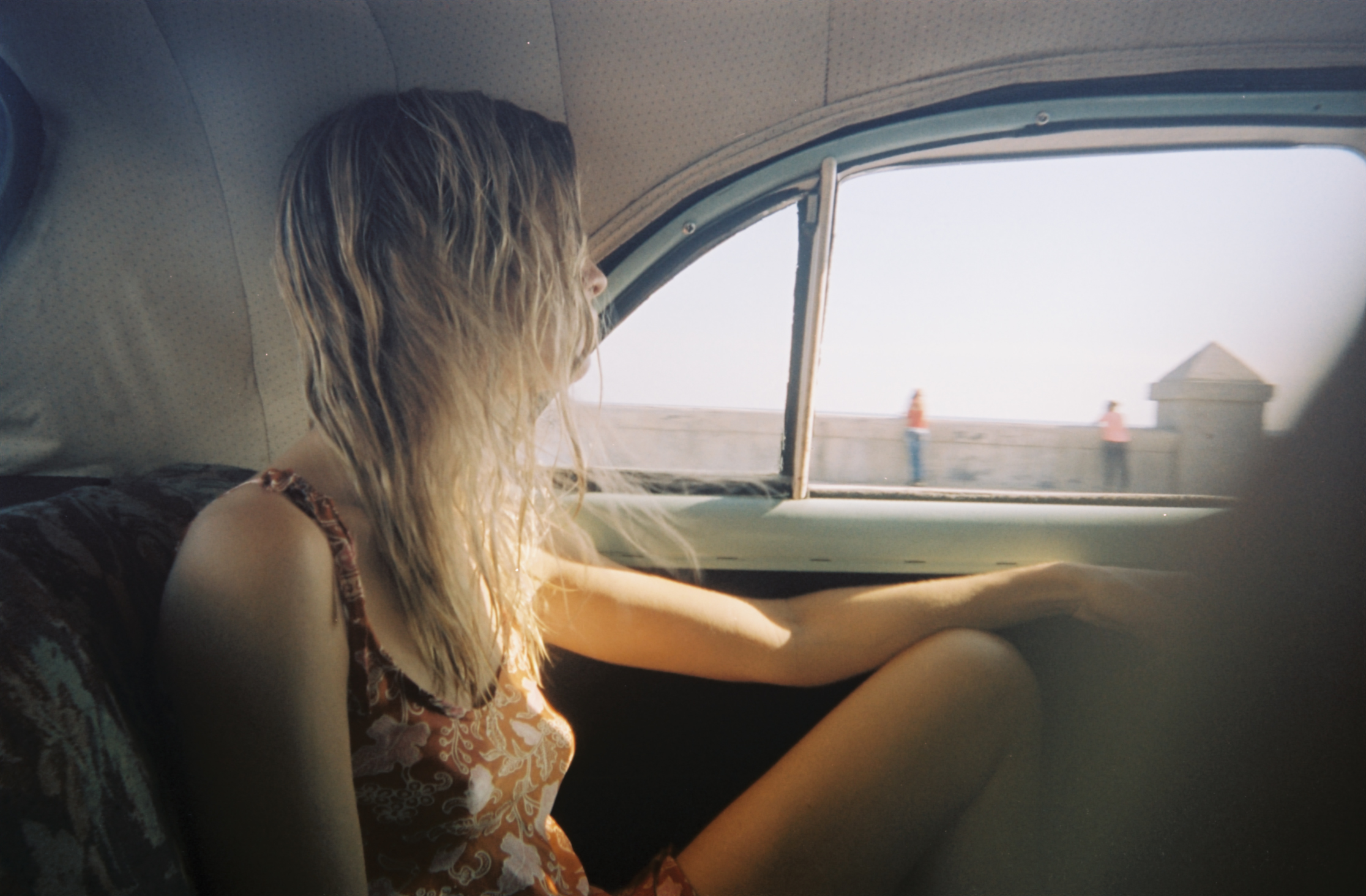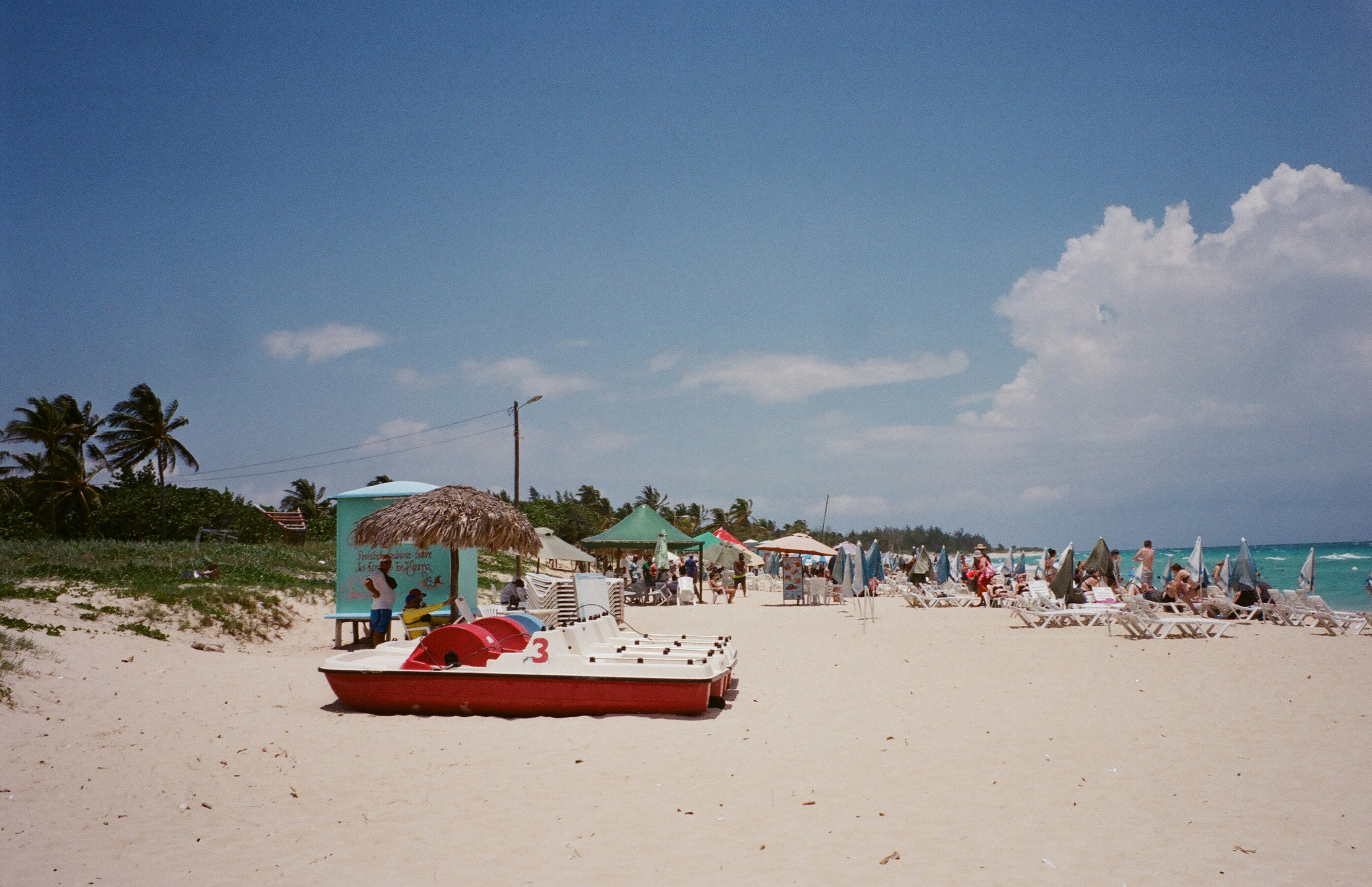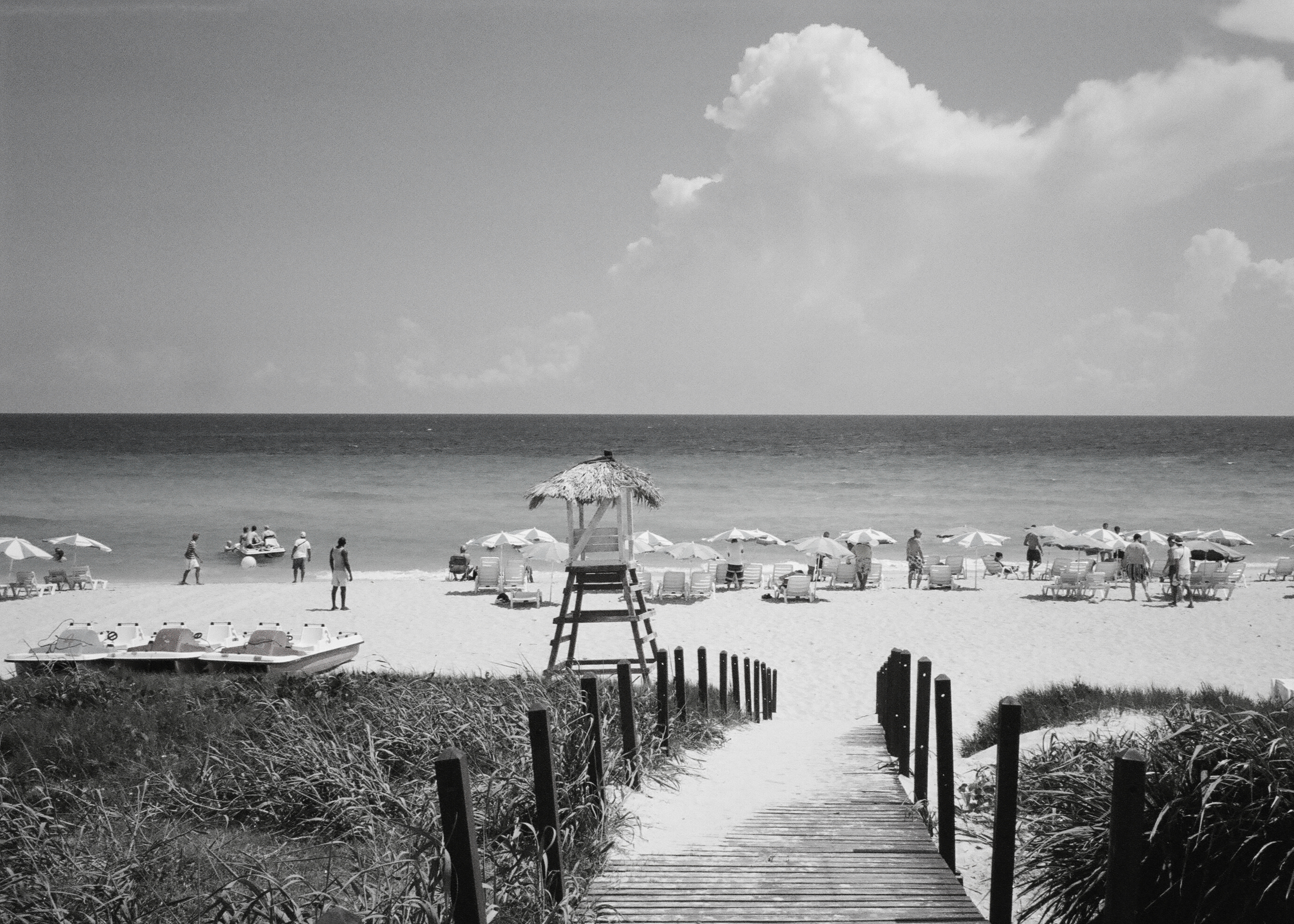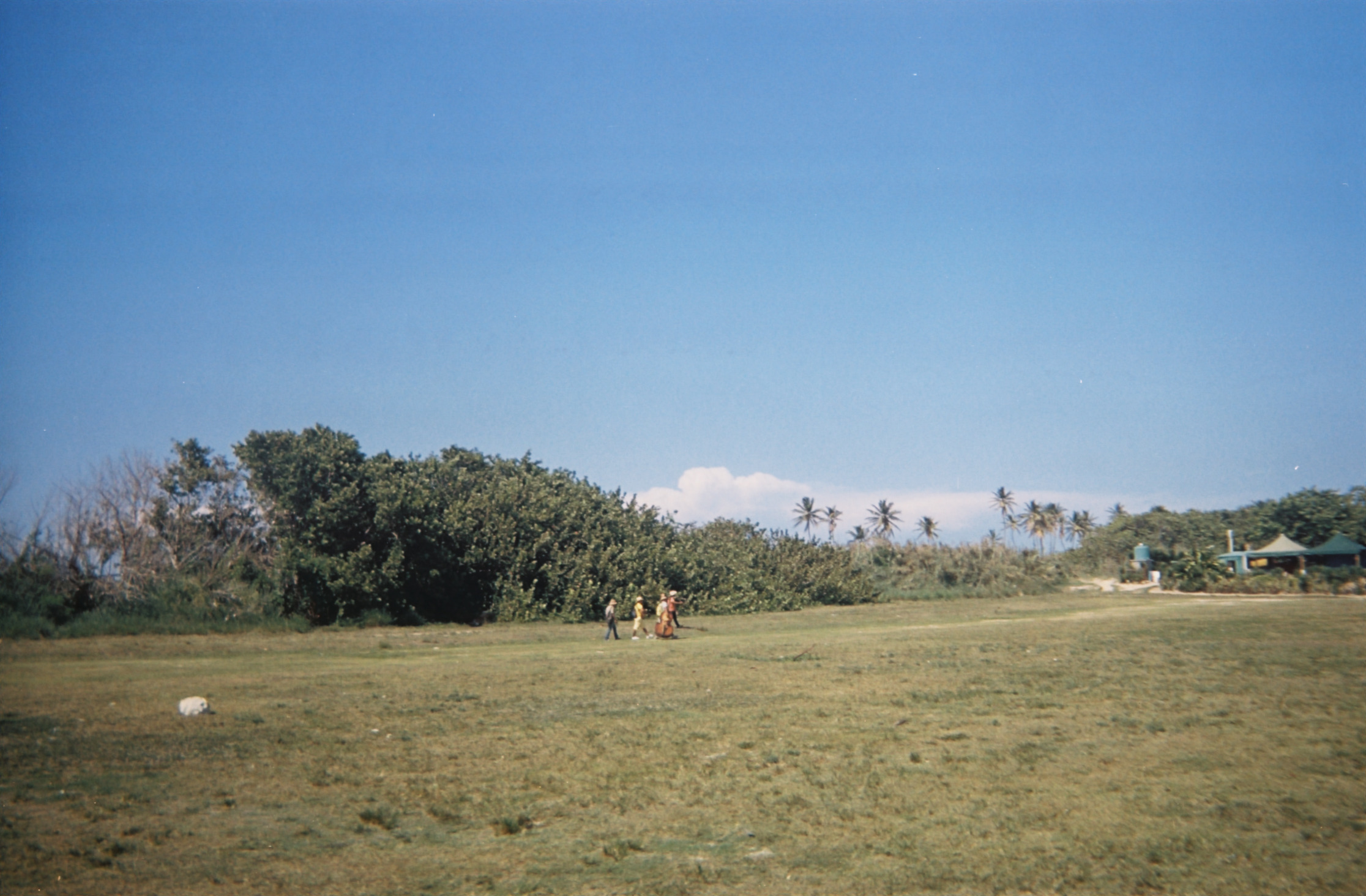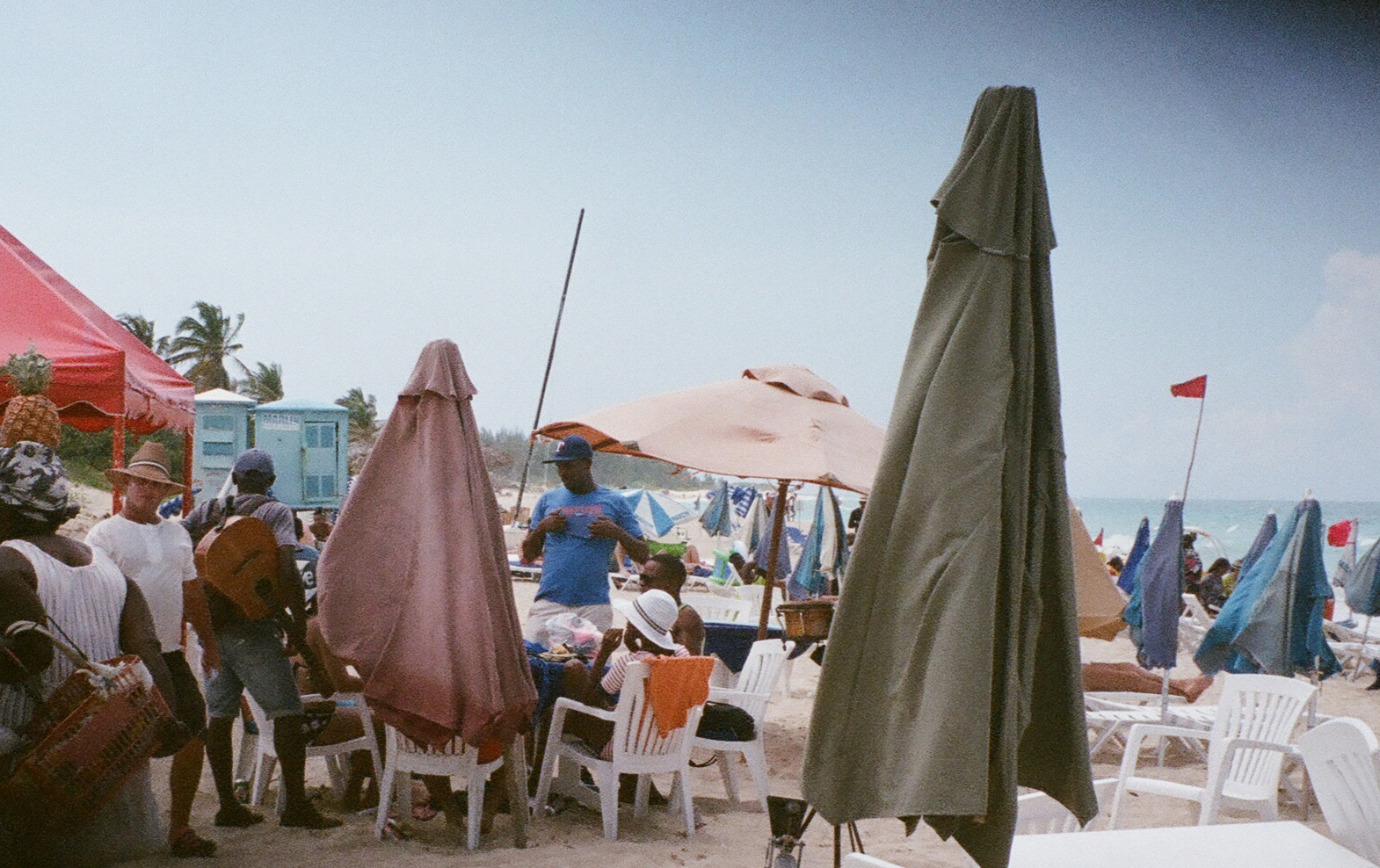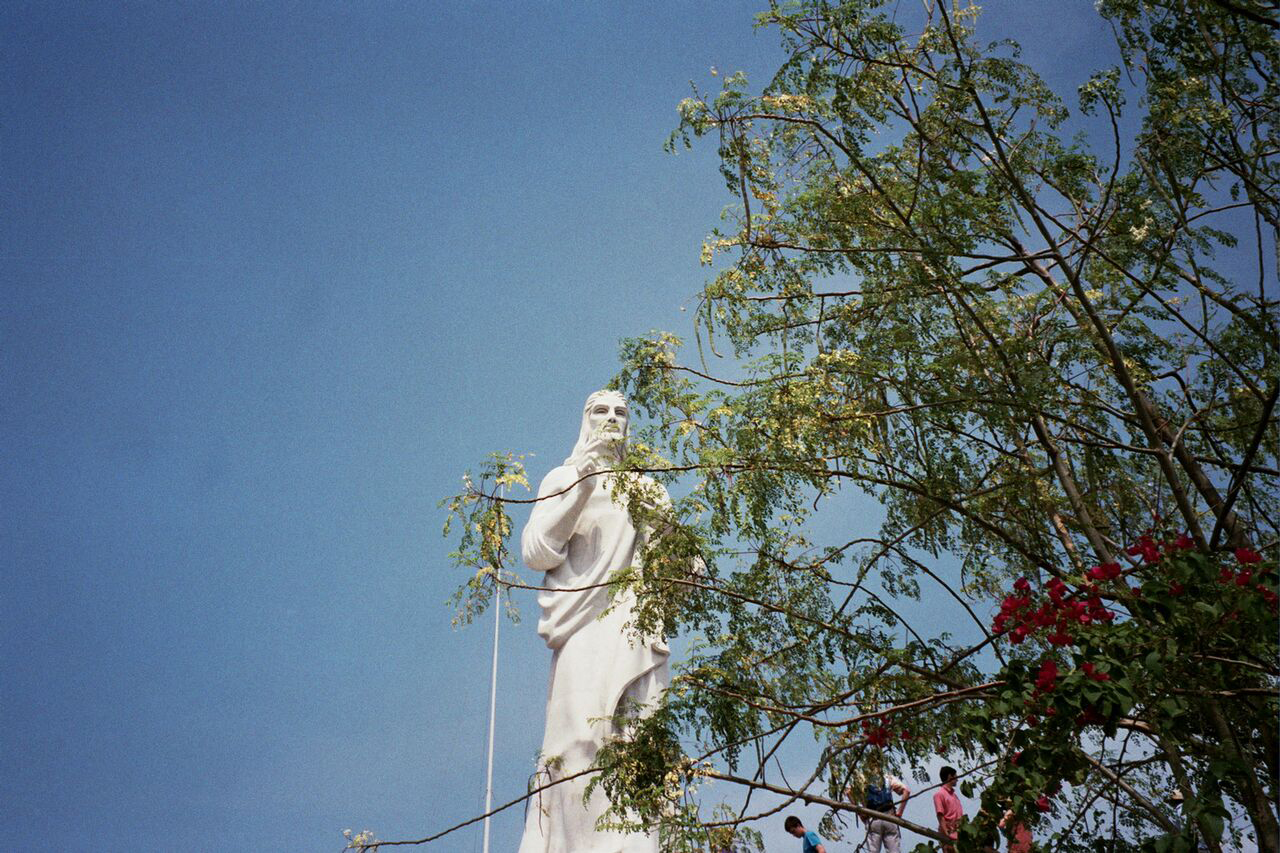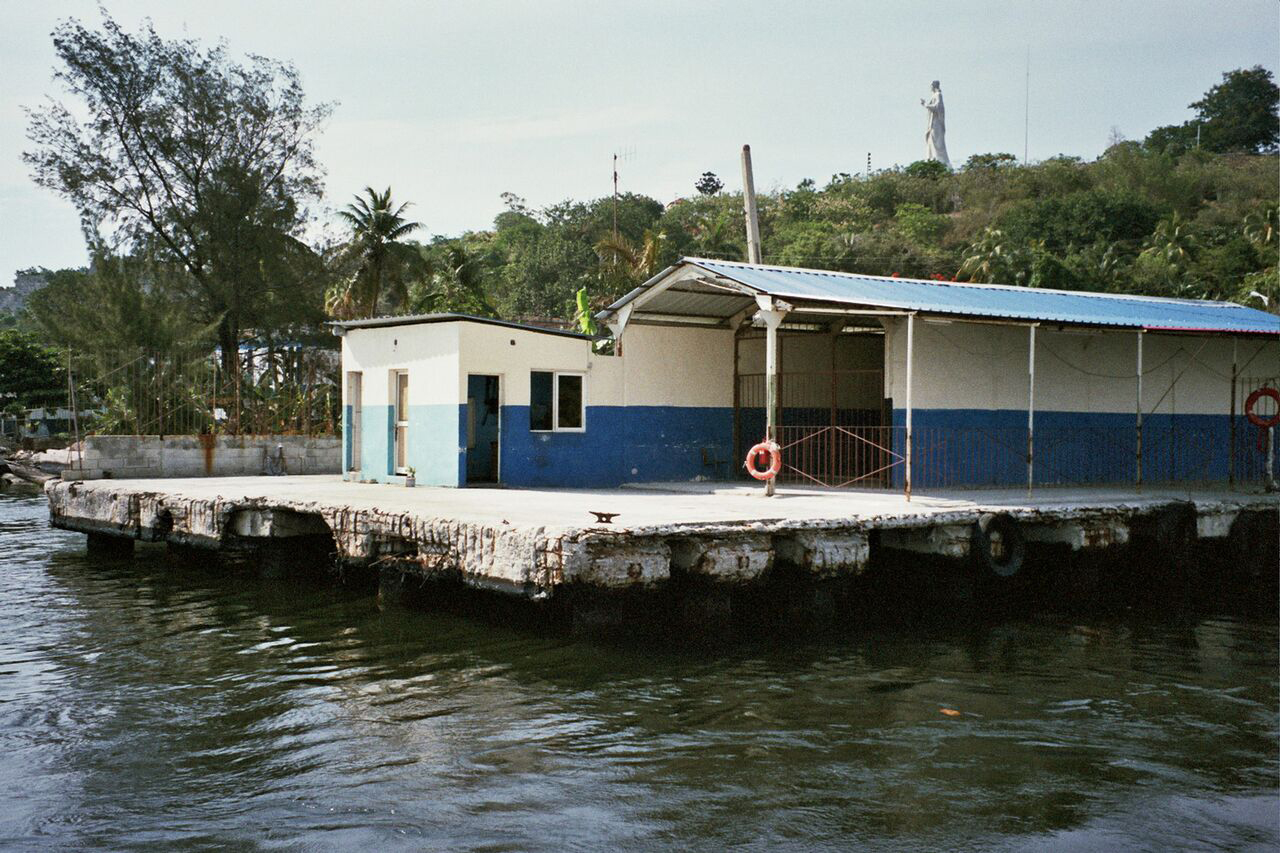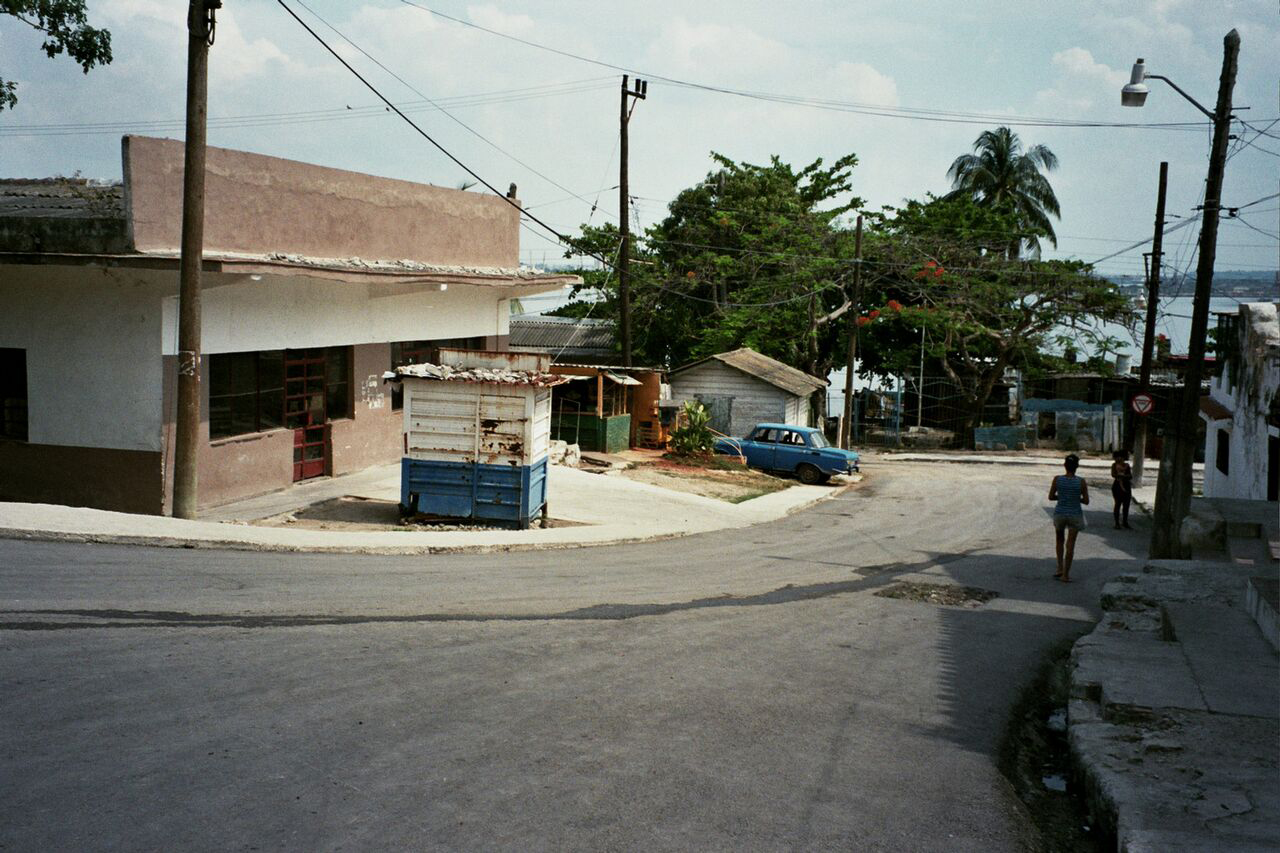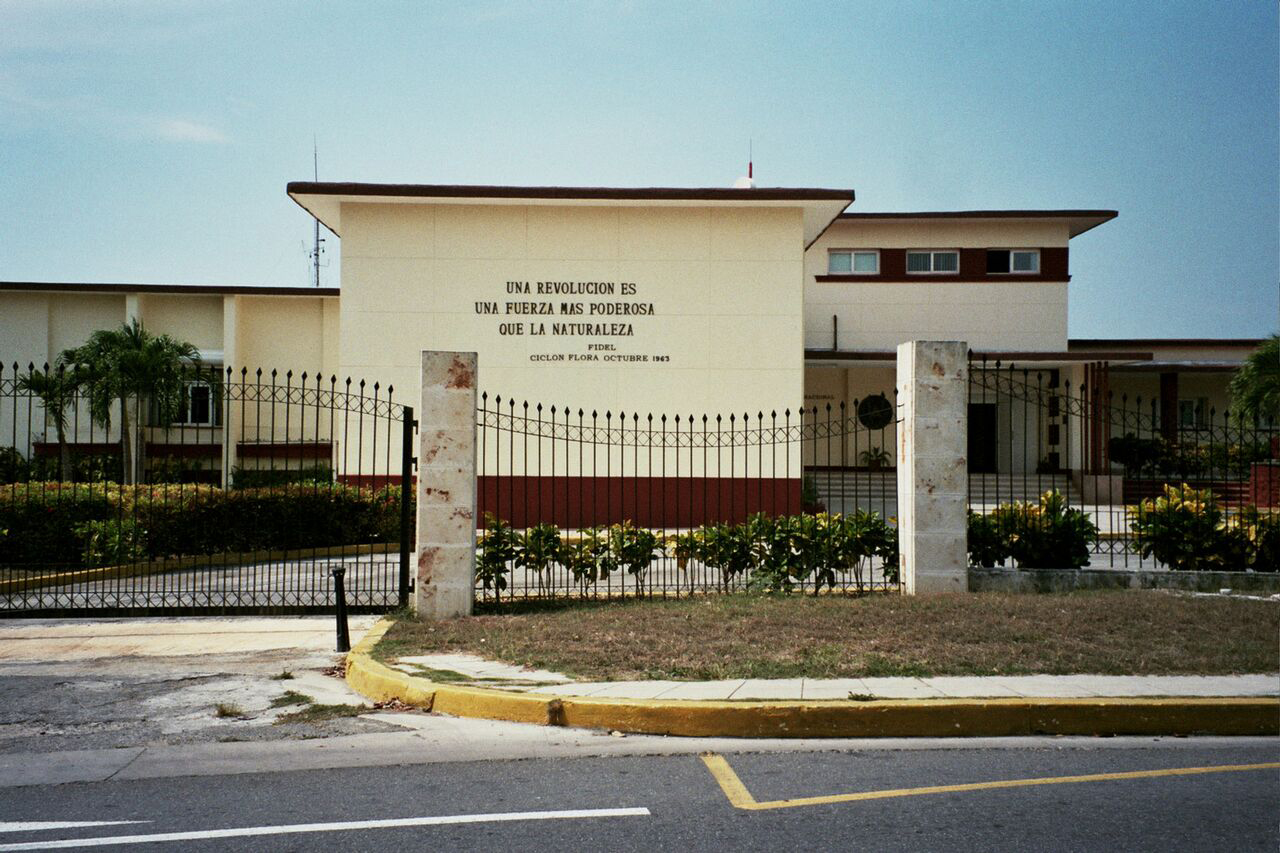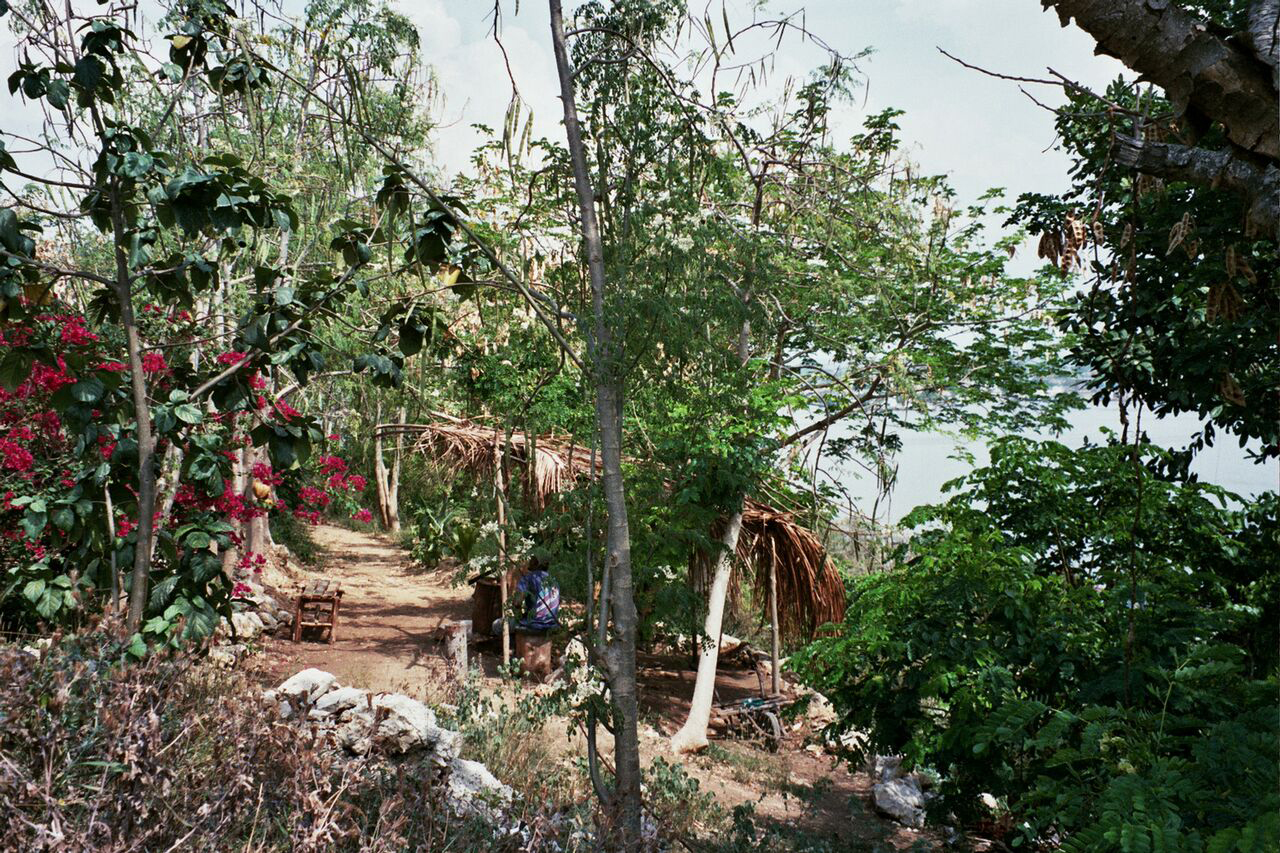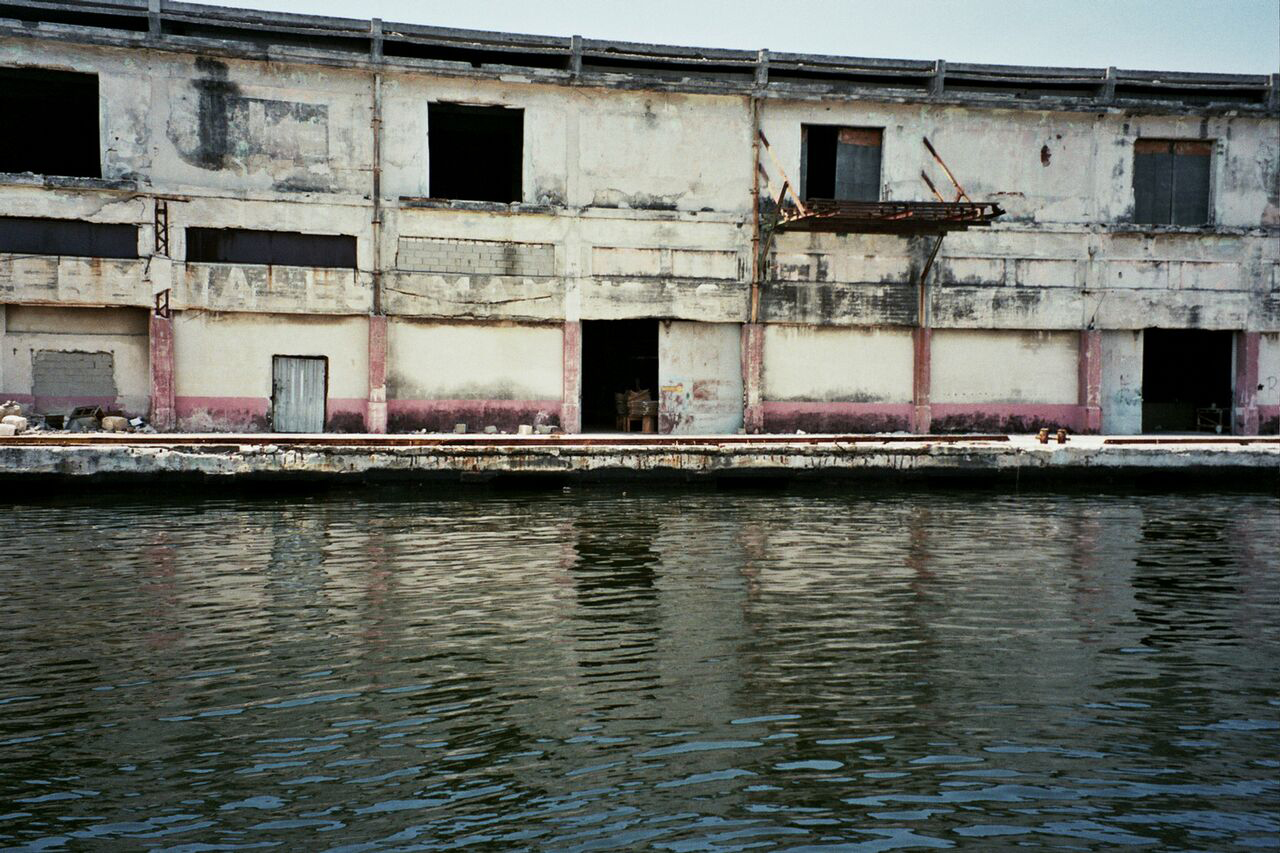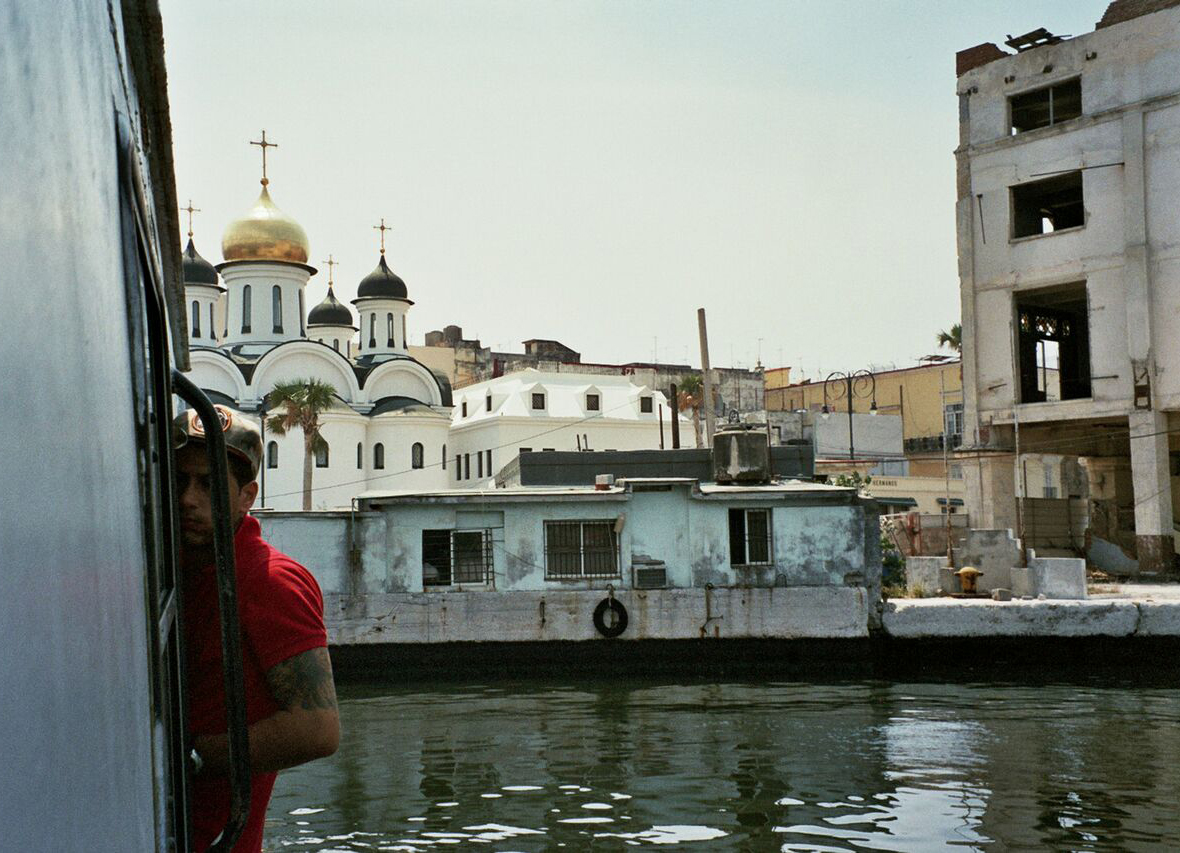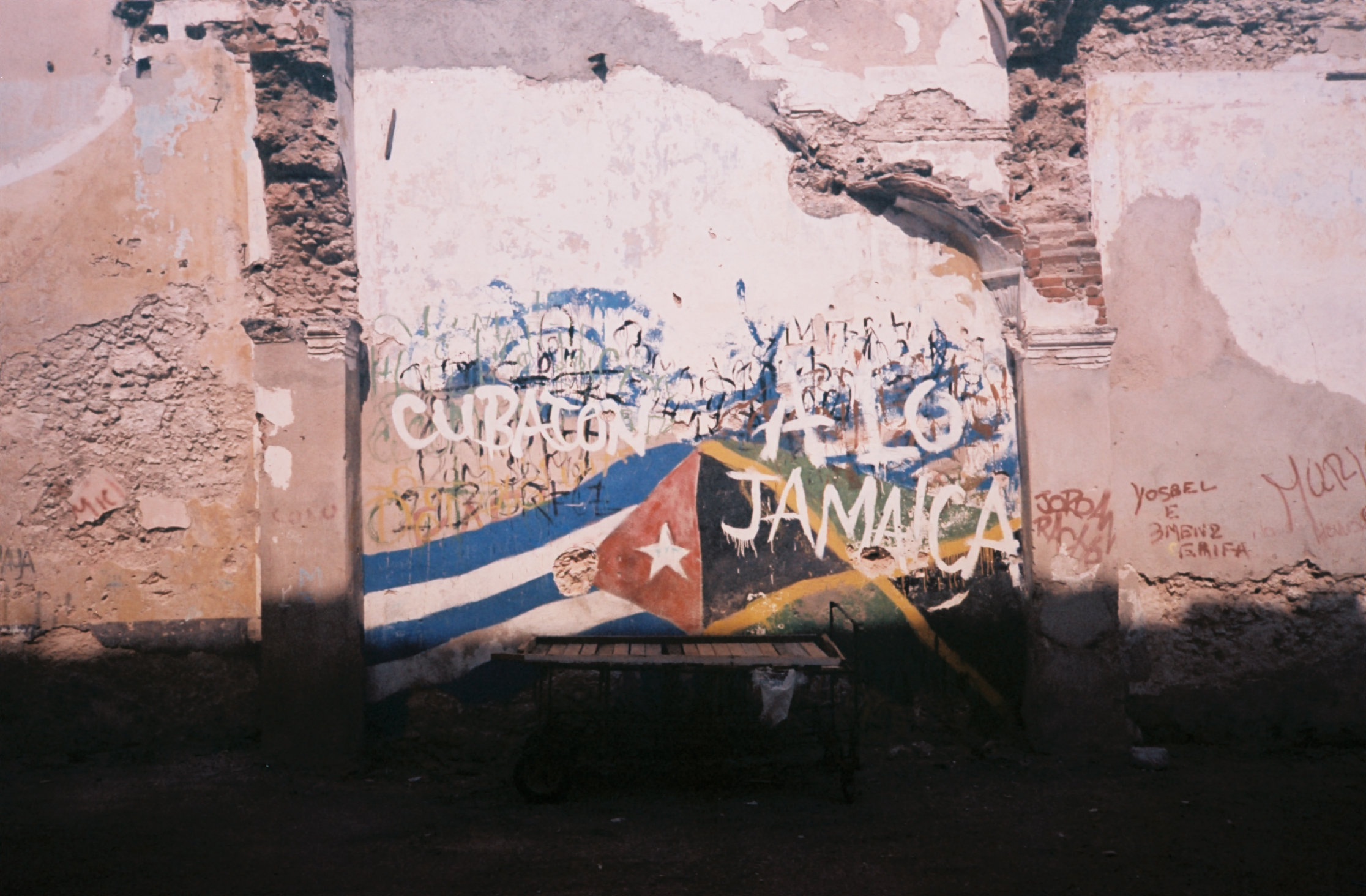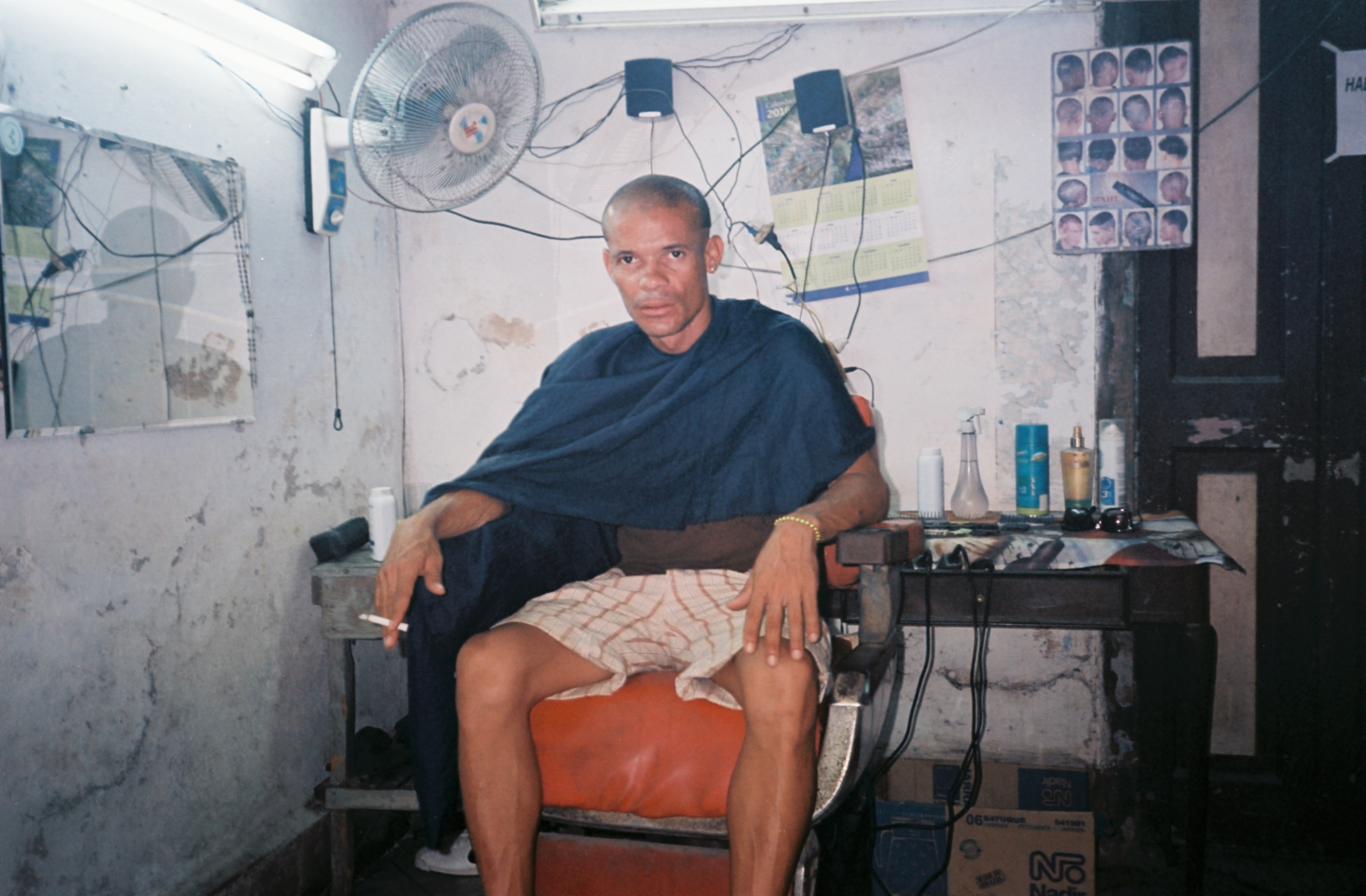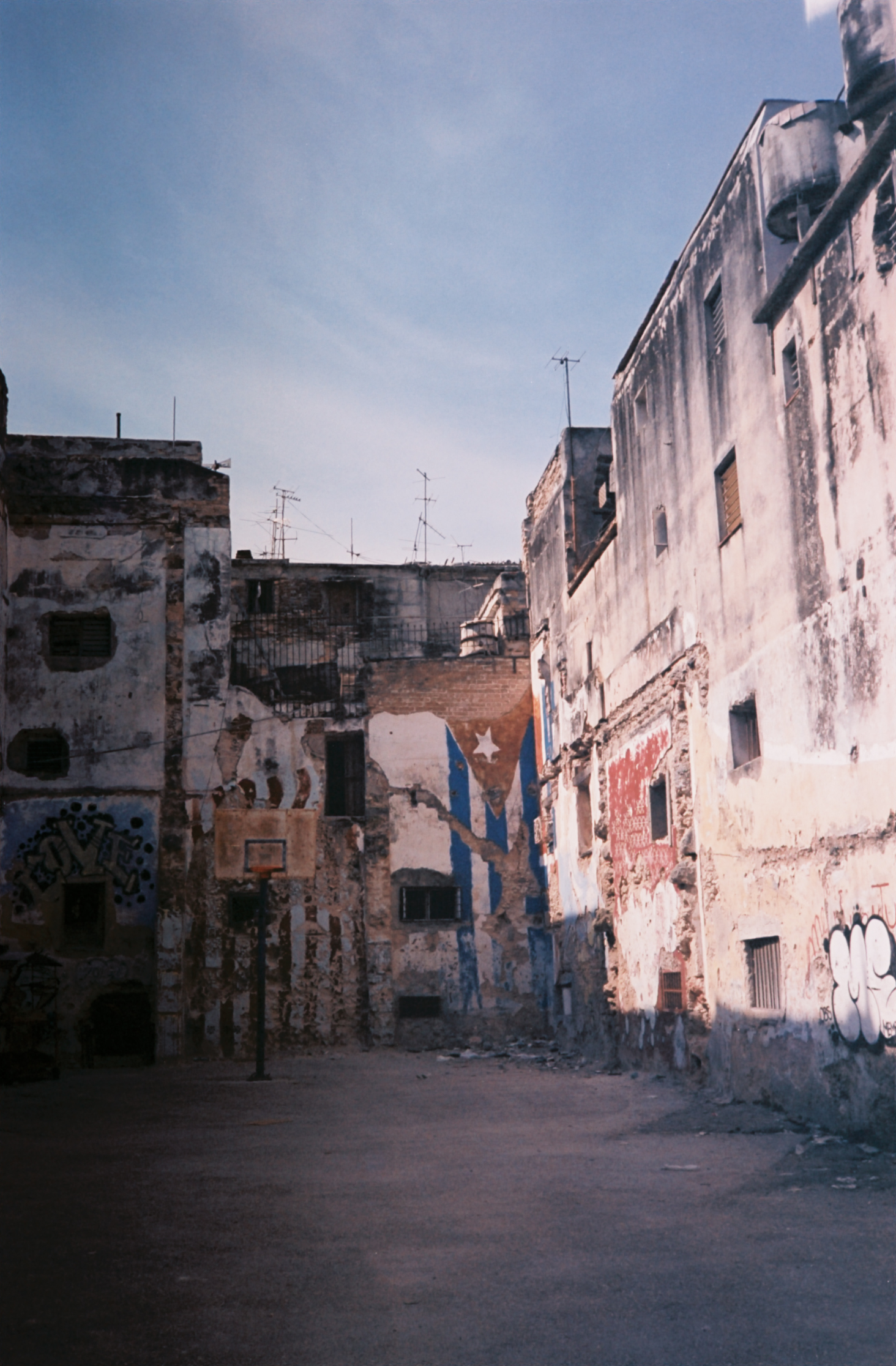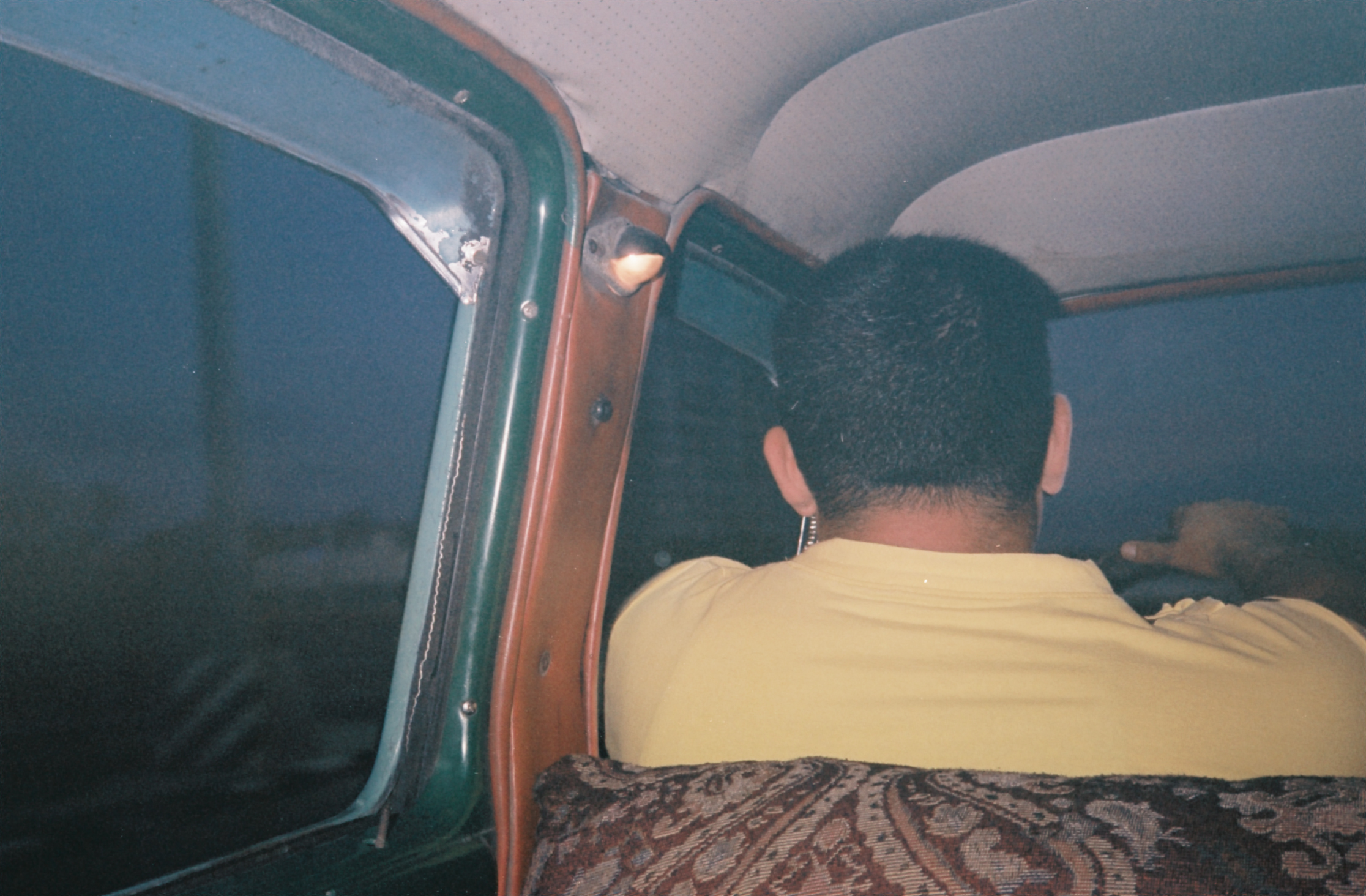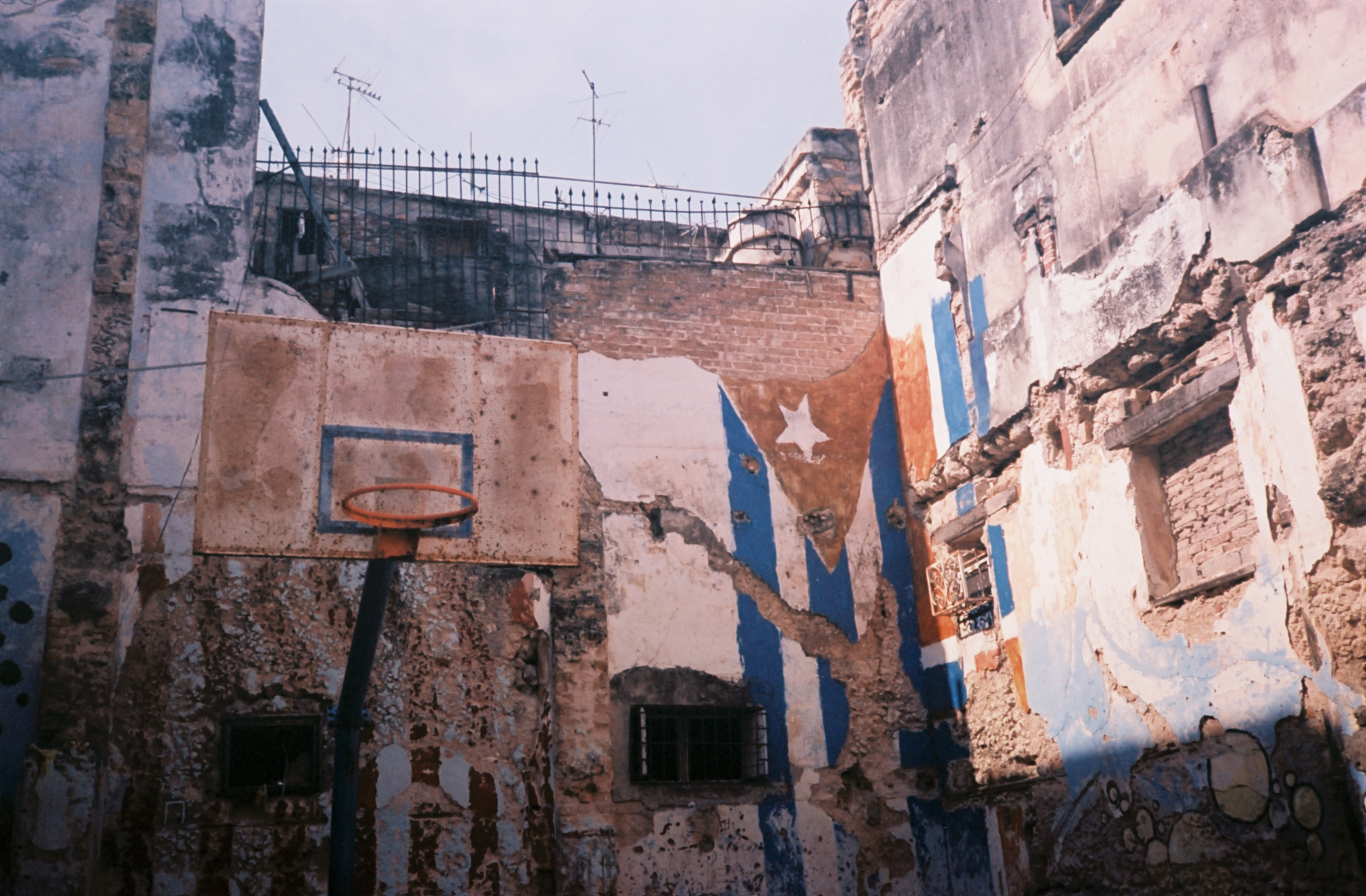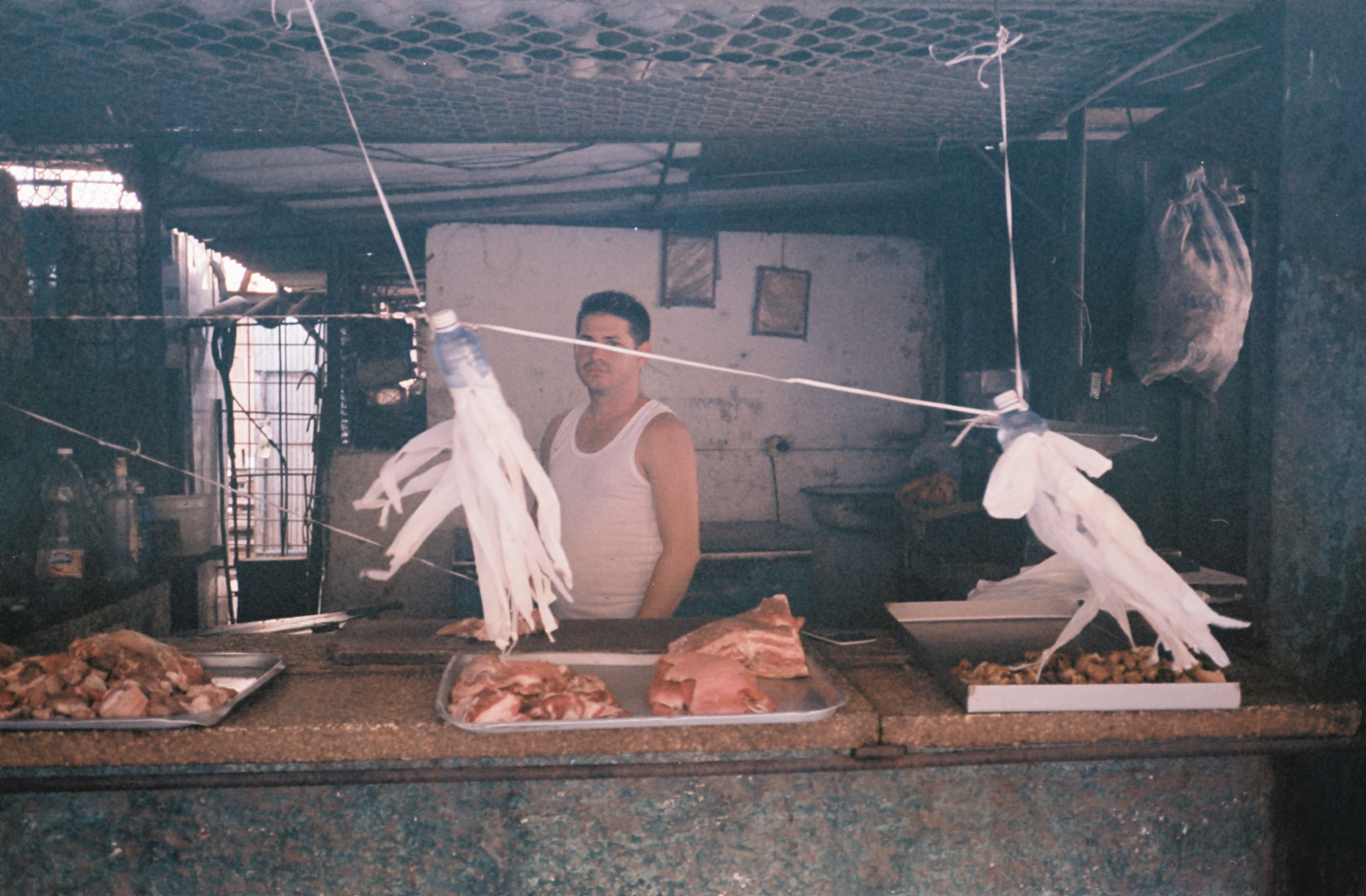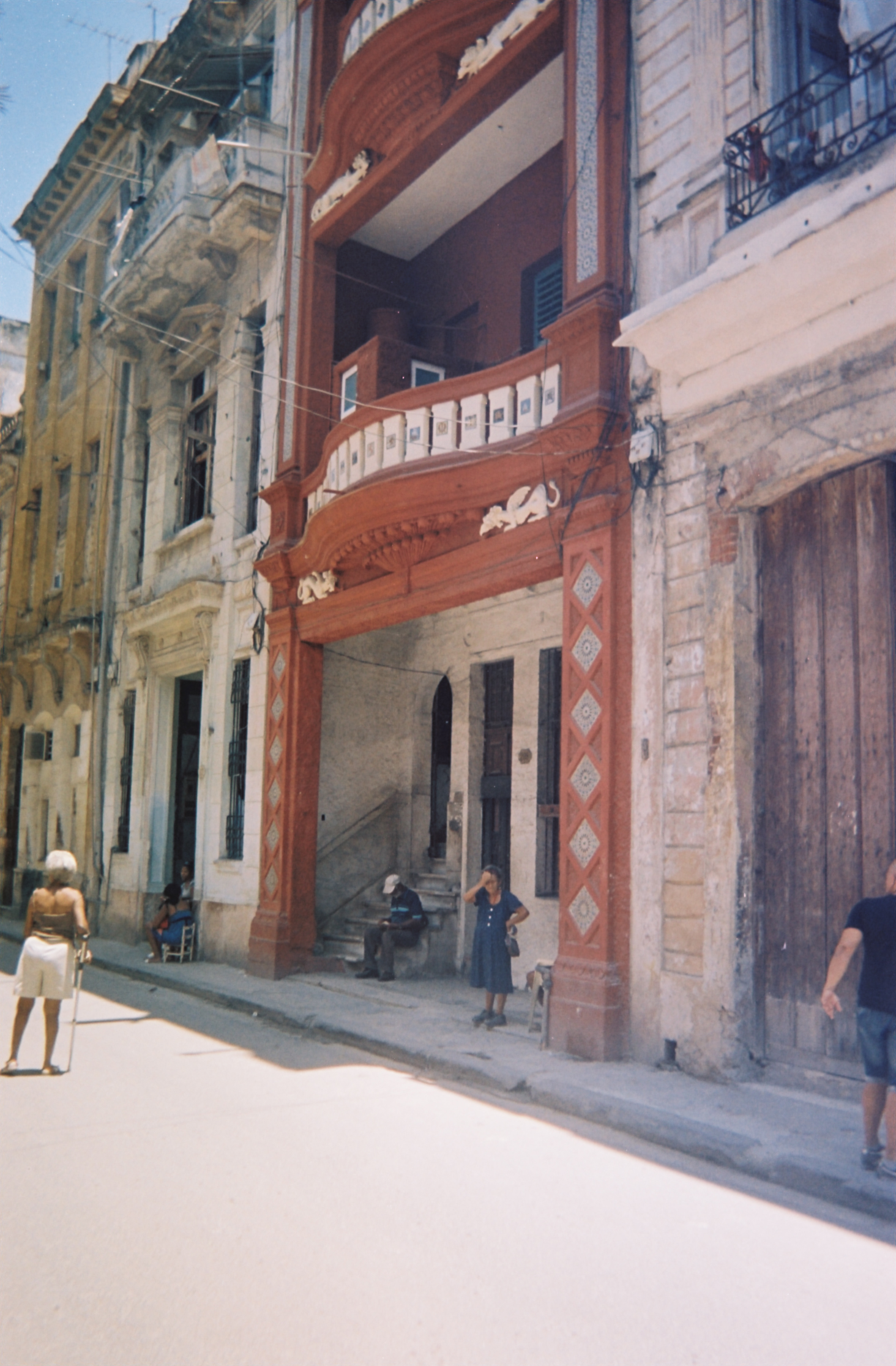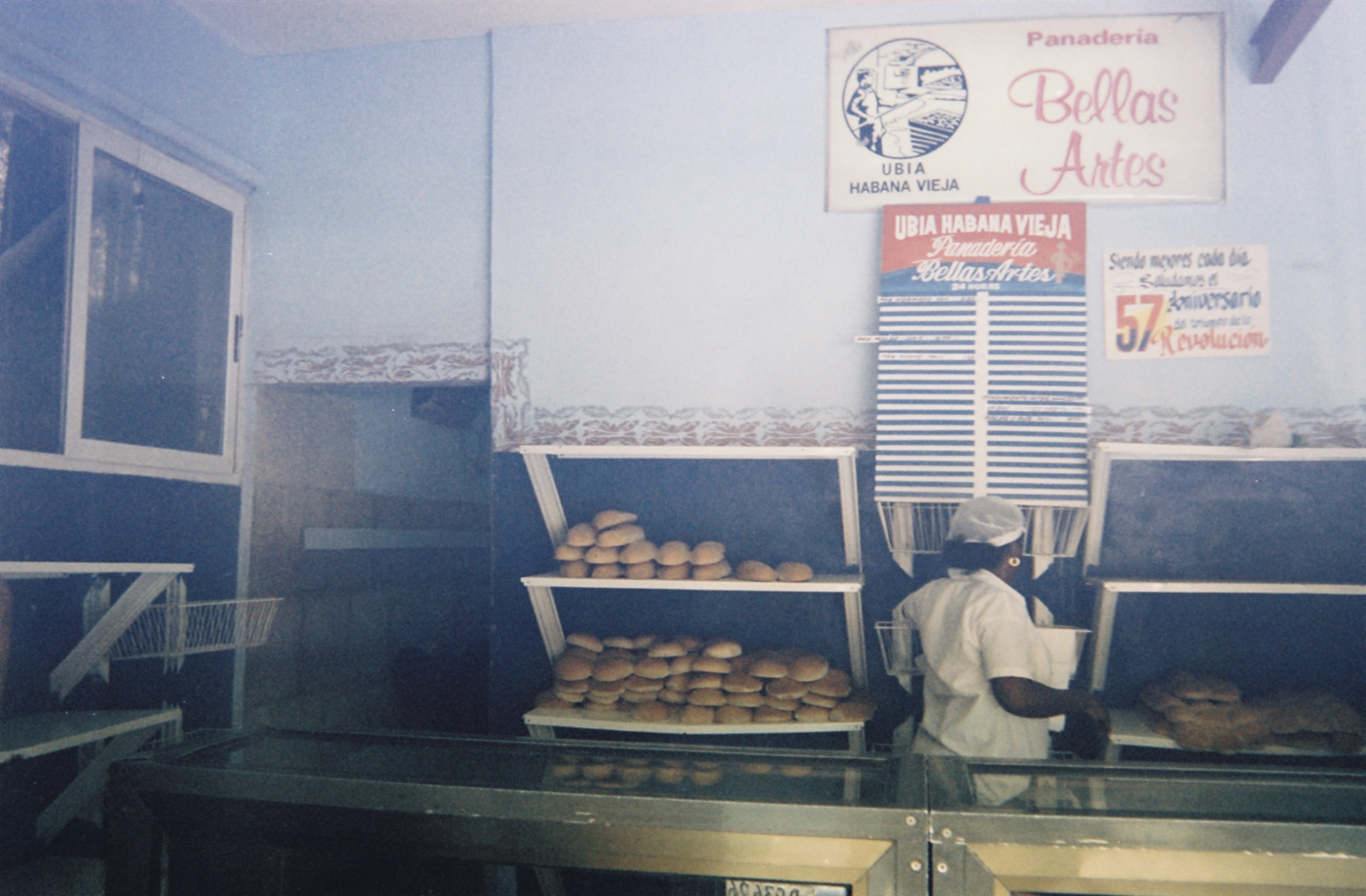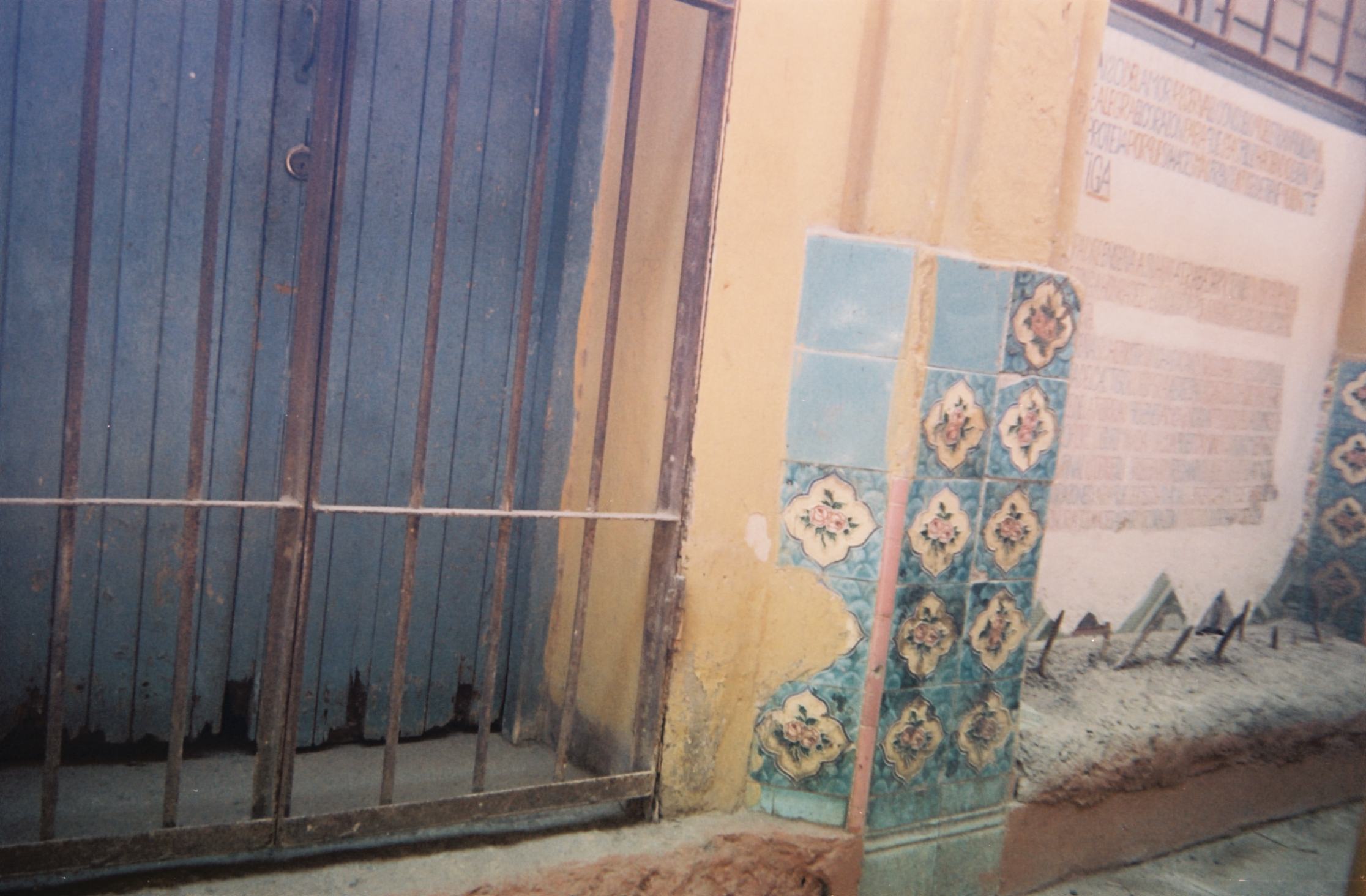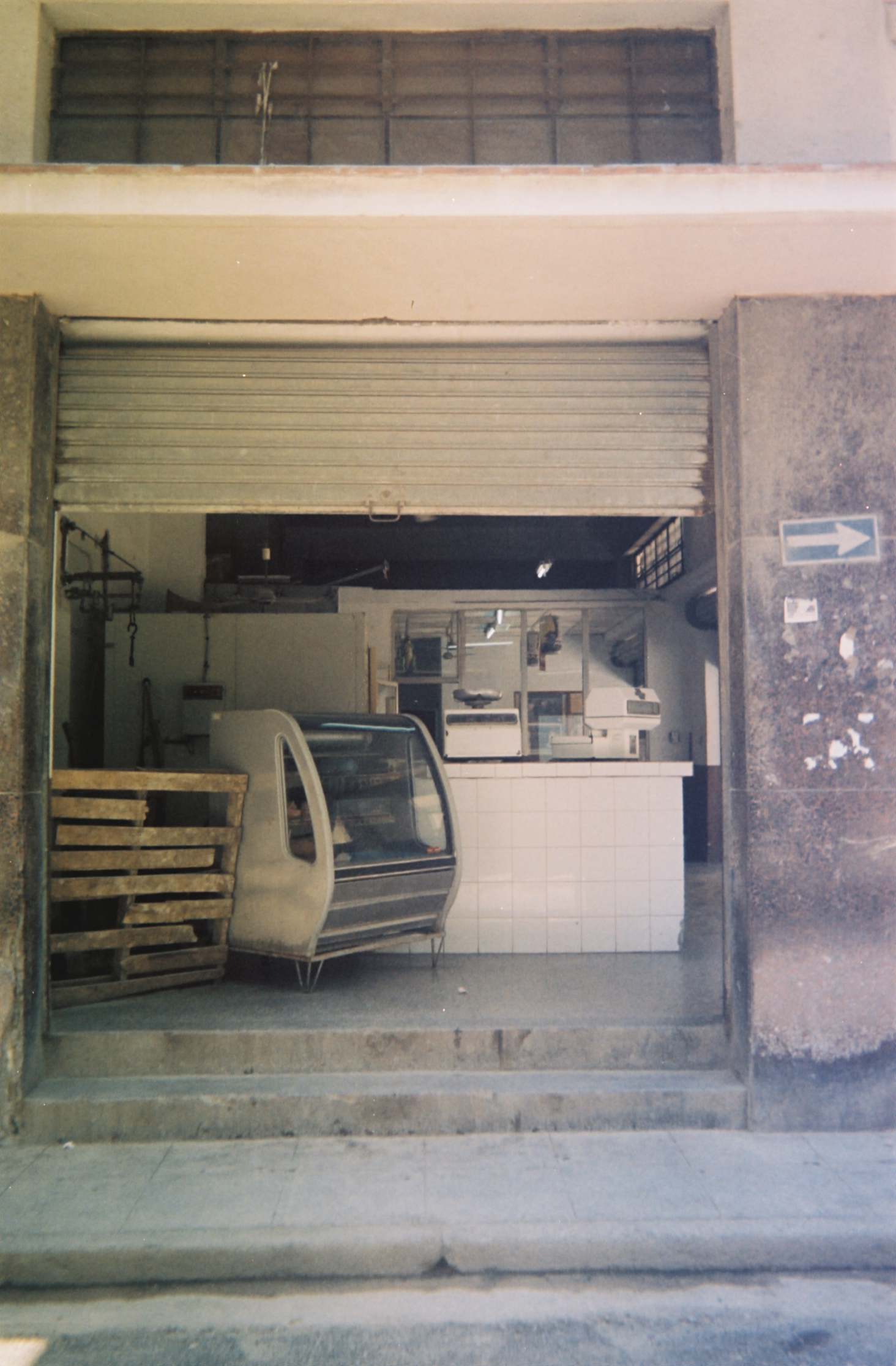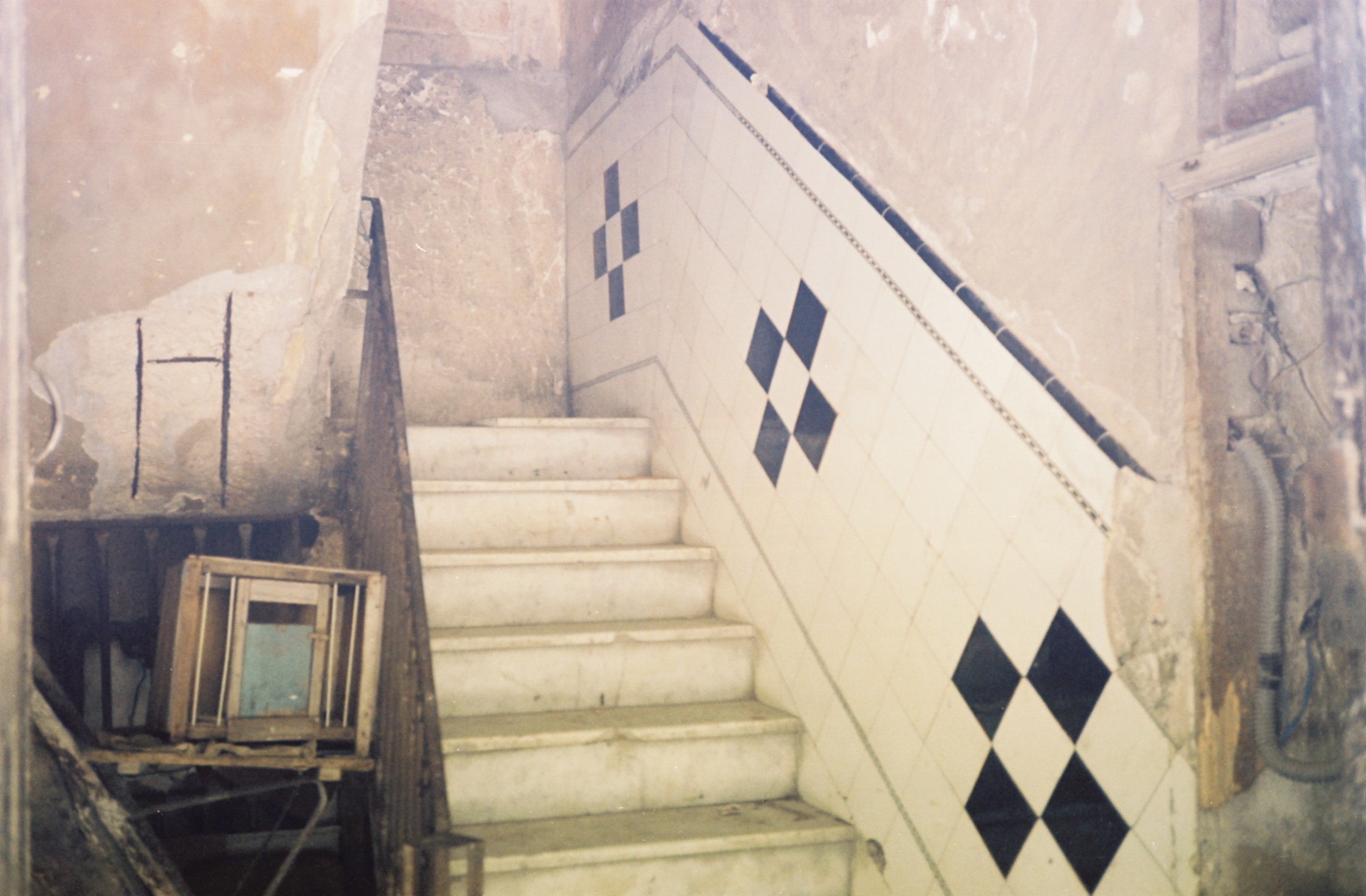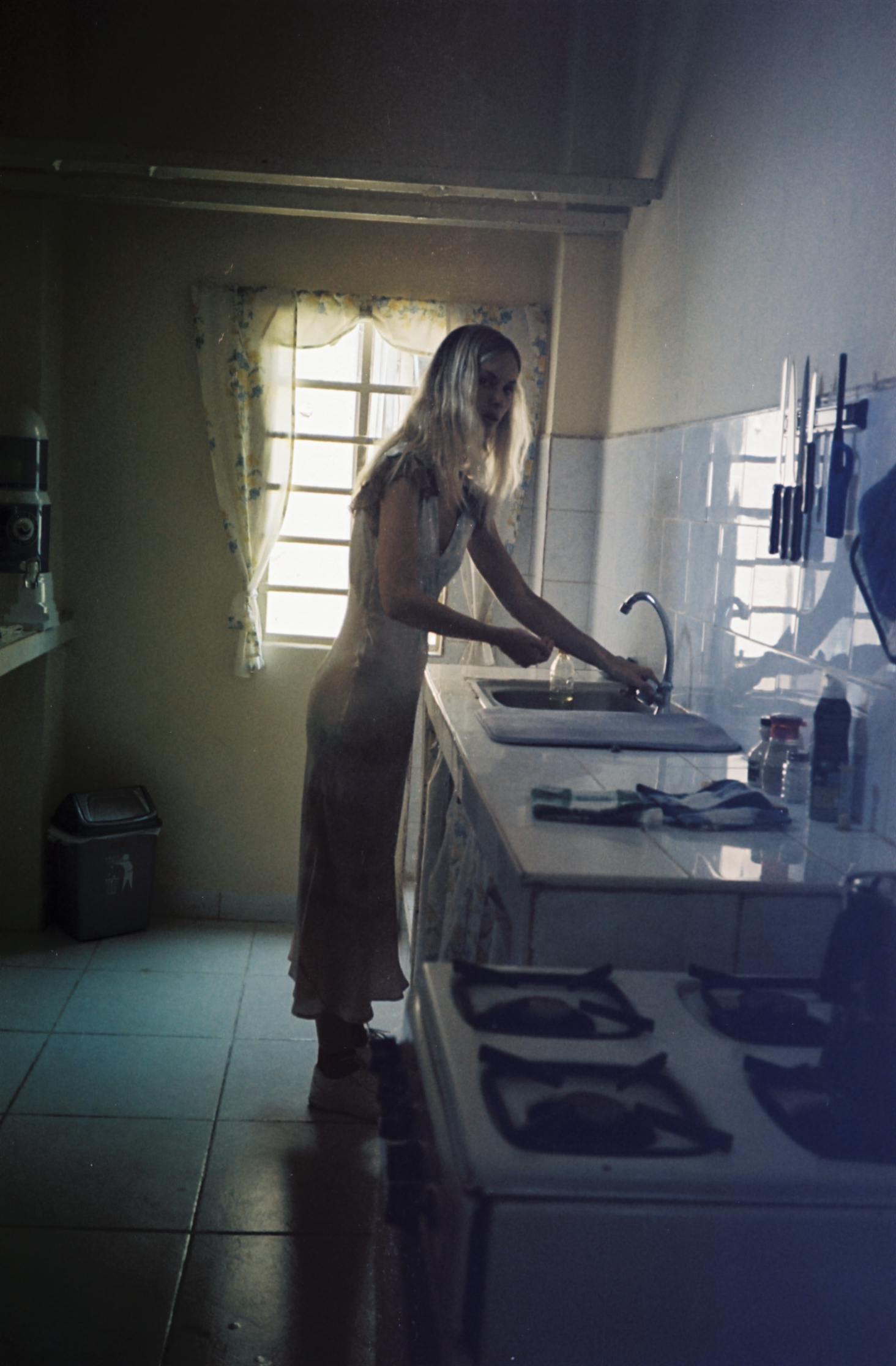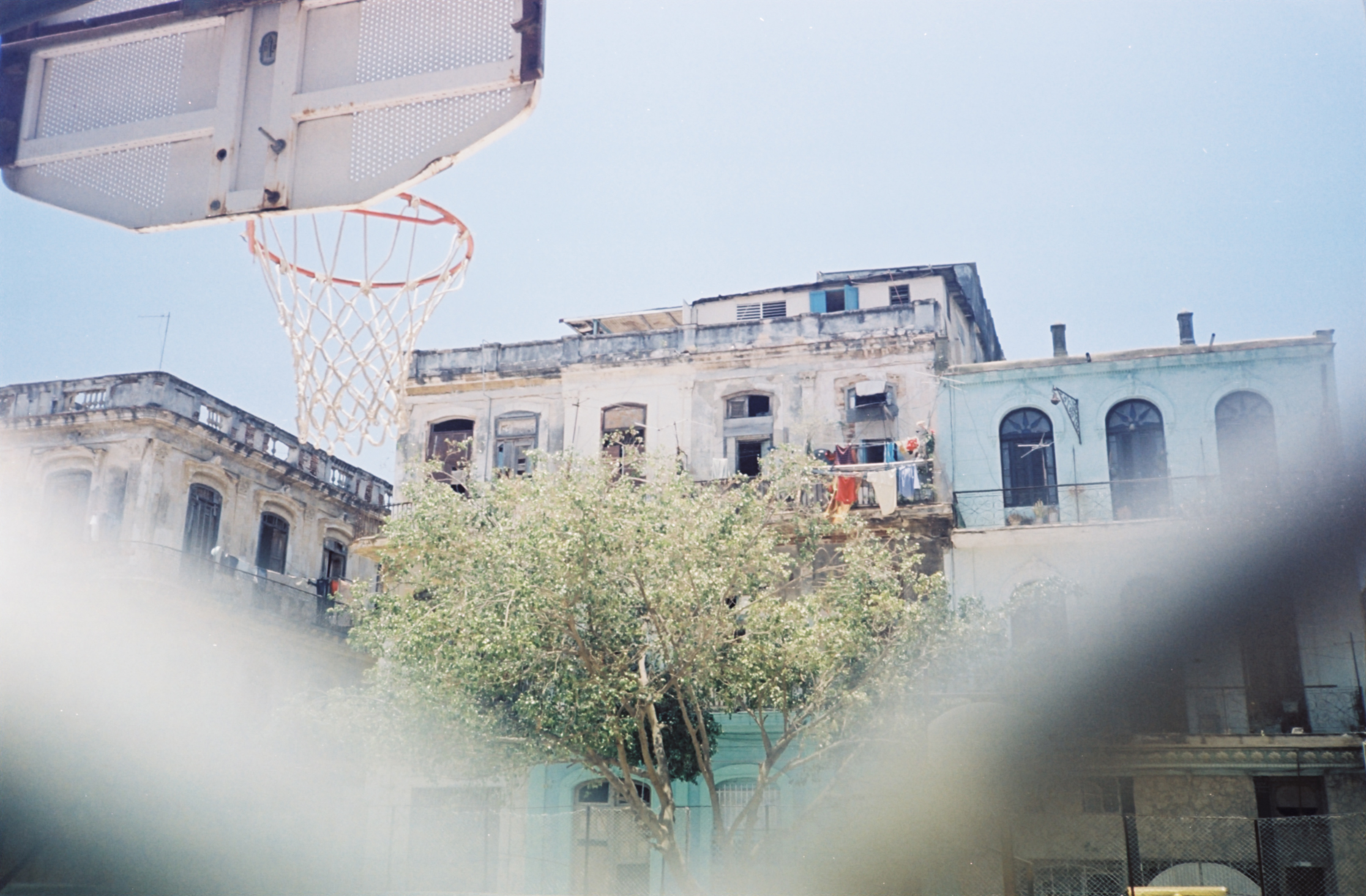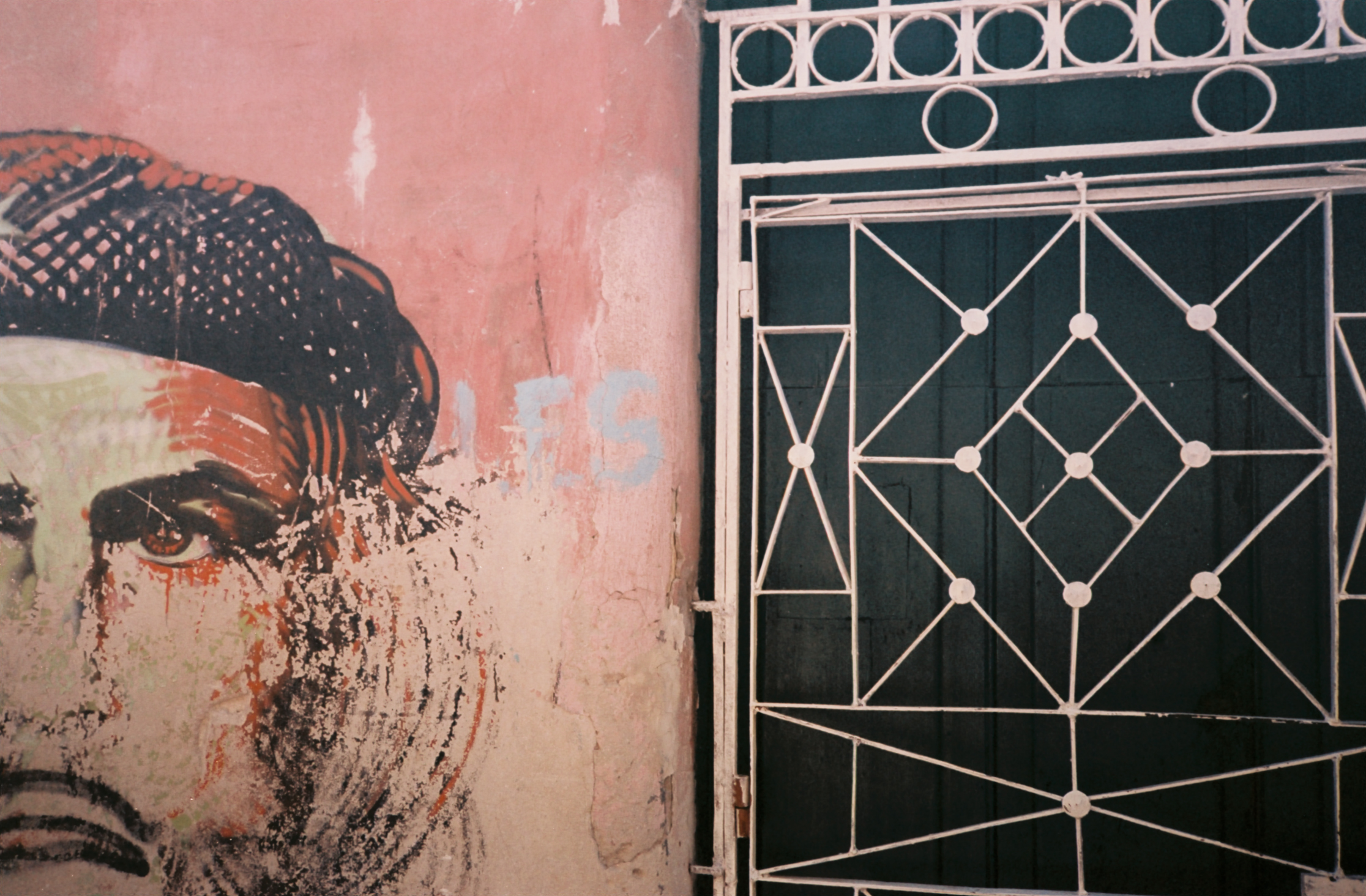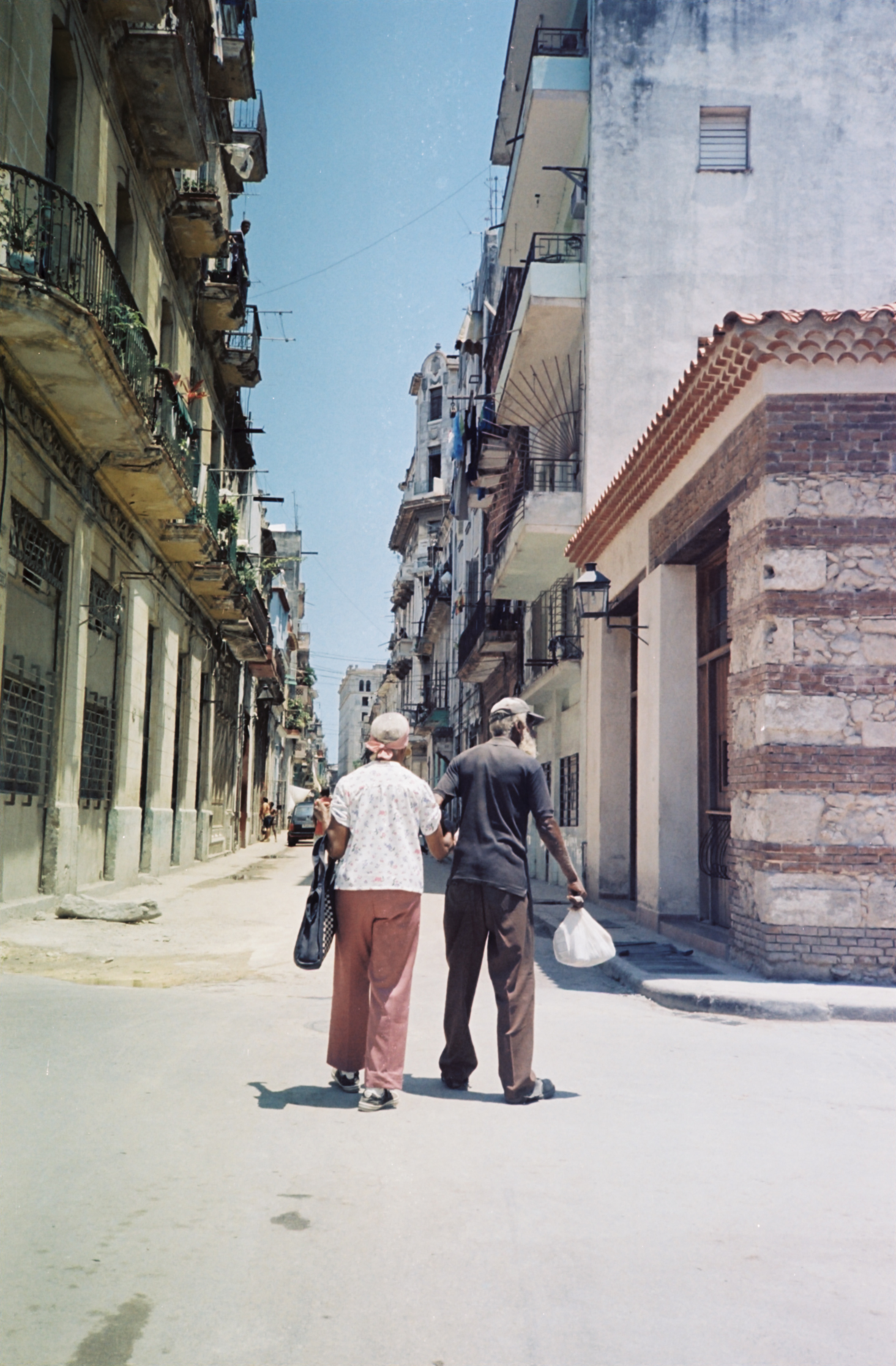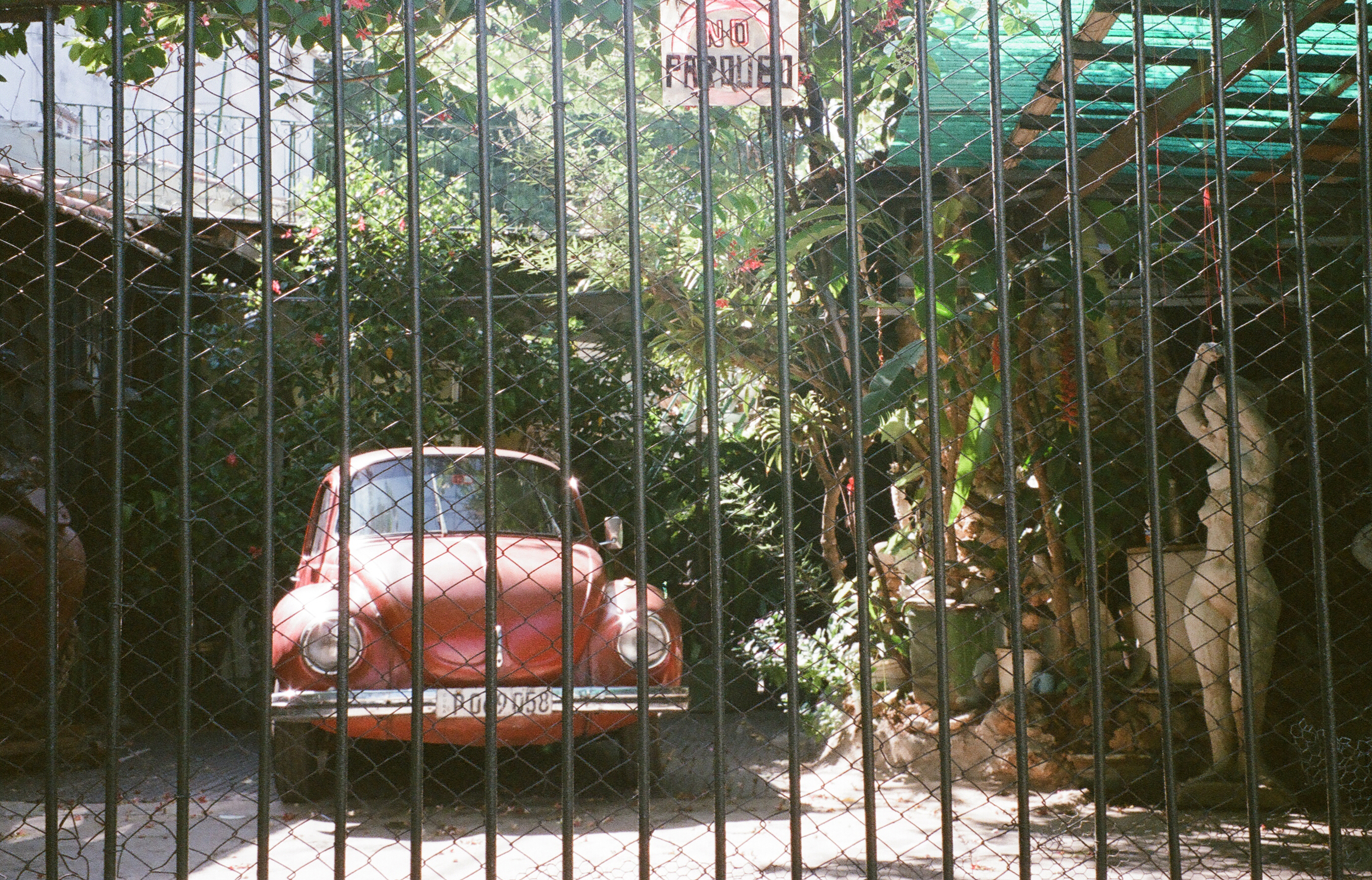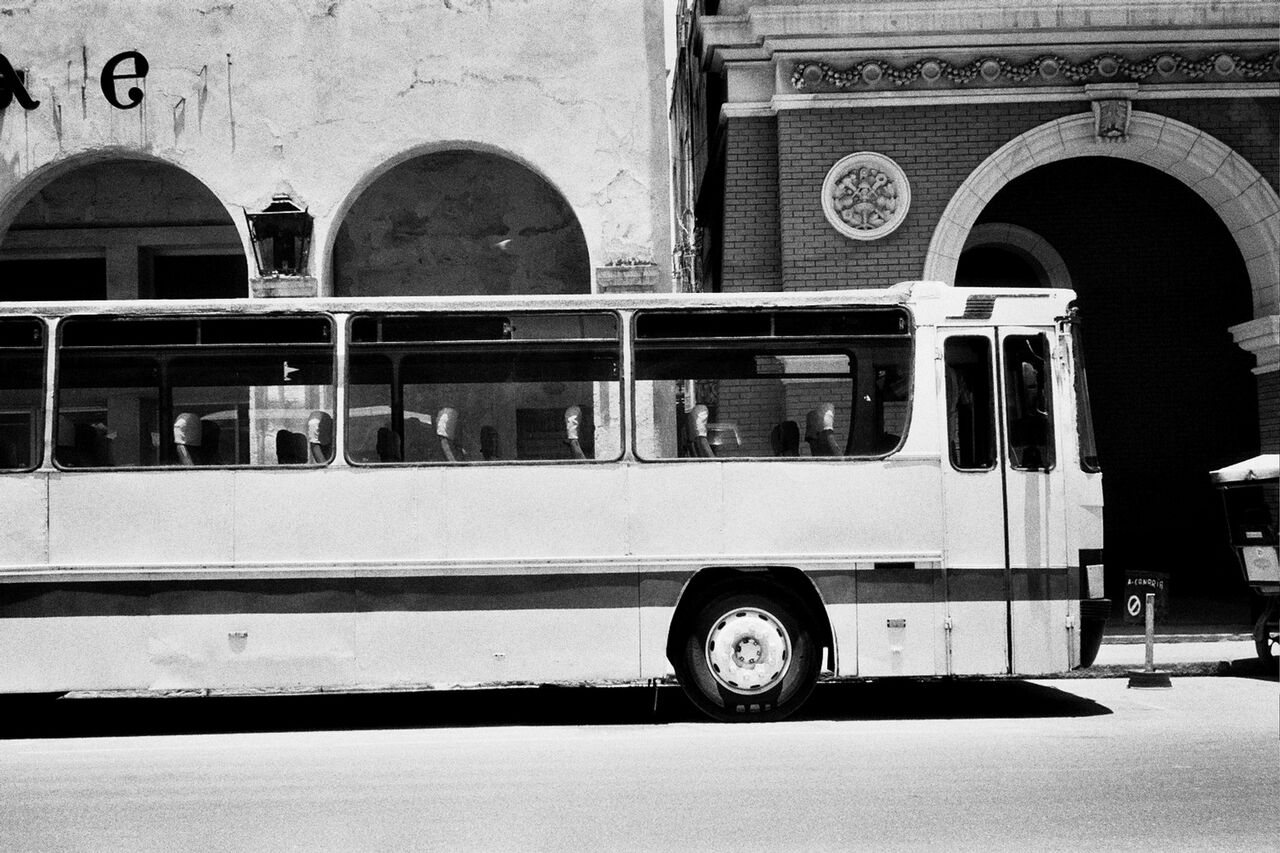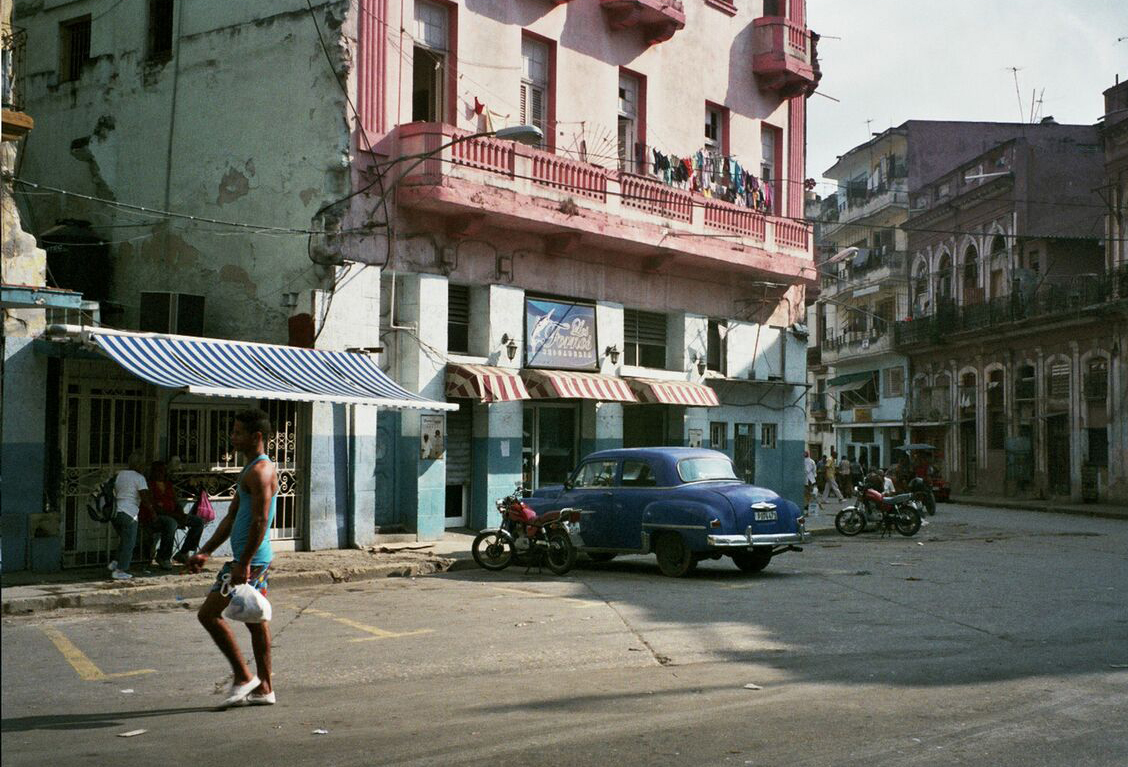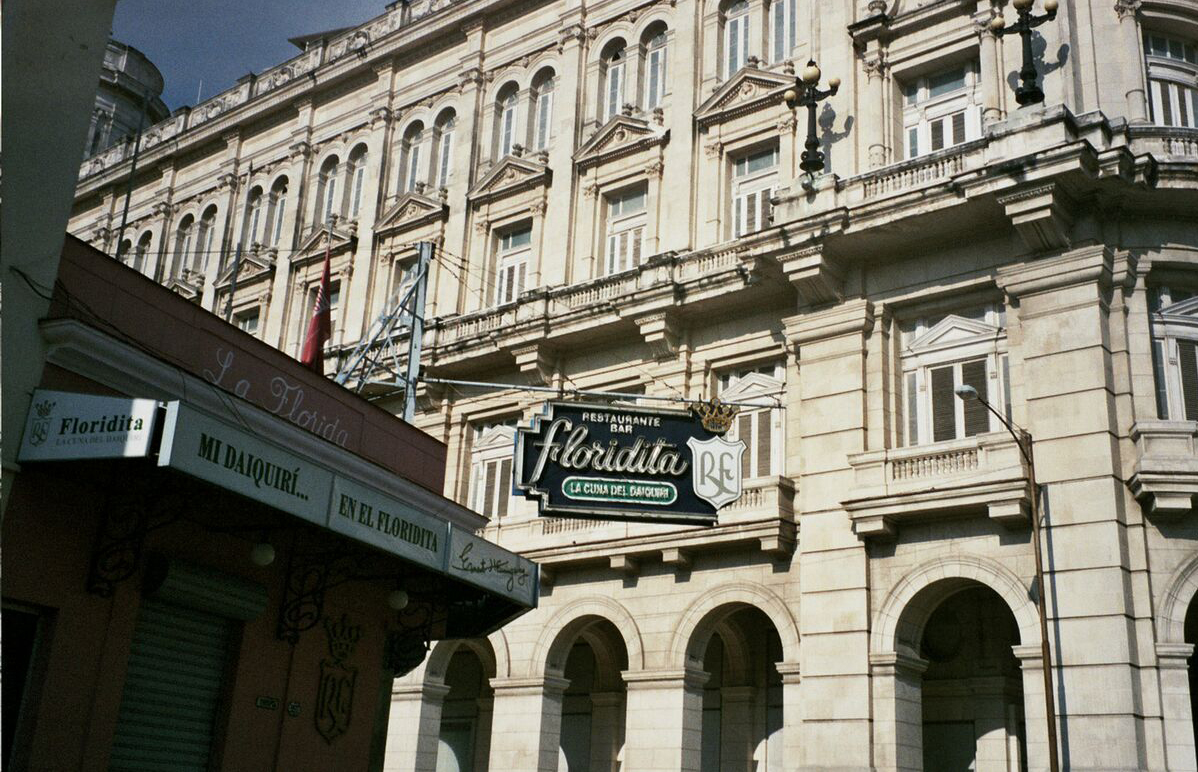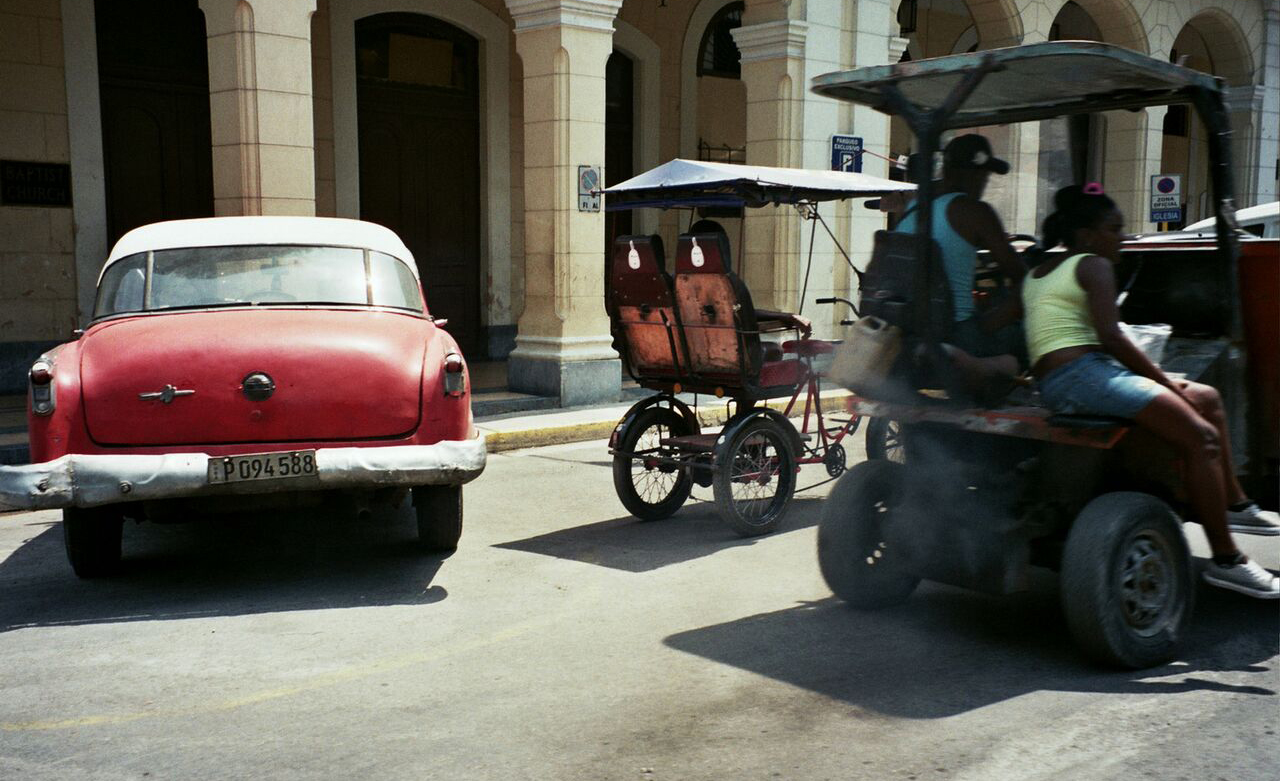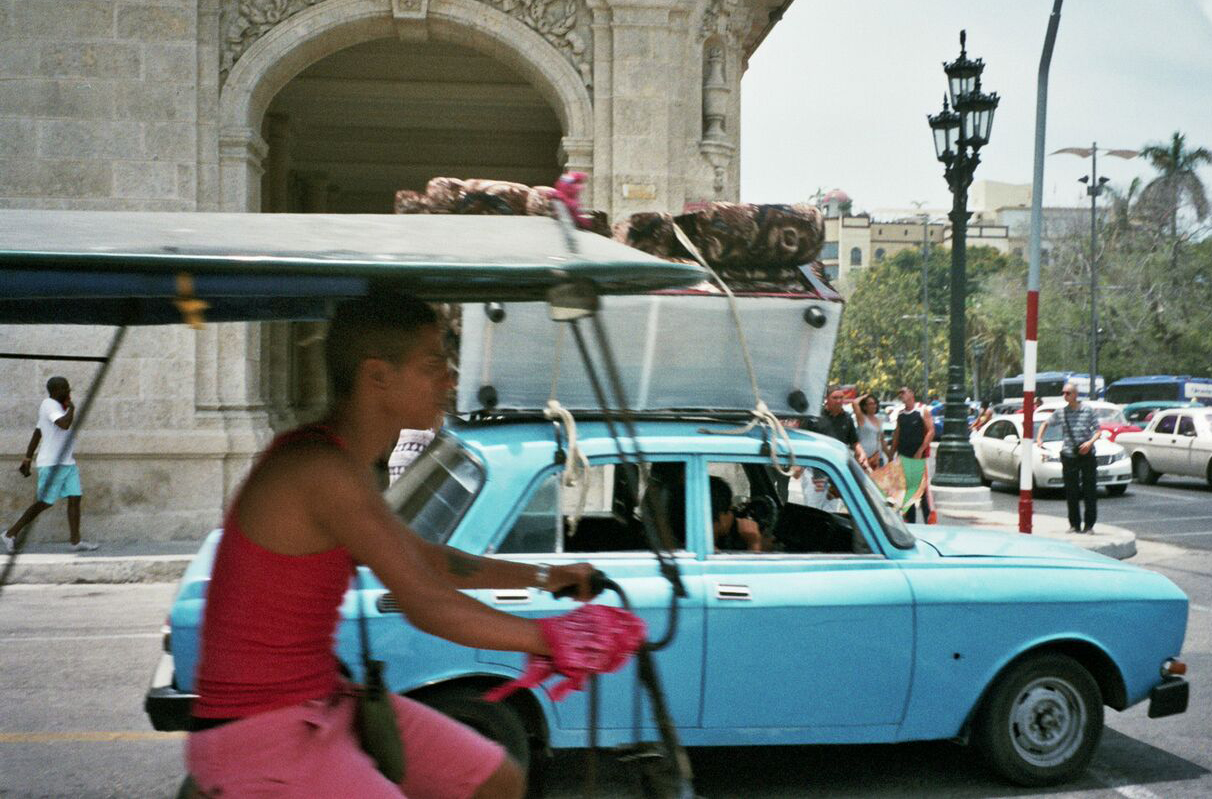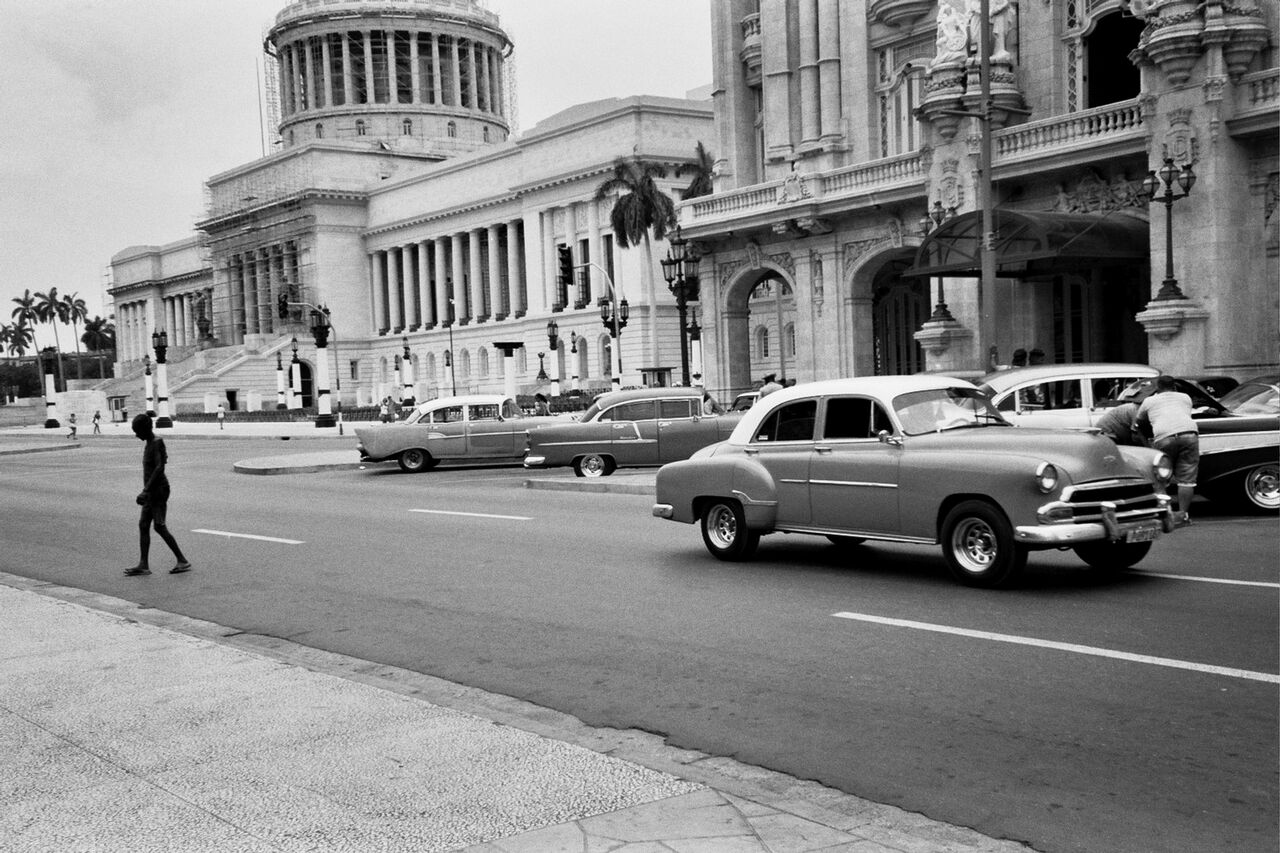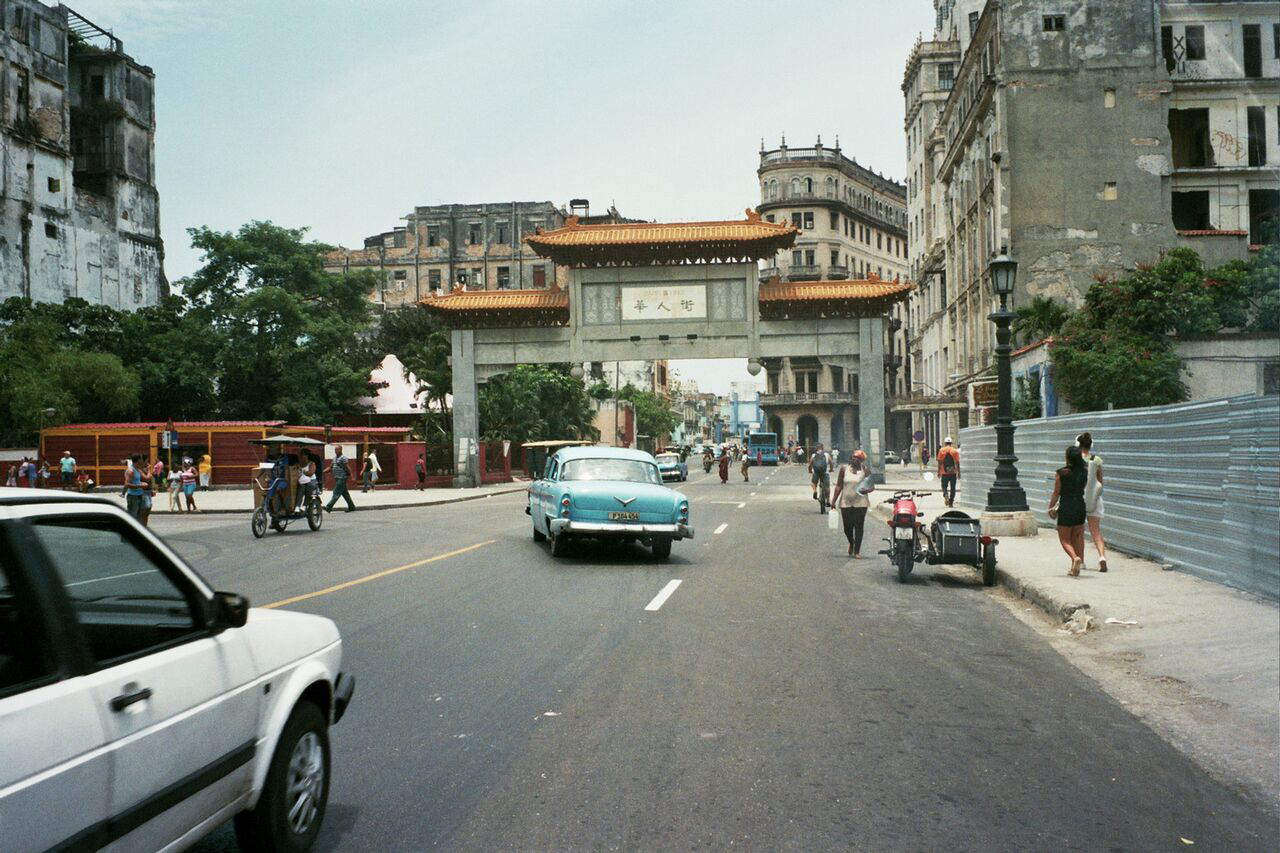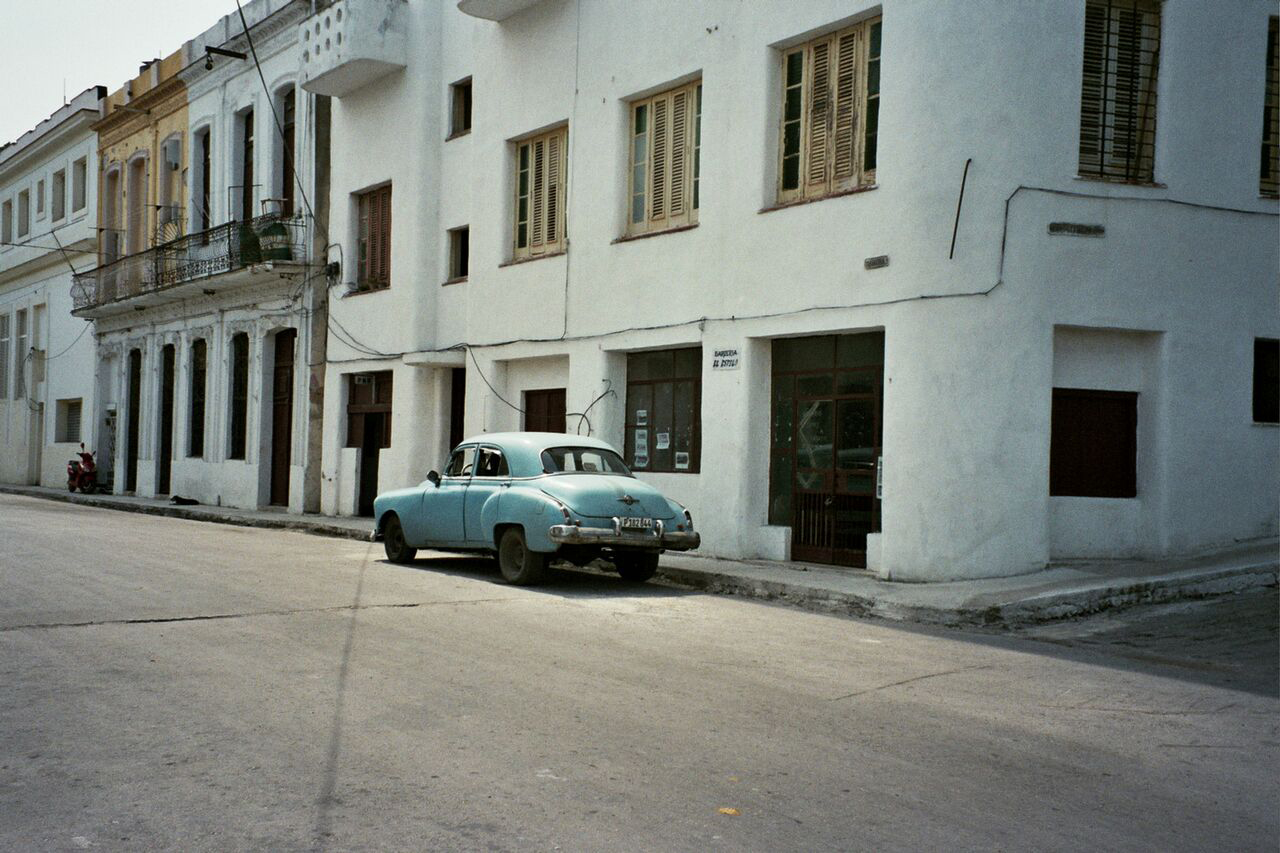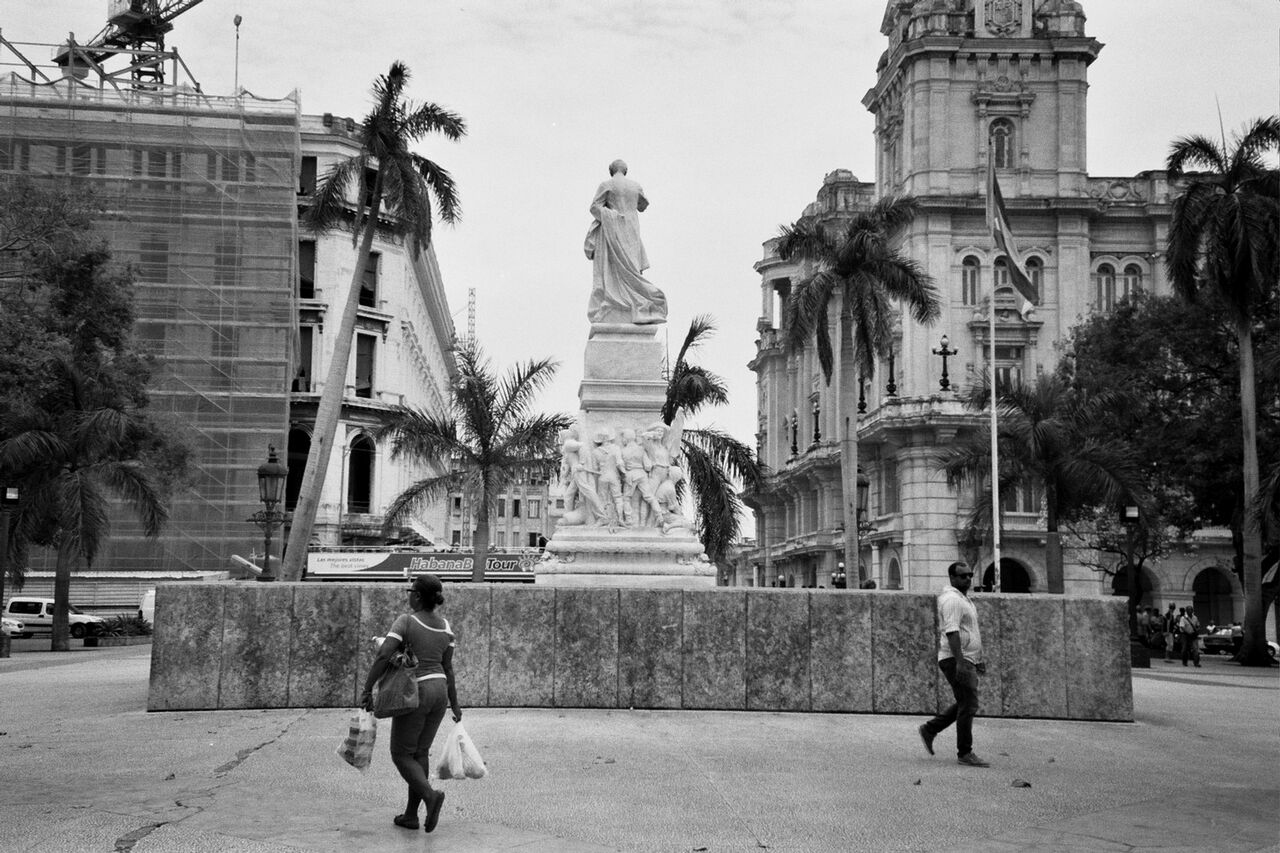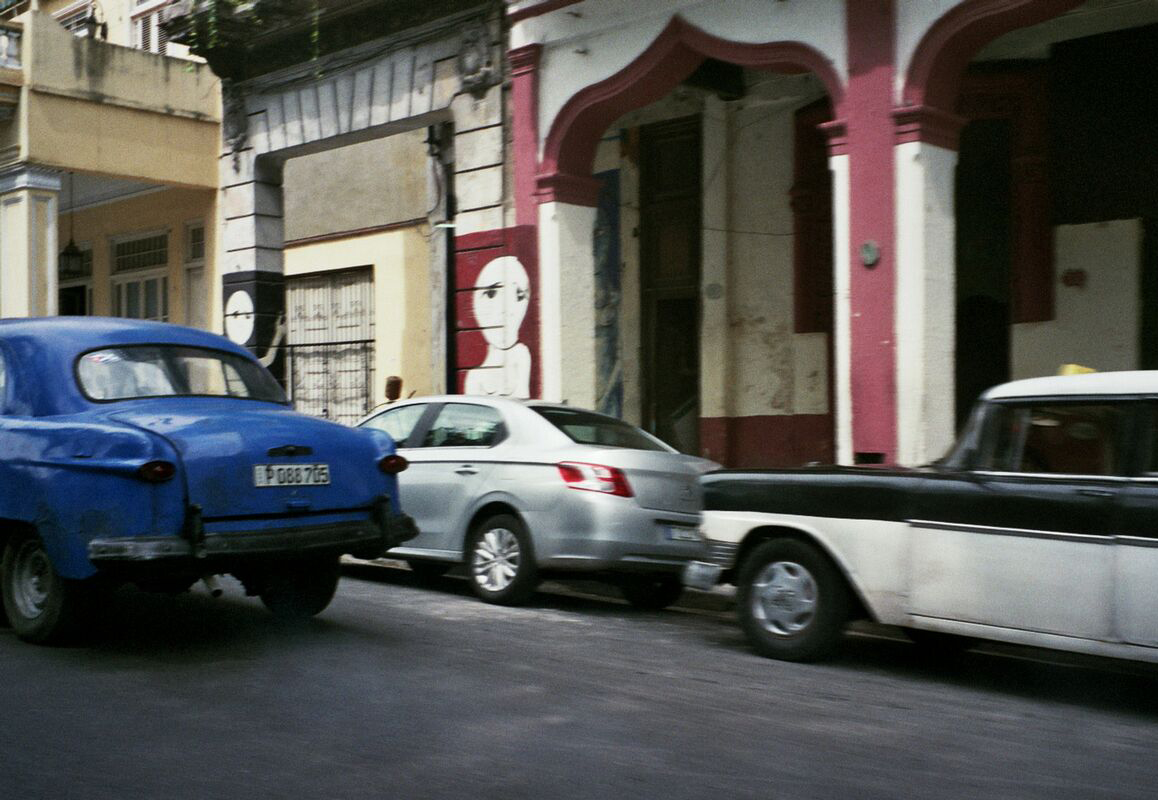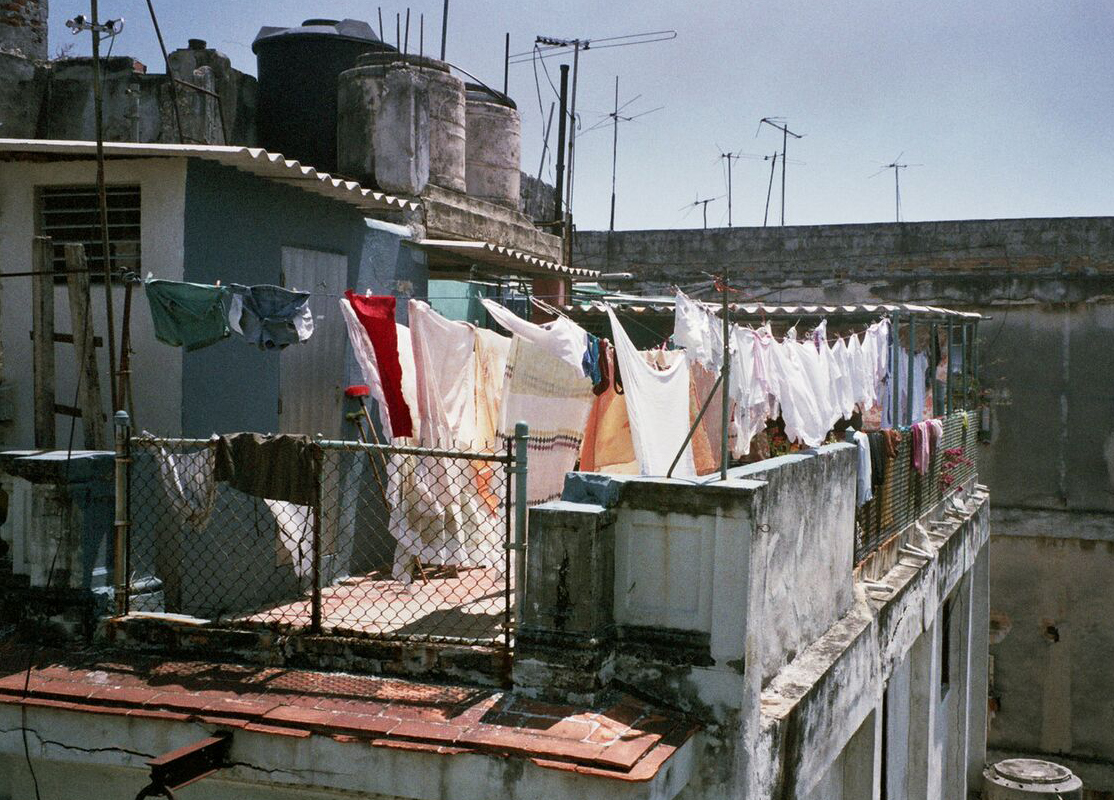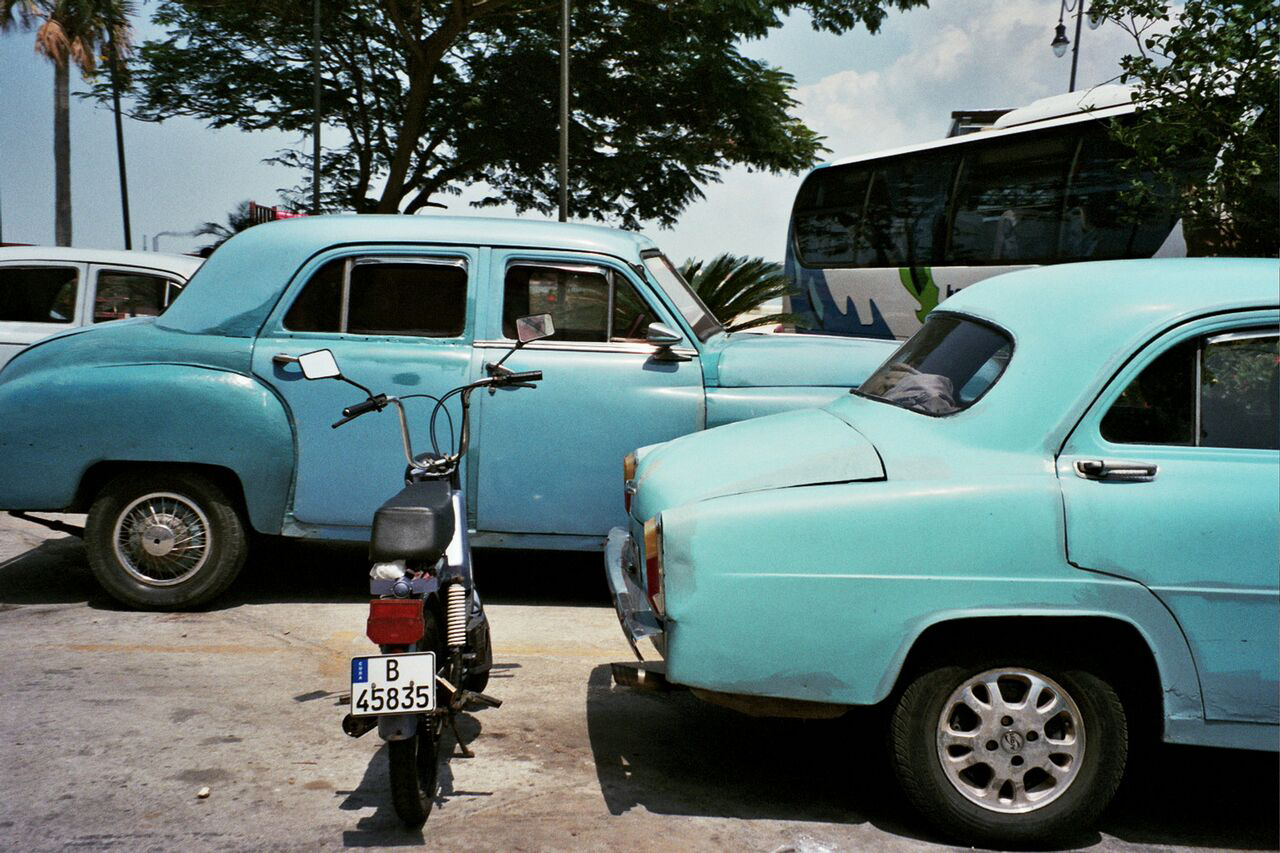Both born in 1989, Mattea Perrotta and Jonathan Ryan. each started out as observational painters and are now working in abstraction. Mattea Perrotta began painting portraits, then pivoted to a simplified, abstract series of shapes that capture and distill the essence of her female subjects into flattened, geometric forms. Jonathan Ryan’s abstractions reference architecture and universal form, he uses repetition and drop shadows to depict impossible structures. The exhibition is on view through June 30 at the Landing 5118 w Jefferson Boulevard Los Angeles. photographs by Lani Trock
Highlights From Sun Kissed Chokehold Curated By Laura Watters & Kaylie Schiff
Sun Kissed Chokehold was a pop up group show on view in Highland Park on October 17, 2018. Featured artists include: Aaron Elvis Jupin, Adam Beris, Alina Perkins, Ariana Papademetropoulos, Bennet Shliesinger, Brendan Donnelly, Chris Fallon, Chris Lux, David Black, Giovanni Duca, Greg ito, Gustaf von Arbin, Hannah Hooper, Ivan Comas, Jessica Williams, John Zane Zappas, Lukas Geronimus, Mattea Perrotta, Maxwell McMaster, Nick Darmstaedter, Nicklas Stewart, Sam Keller, Steve Aldahl, and Sophia Green. photographs by Oliver Maxwell Kupper
The Weeping Line Group Show Presented by Alter Space @ Four Six One Nine in Los Angeles
Alter Space presents The Weeping Line, a three-person exhibition featuring San Francisco-based Koak, Los Angeles-based Mattea Perrotta and Chicago-based Mindy Rose Schwartz. The Weeping Line will be on view until October 8 at Alter Space at Four Six One Nine 4619 W Washington Blvd Los Angeles.
A Trip To Vedado In Cuba by Mattea Perrotta
El Vedado is a unique place. Sitting outside of the Old City, El Vedado has it’s own identity that architecturally resembles almost nothing of Old Havana. El Vedado features some of the best examples of early and mid-twentieth century architecture and urban planning in Cuba. The influx of Spanish immigrants in the early twentieth century brought with them art nouveau, along with neoclassical buildings, Art Deco styles, as well as works of the Modern movement. The neighborhood was initially developed in the second half of the nineteenth century, but became the heart of modern Havana in the 60’s. One of my favorite structures was the Vedado Sports arena built in 1956, located along the Malecon waterfront boulevard. Big arches, minimal lines and the bright colors of the arena’s steps make it stand out among the rest of the structures along the Malecon. If you travel through Vedado, take some time to see it. Lucky enough, we had a flat only a few blocks from the arena, and one block from the sea. The Malecon is a destination spot on it’s own, it's a seawall that stretches about 5 miles down Havana. The Malecón is popular among Habaneros, lovers and fishermen and becomes a nighttime promenade for the poor. It serves itself as my favorite bar and dance hall in Cuba. Locals gather in the evenings to watch the sunset, drink rum from a bottle and play their favorite Cuban melodies. photographs by Mattea Perrotta and Kate Parfet. Text by Mattea Perrotta
A Trip To Playa Santa Maria, Cuba by Mattea Perrotta
Only minutes from the Old City, a chevy taxi drive through a tunnel along the sea reminded me of driving along PCH, except instead of massive beachfront mansions, there were modest Cuban pastel homes that decorated the roadside. The Azul sea is more like bath water, and you can’t help but sing Kevin Ayers Caribbean Moon while you float and look up towards the sky. Locals from surrounding towns come to this beach, laying large spreads of fresh fruit and grilled fish. Young kids play football on the sand. An older man with one leg offers to sell us a rum filled coconut. The beach is lively, raw, echoes of Cuban percussions come from the distance. The weather was erratic that day, the sun was hot , water was warm, and an hour later the clouds created a canopy of grey with the wind blowing so intensely that we had to seek coverage under a giant red umbrella while three men held it down. The water boats blew sideways on the sand and we watched the tropical storm blow through the beach goers. It didn’t phase them. They laid like starfish on the sand and waited it out until they could continue their beach party. photographs by Mattea Perrotta and Kate Parfet. Text by Mattea Perrotta
A Trip To Casablanca, Cuba by Mattea Perrotta
Havana is an unrated gem. Someone had mentioned to me that you can take a boat across the harbor to the other side, but that not many people went there. I wanted to find out for myself. I stepped onto this boat filled with fishermen and old women carrying grocery bags. I assumed these women were from Casablanca, coming across the harbor to get produce for their families. The fishermen had long metal rods carried over their backs with dead fish dangling from ropes. It wasn’t the most pleasant smell, but nevertheless was interesting visually. As we made our way across the harbor, I saw the dock in the distance. Turquoise umbrellas and a little shack covered haphazardly in Cuban tiles wait at bay. I got off the boat and to my surprise I felt like I had traveled to another island. The old city is very flat; the architecture is consistent and grandiose, but here it was different, very different. It was hilly, lush with plant life and very obviously poor. I saw a giant statue in the distance and decided I would make my way towards it. As I walked up this steady hill, recording self portrait audio files on my iPhone. I felt like I was walking through a jungle, the noise coming from the trees was so intense. Peacocks walked across the road, I didn’t see one car in sight, a very different vision from Havana where you can’t escape them. The sea was no longer visible as the trees and vines created an illusion of depth and mysticism along the road. I made my way to the top to discover a giant statue of Jesus. He stood at least 20 meters high. There was an old man who had made a house from wood scraps and decorated it with old textiles. He lived beneath Cristo and made miniature sculptors of the giant one that shadowed his modest home. I spent the rest of my afternoon wondering the small town that resided along the harbor. It soon became very obvious that this was a place where people did not want to see someone with a camera in their hand, the localism was strong. It was it’s own unique community where tourists didn’t visit. The beauty of this little town was unlike anything I had seen yet. There was an old railroad car that looked like it was from the early 1920’s that sat on the tracks running parallel to the water. Everything was vibrant and gorgeous in the most humbling way imaginable. There was one main road that had two establishments, a paladar and a liquor store. After walking around for a few hours in the humidity I needed a cold drink and a cigarette. I kindly asked permission to come into the paladar. It was ran by an old cuban couple that lived above it. The wife made the meals in her kitchen and brought them downstairs to serve to the customers. It was a tiny room with the back wall blown out that had opened up to a small patio. He kindly walked me to a table, I lit up a cigarette and drank a coca cola while observing the few people around me. I had only sat for a few moments, when halfway through my cigarette I was interrupted by a man with dreadlocks. He asked if I was an American and I shamelessly said "no" and responded back in Italian. He continued to speak English to me anyway and started telling me a little about the history of the town. The town was a result of the Afrocubanismo movement in the 1930’s. It was a place where the black slaves had migrated and incorporated African folklore and history in Cuba. The beauty of his harbor city was that it had still maintained it’s identity through all those years of change. It all came full circle while I had that feeling of unrelatedness when I got off the boat. It all made sense. The city was Cuban, but it was a result of a historical movement that had occurred almost 80 years ago. photographs by Mattea Perrotta and Kate Parfet. Text by Mattea Perrotta
A Trip To Old Havana, Cuba by Mattea Perrotta
When you think of Cuba a few things come to mind: vintage Chevrolets, cigars and rum, and lots of rum. Sure, the cars were neat the first ten minutes upon my arrival and the old women with skin like leather made for the perfect subject for any american tourist canon rebel. Yes all these things are beautiful, and quintessentially anyone’s understanding of Cuba. But there was so much more beauty and old timelessness to be discovered. Havana was once considered the Las Vegas of the Caribbean, a place for the Hollywood elite, a getaway for the rat pack and Audrey Hepburn. But when communist Cuba was born, this once glamorous destination spot went south. Little did we know, when President Kennedy signed the Embargo Act in 1962, and Fidel’s communist powers become more in alignment, that subconsciously Cuba was being put into a time capsule to legally be rediscovered by Americans only until this year. To my surprise, since Cuba’s communist exit, so much of the city is still regulated in a way that makes it difficult for Cubans to get daily essential items that we take for granted. This city by the sea once glittered with a smorgasbord of architectural styles and eras of wealth, from the Spanish colonial days,1940’s Hollywood and 1950s modernism. Sadly, so many of the old grandames and Hemingway's poetic romanticism are simply crumbling away; some have collapsed into piles of rubble. Life in Cuba has been hard on the people because they can’t make a living off of their government salaries. Sure they have free education and health care, but there are not enough jobs to provide income for the people. I think it’s inevitable to not be sensitive to this kind of poverty, especially living in a place where a realty TV star may become President. But I did not see any beggars in the streets. The people were gracious, happy and full of life. They finally ate the forbidden fruit of “freedom” after all these years, and to experience that kind of joy and liberty was amazing. Old Havana is beautiful, cobble stone streets, pastel art nouveau architecture decorate Paseo del Prado, but if you travel outside of the center you can discover more about Cuba’s history, such as Havana’s Chinatown. There are strong historical relations for Communist Cuba and China. This made it easy for Havana to establish its own Chinatown. photographs by Mattea Perrotta and Kate Parfet. Text by Mattea Perrotta

